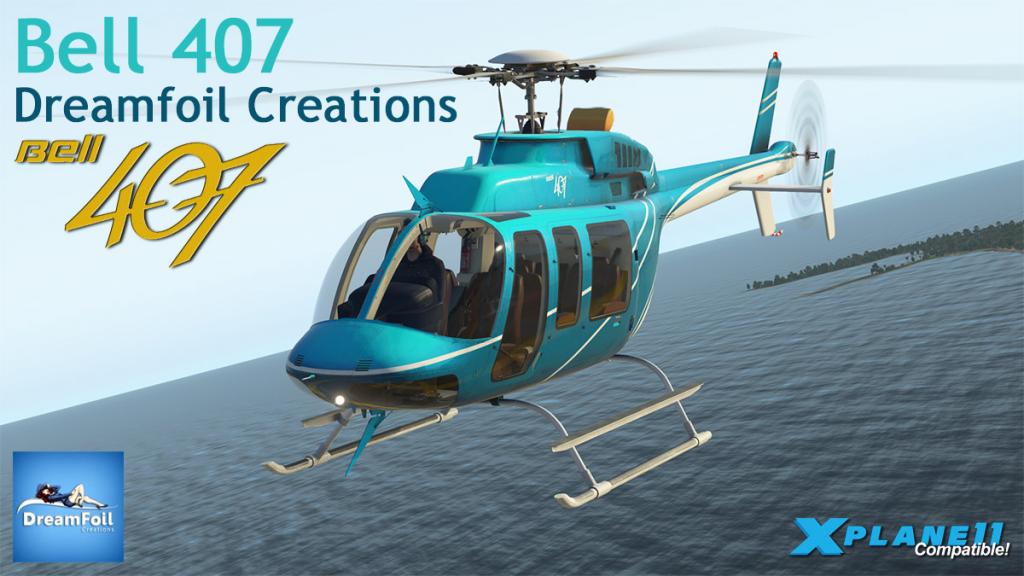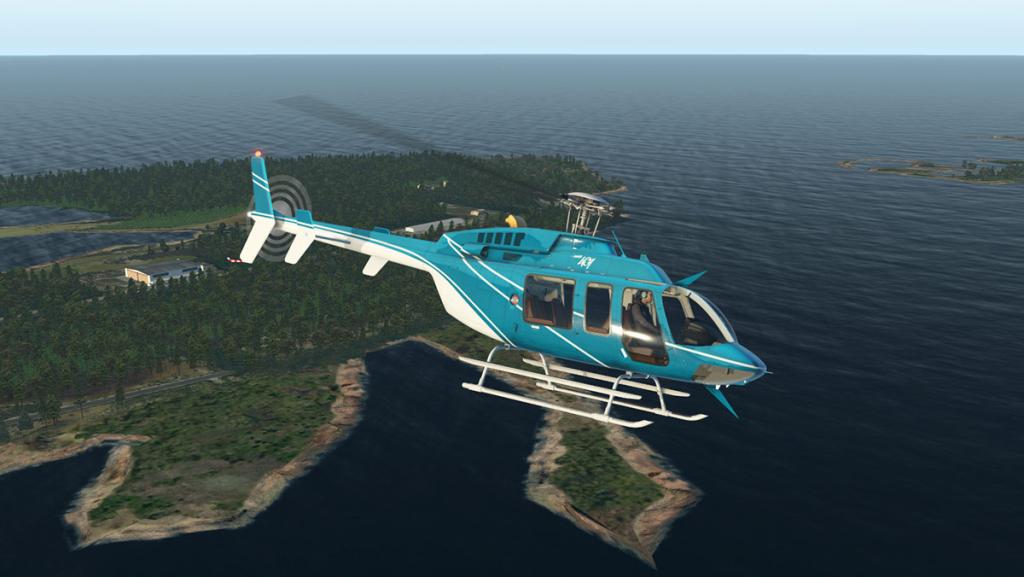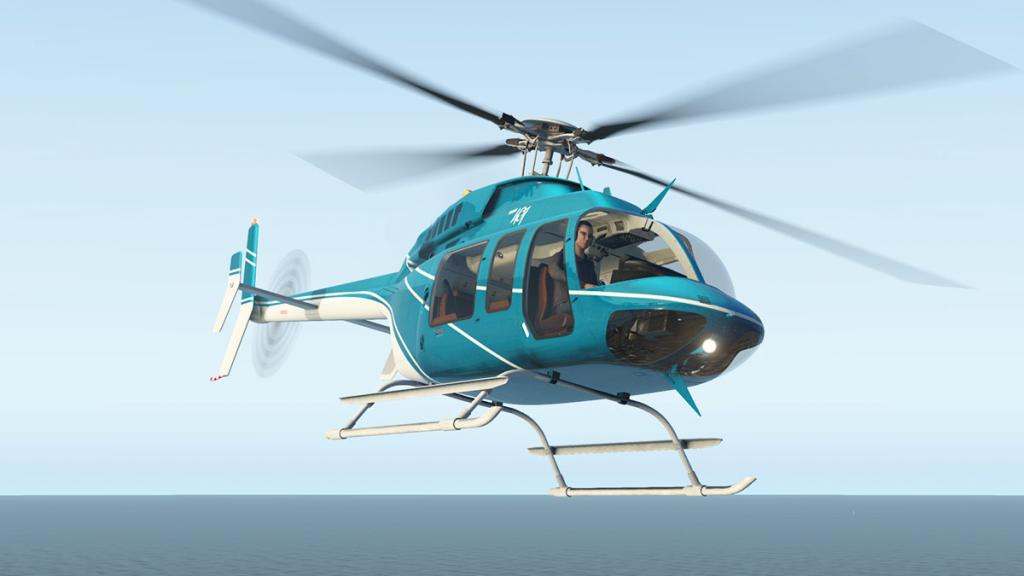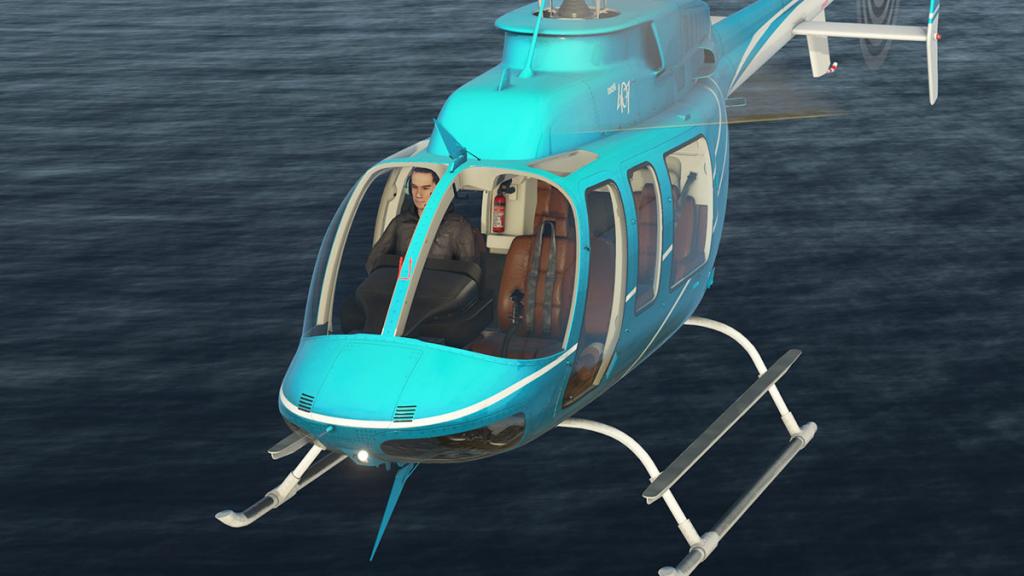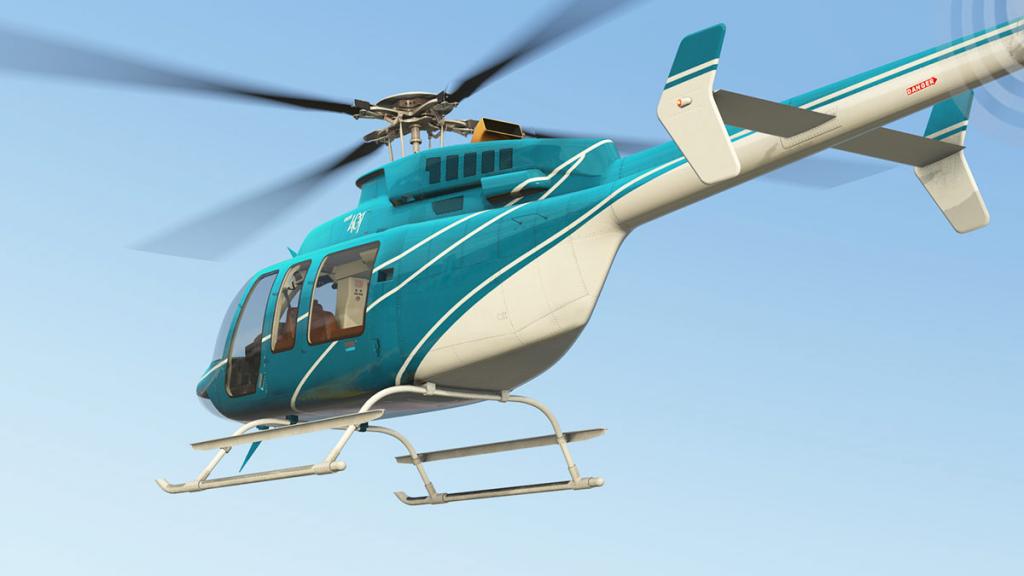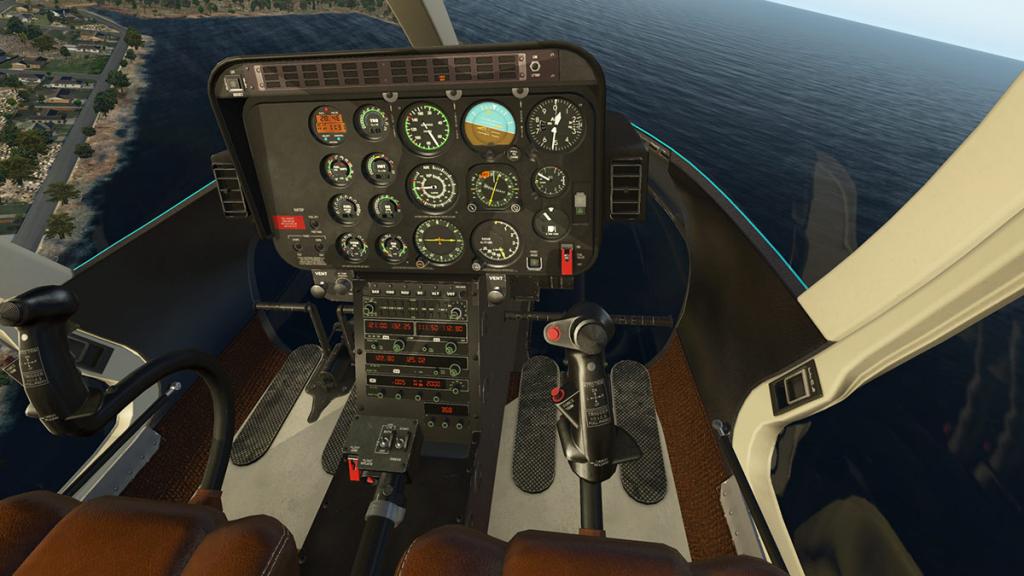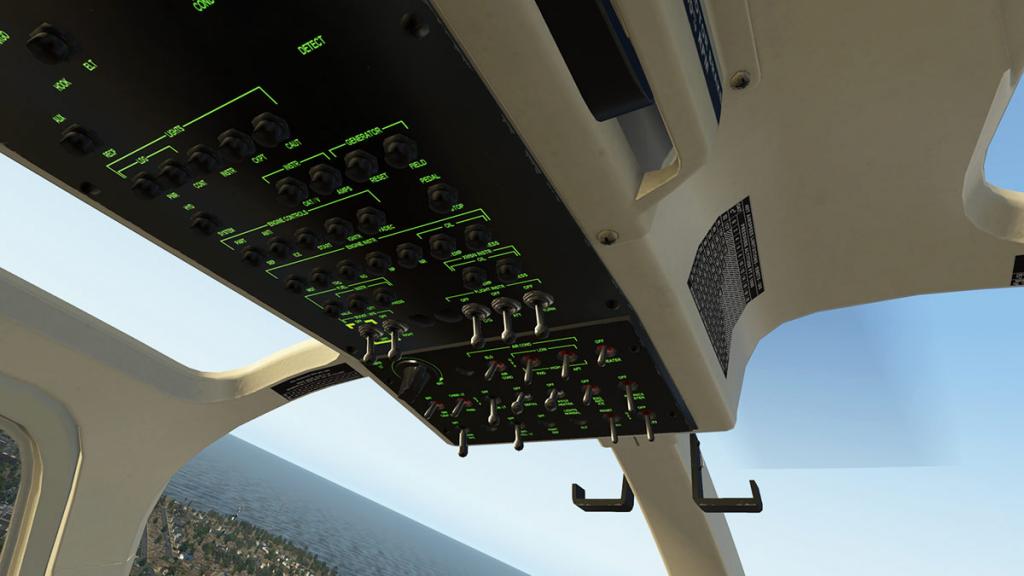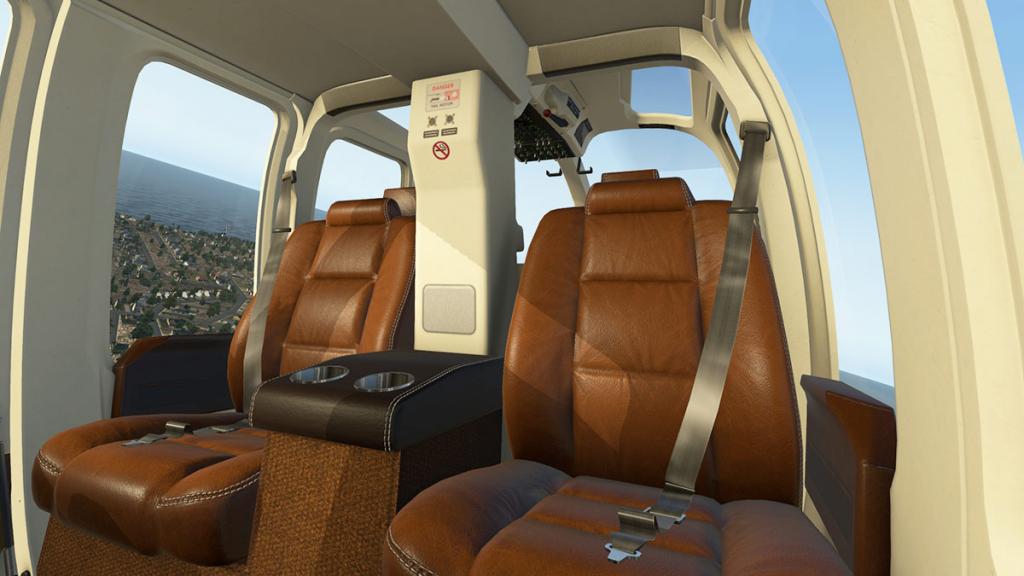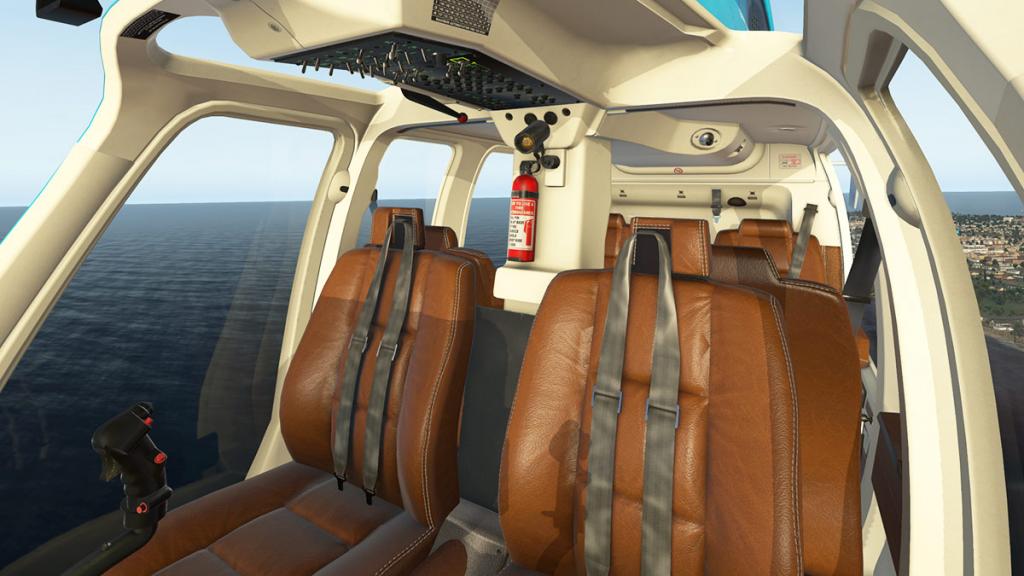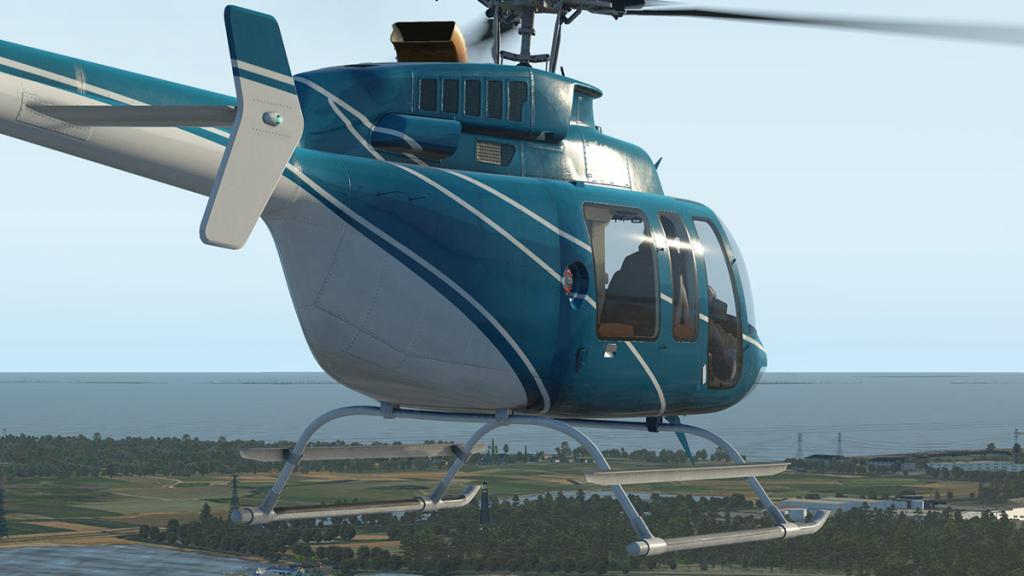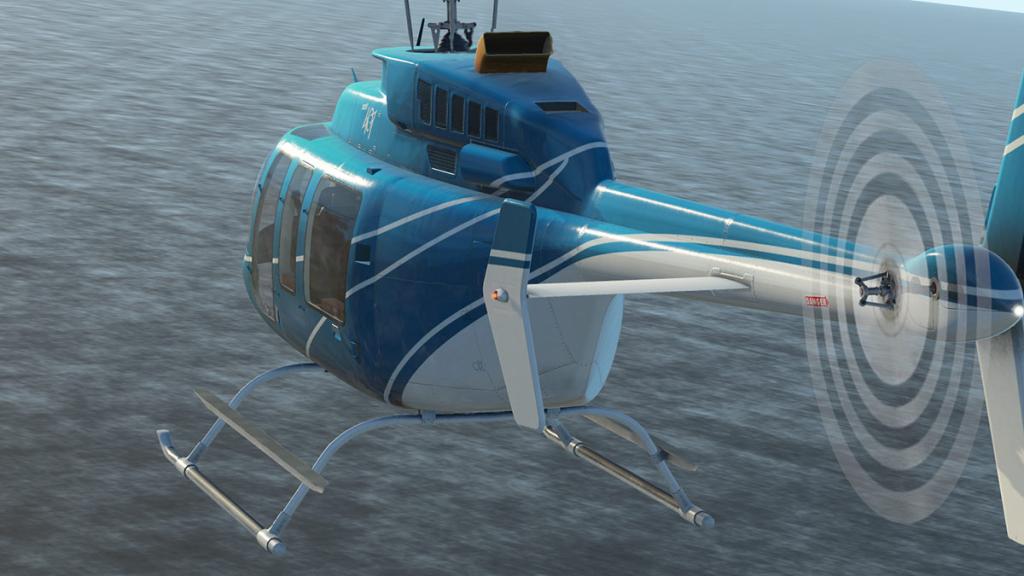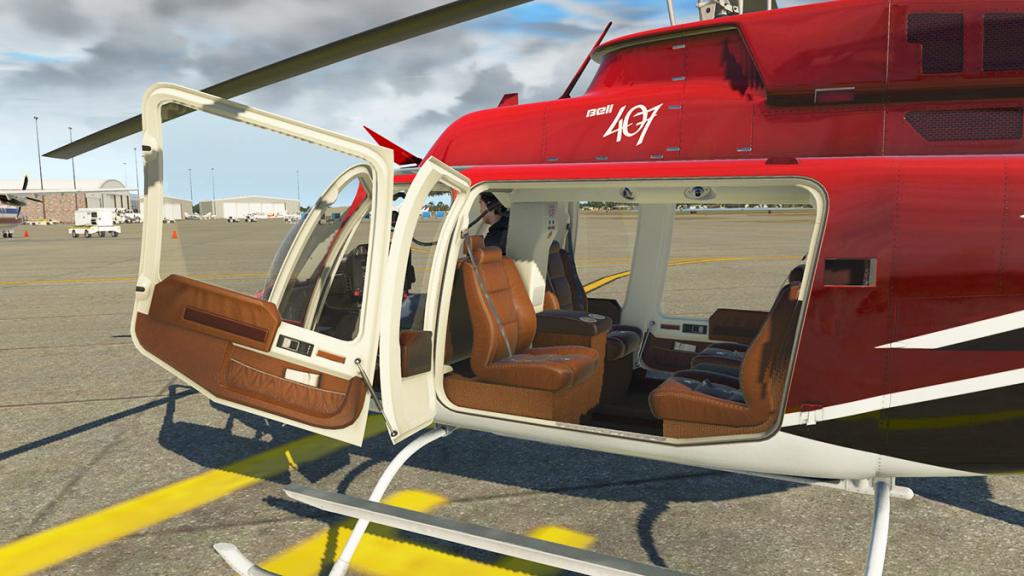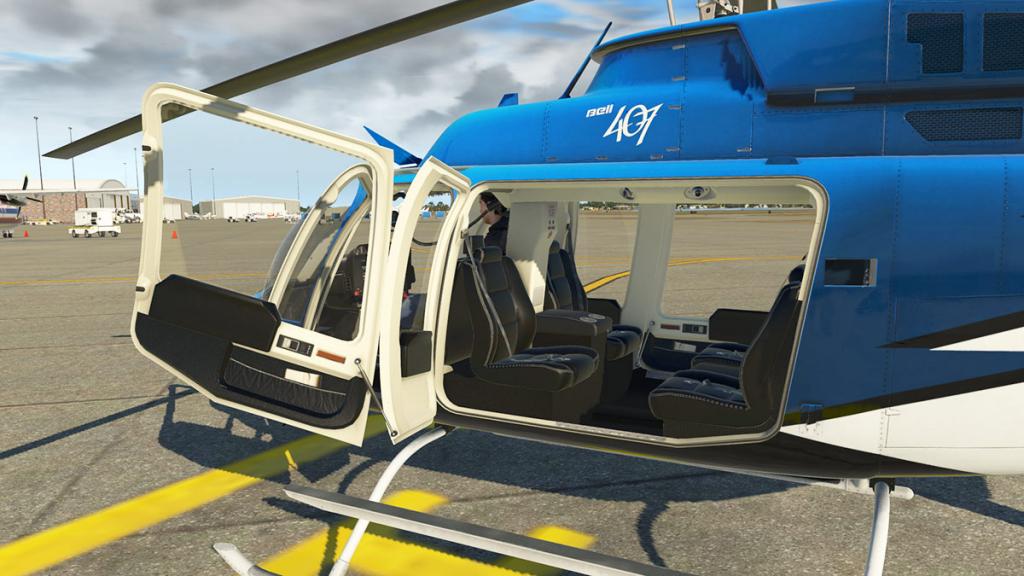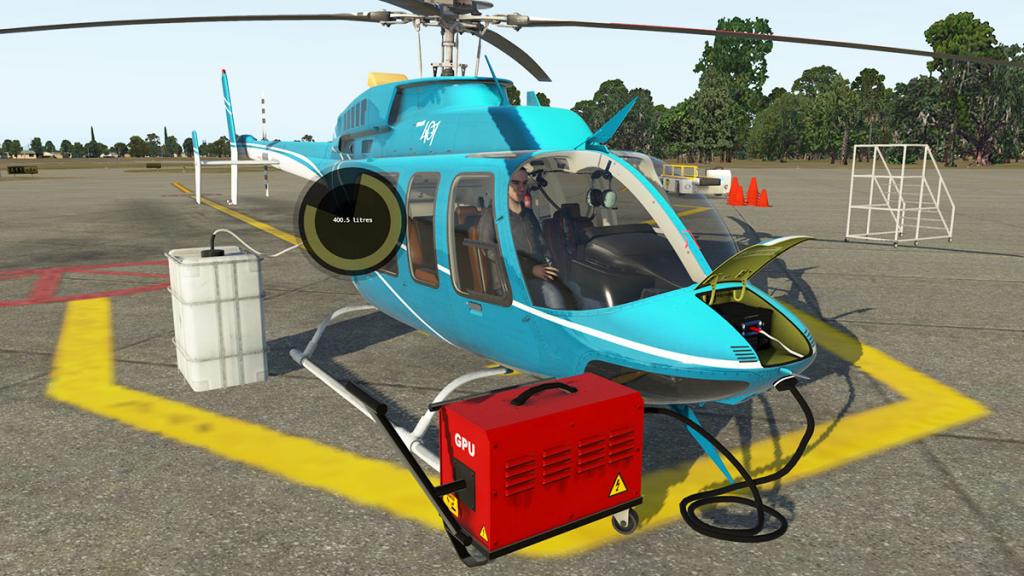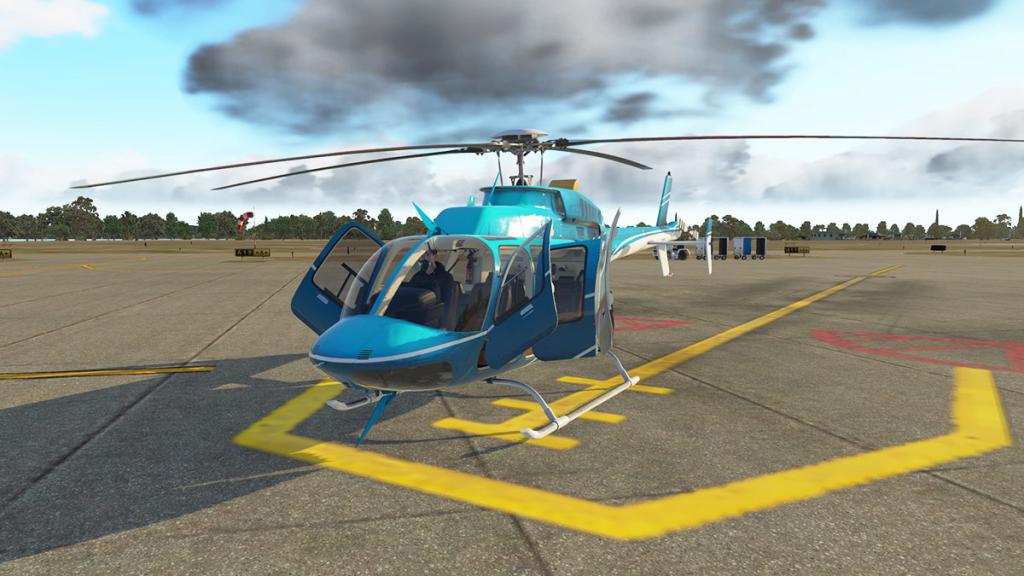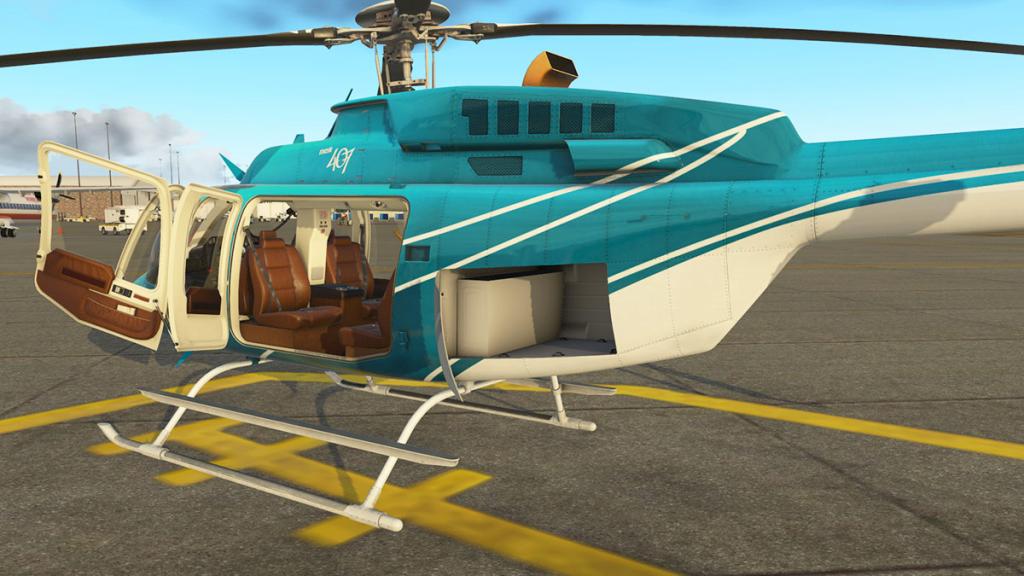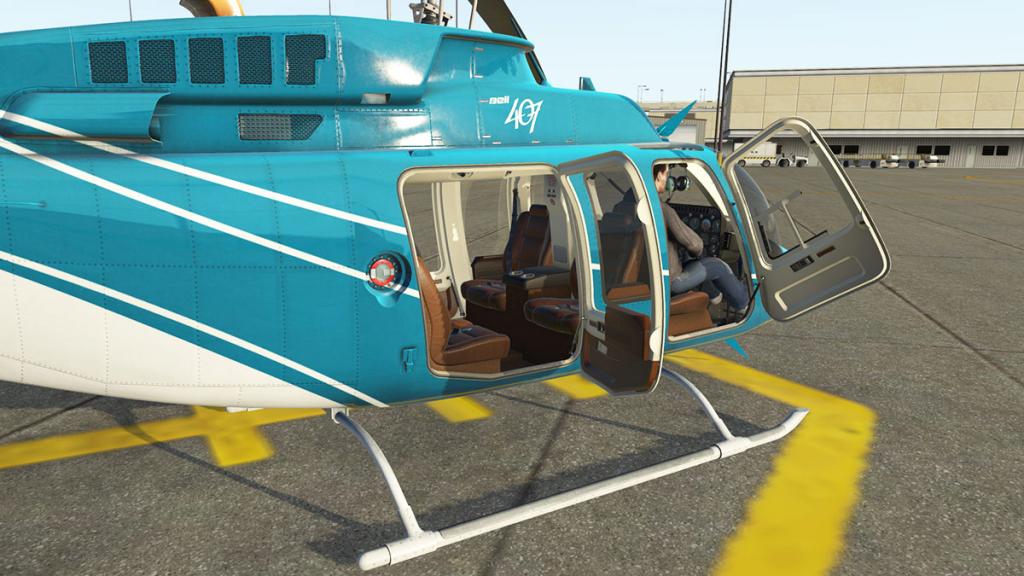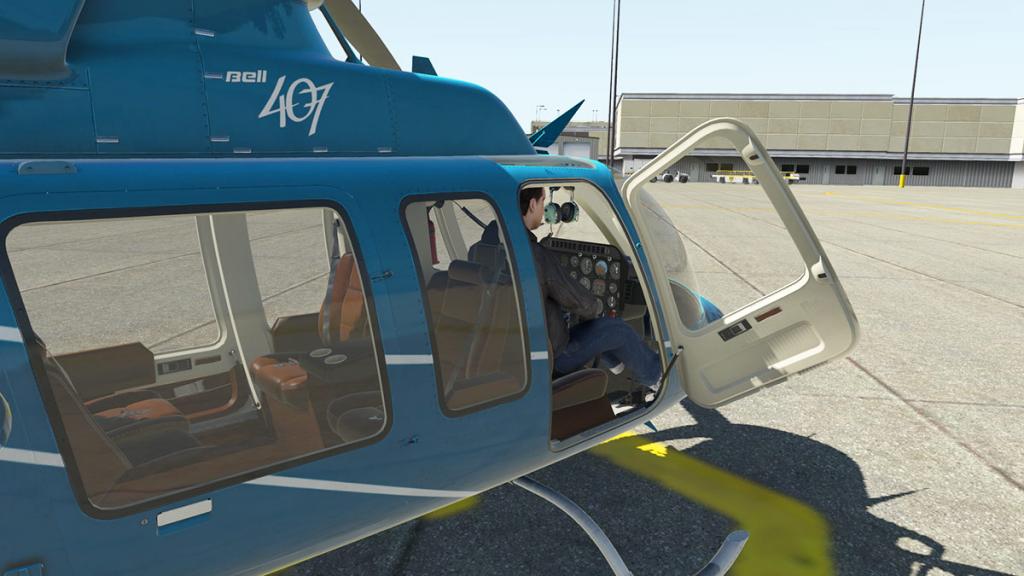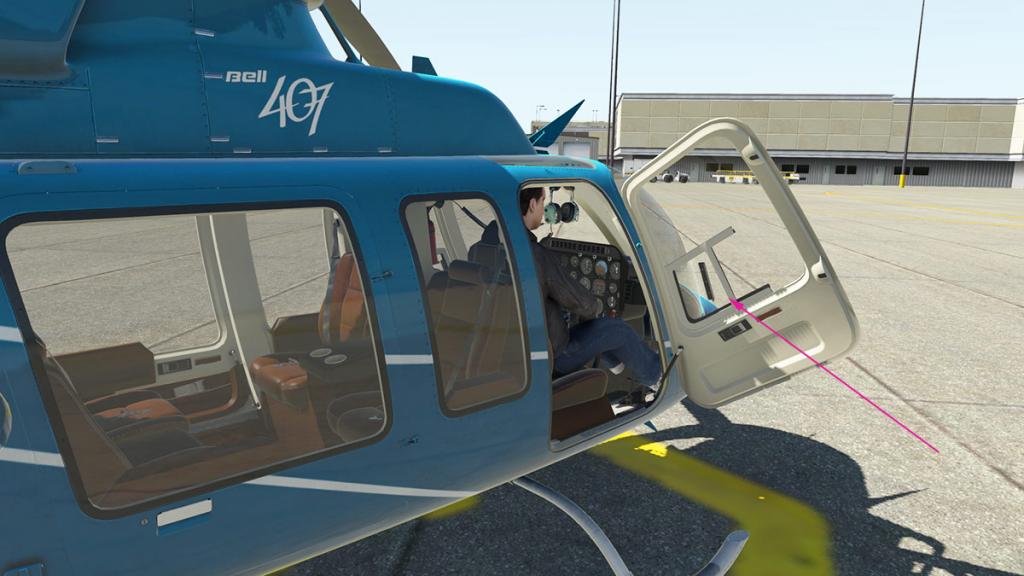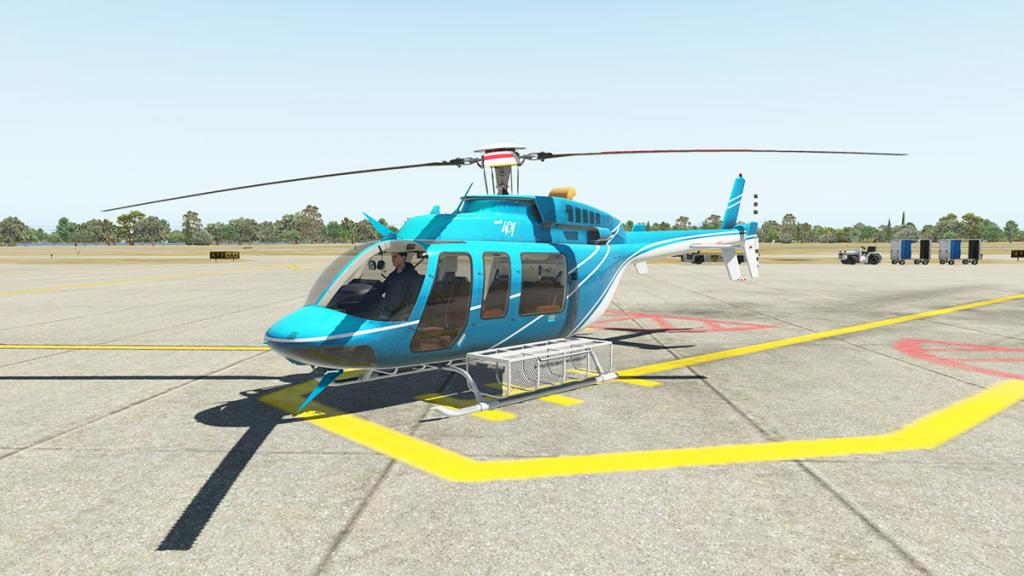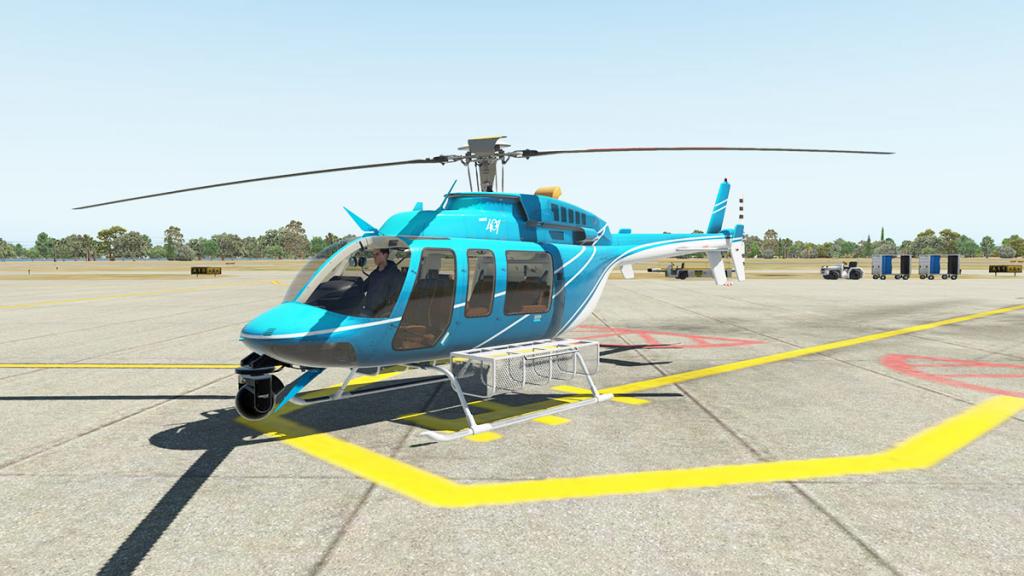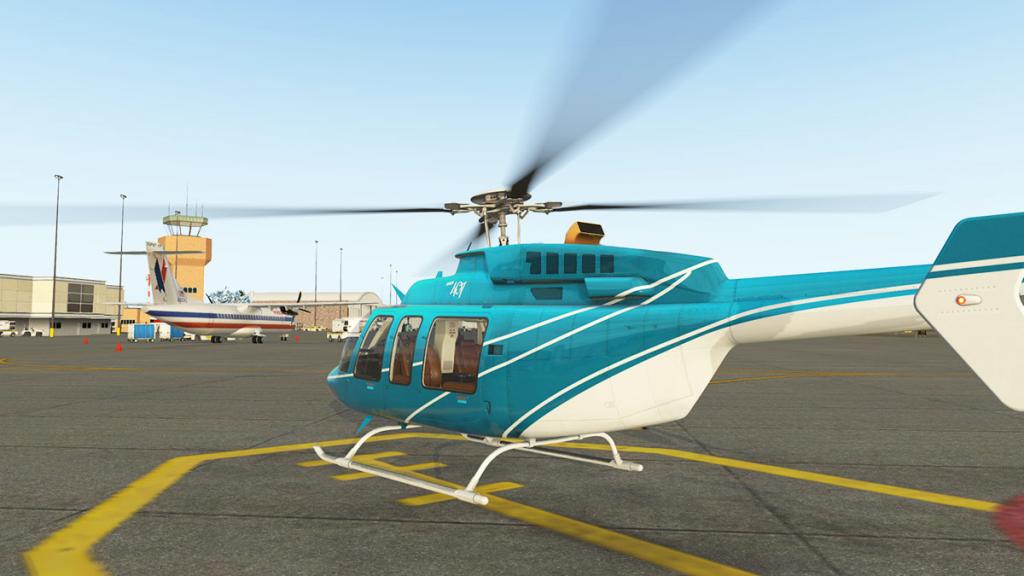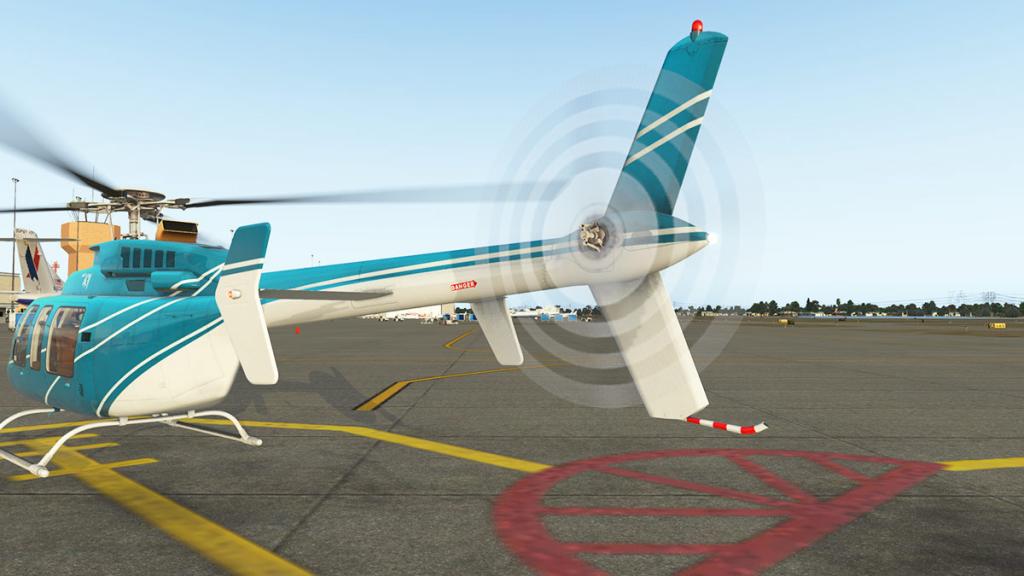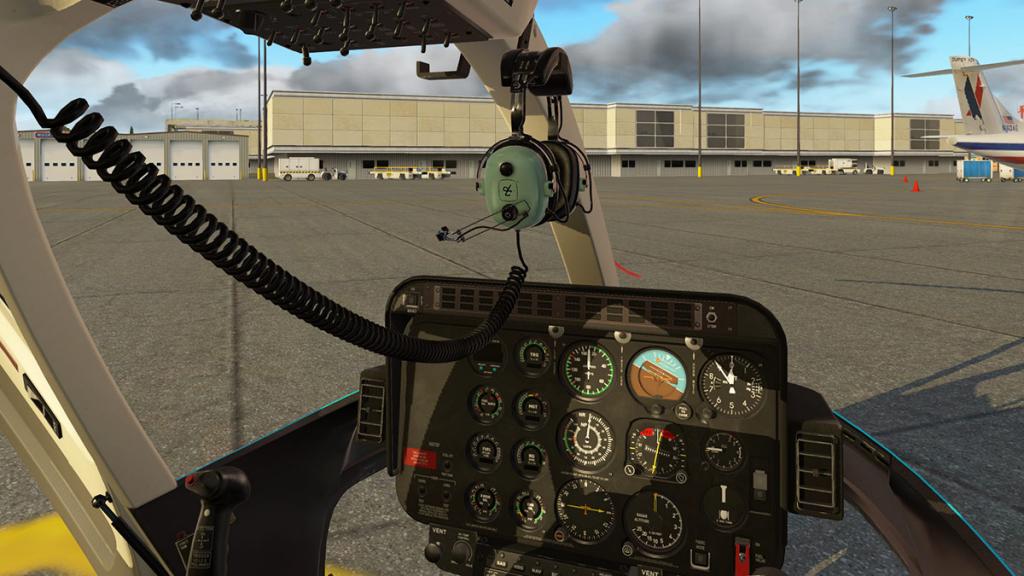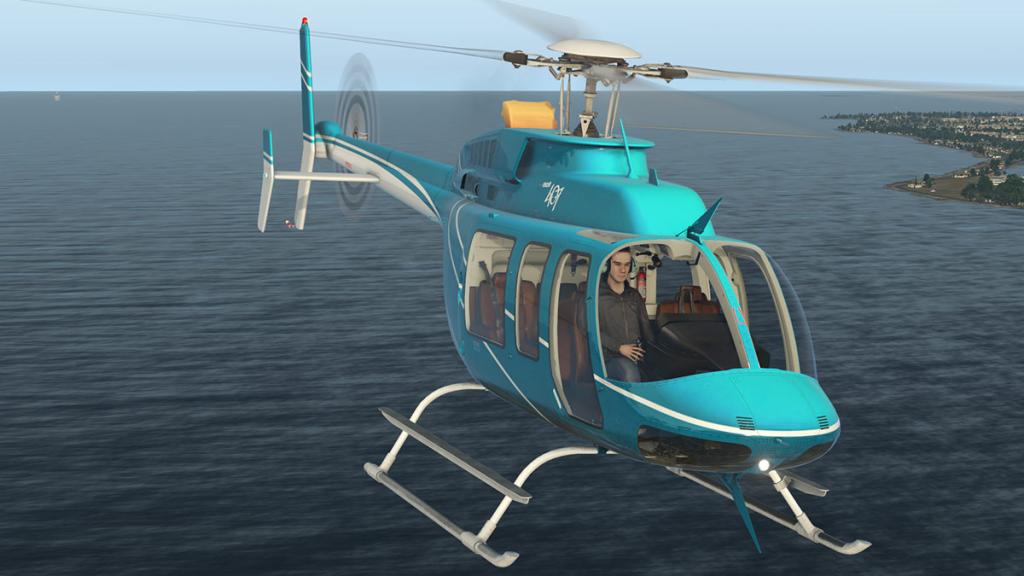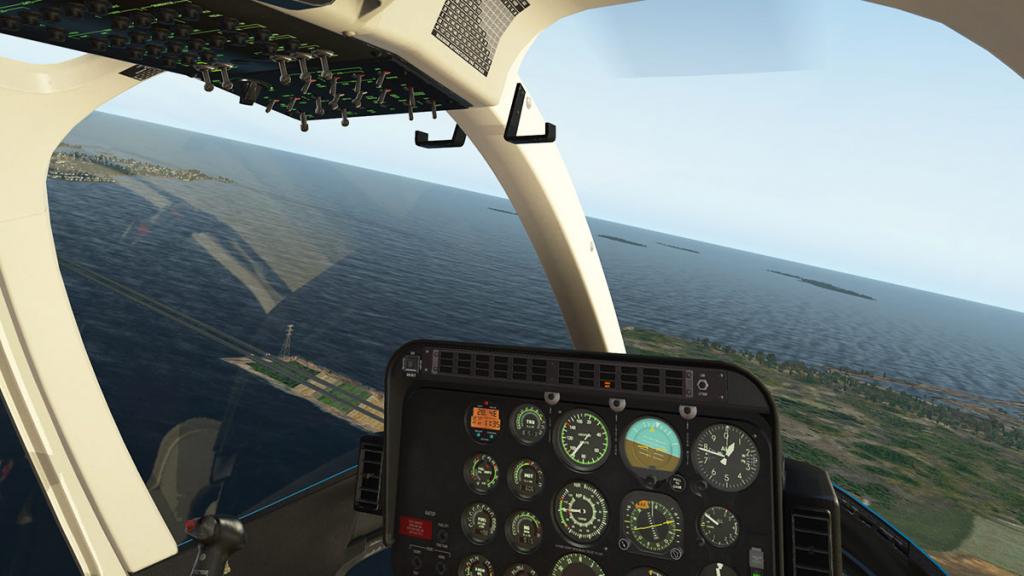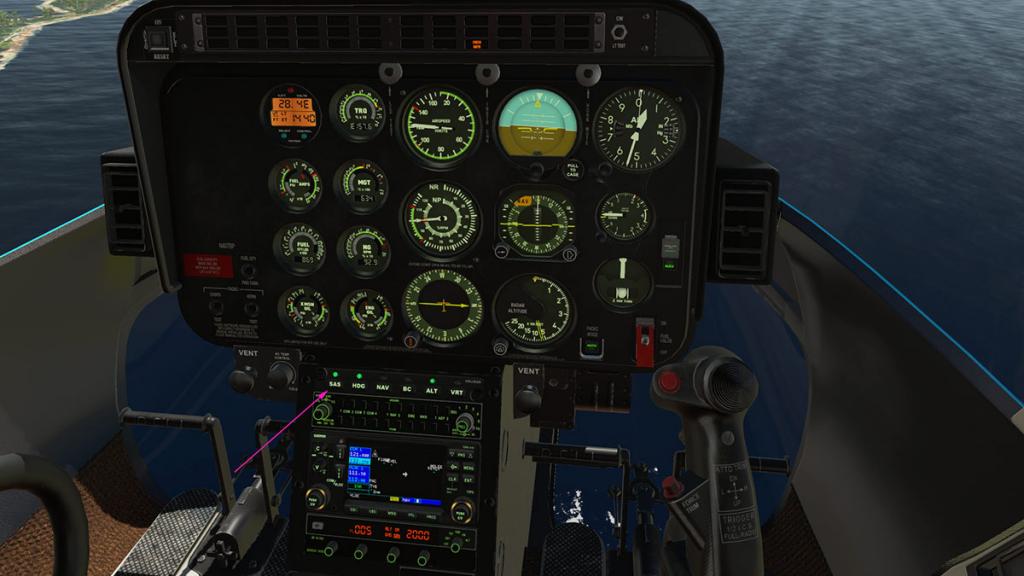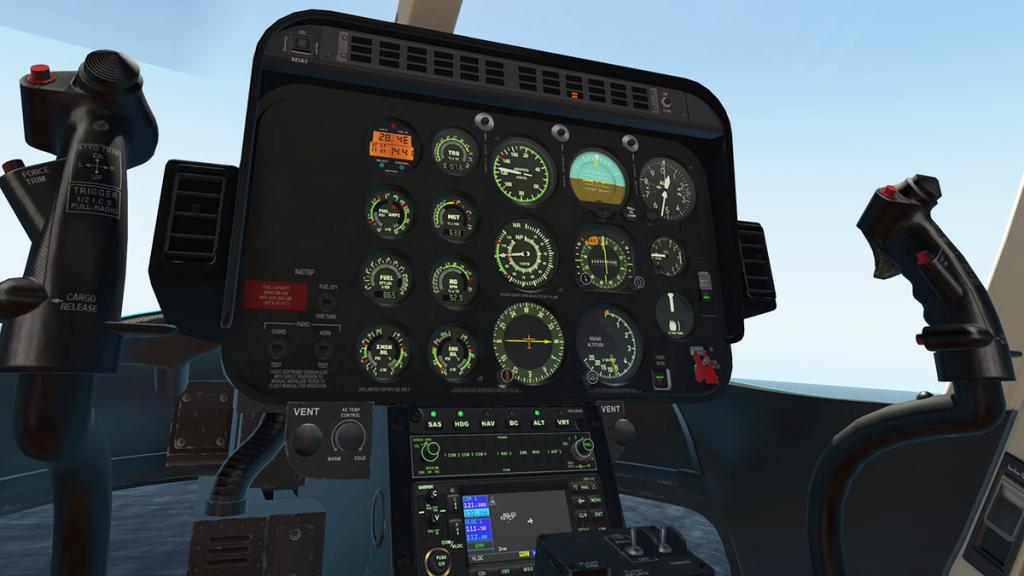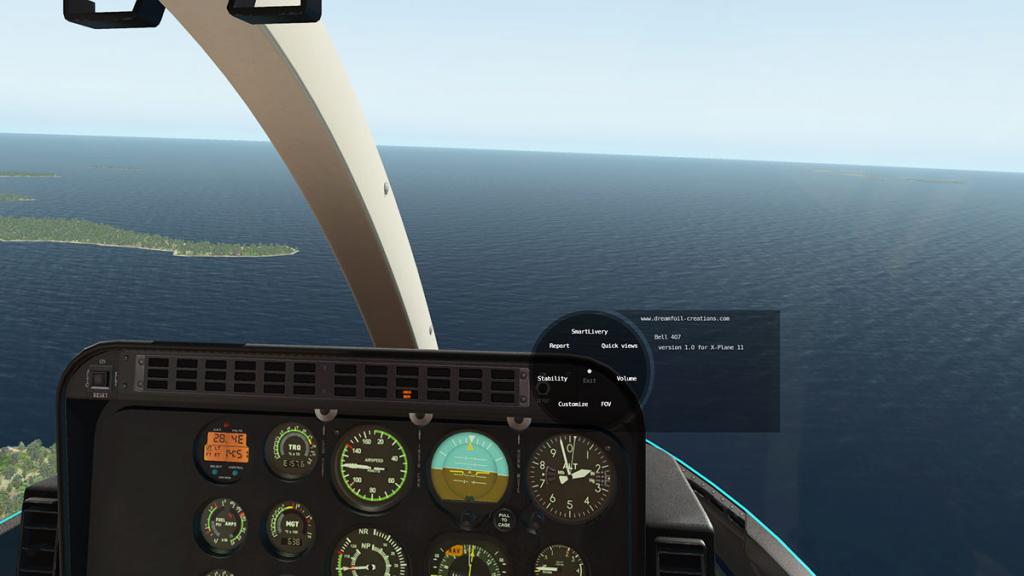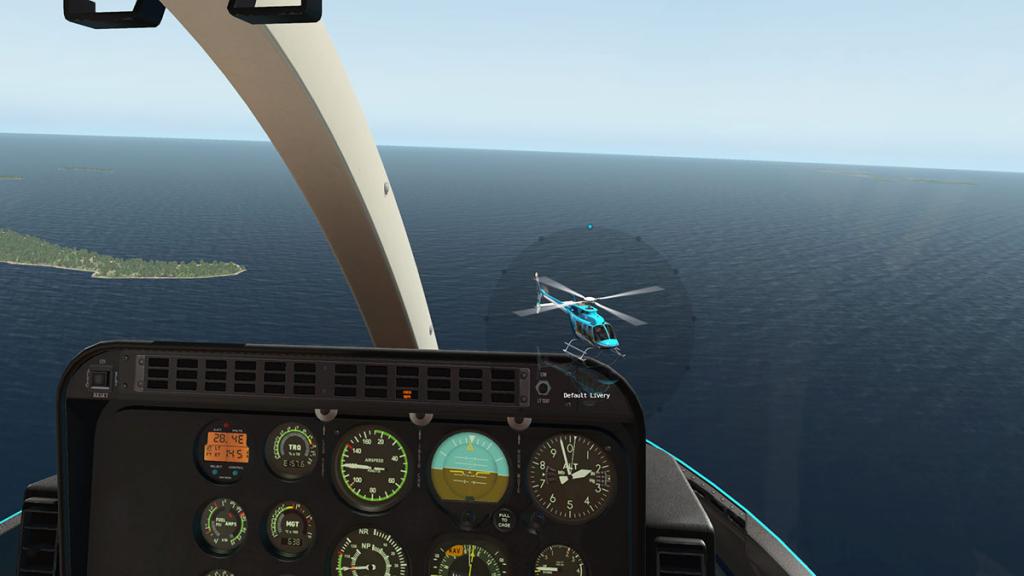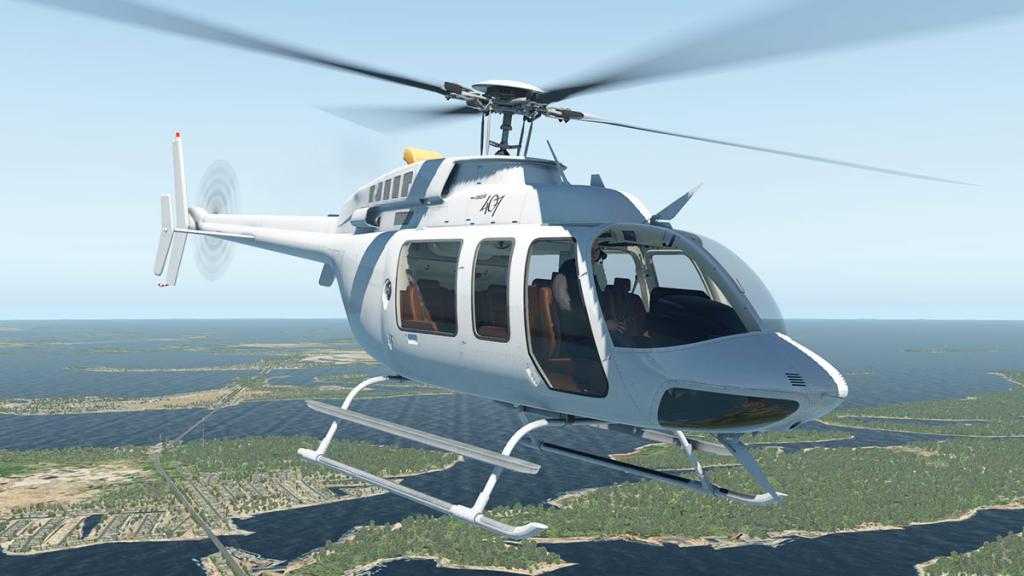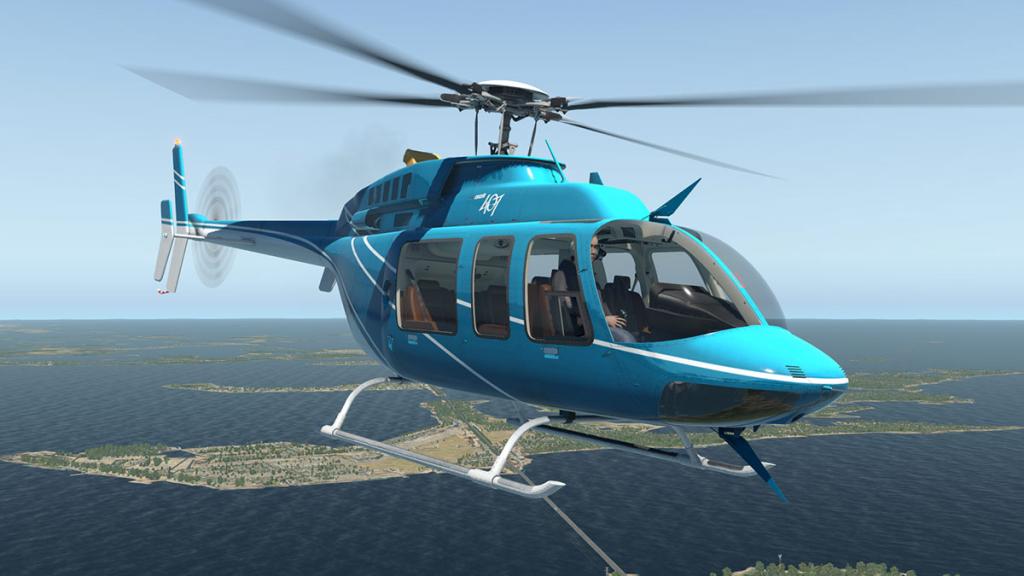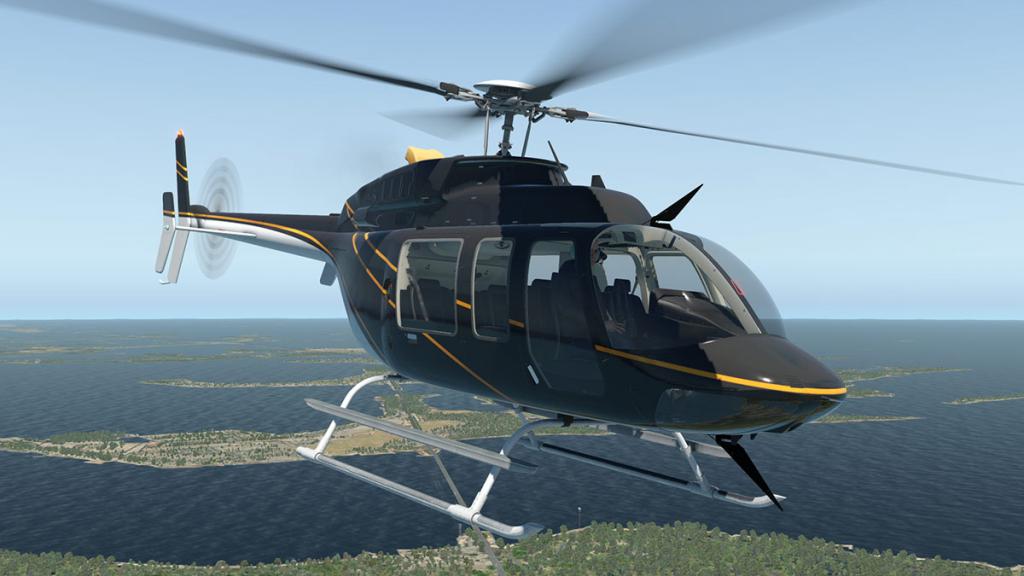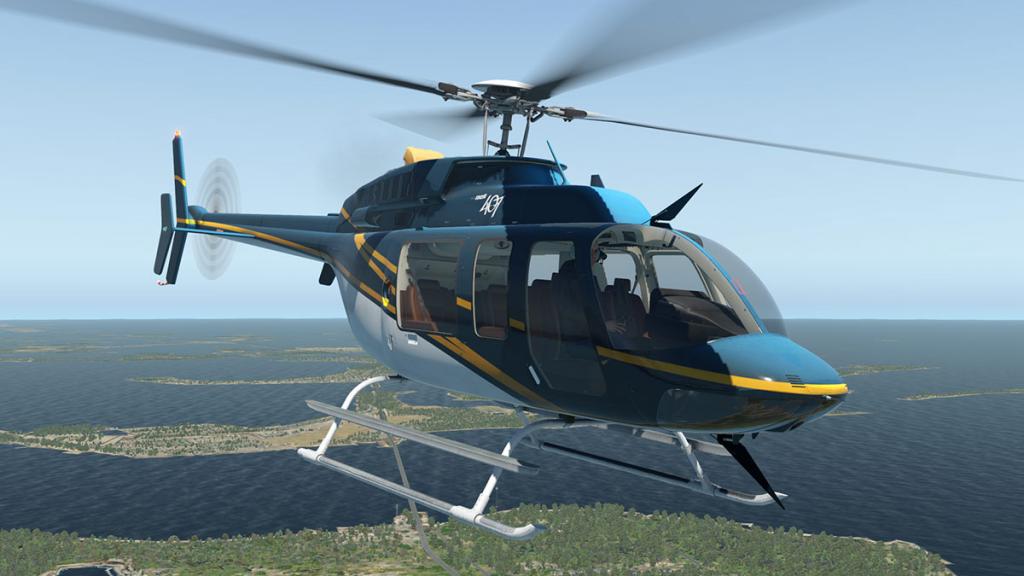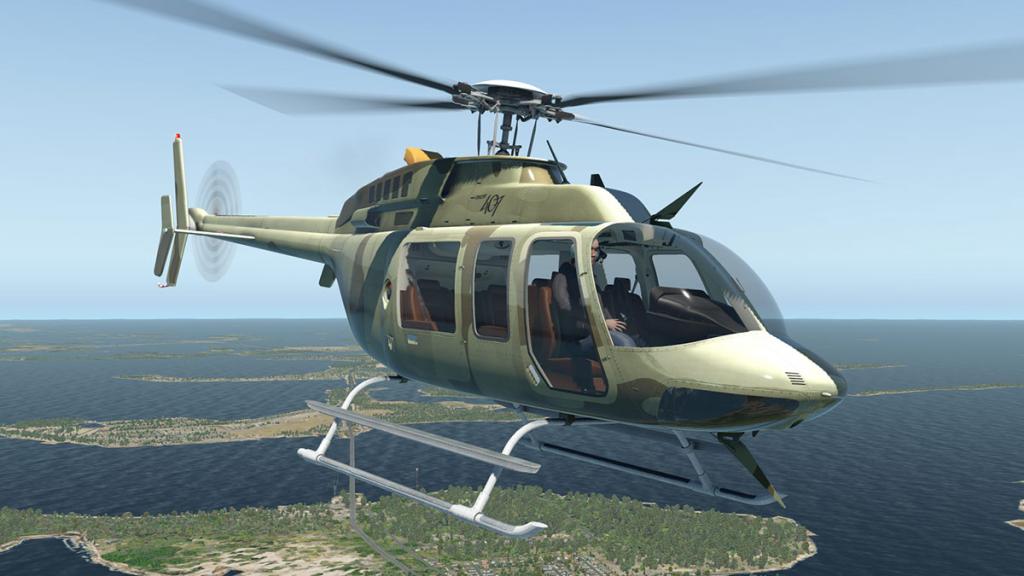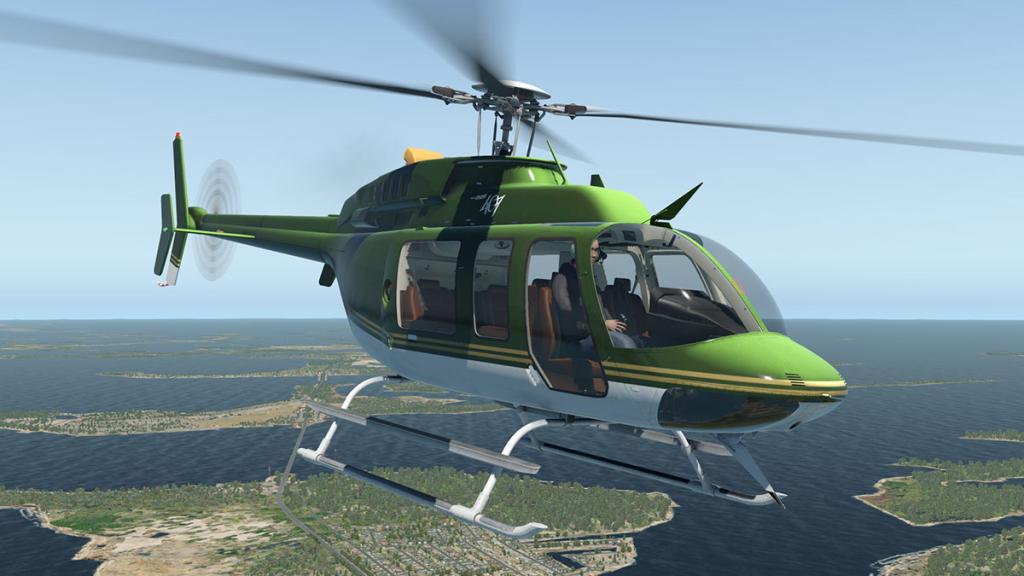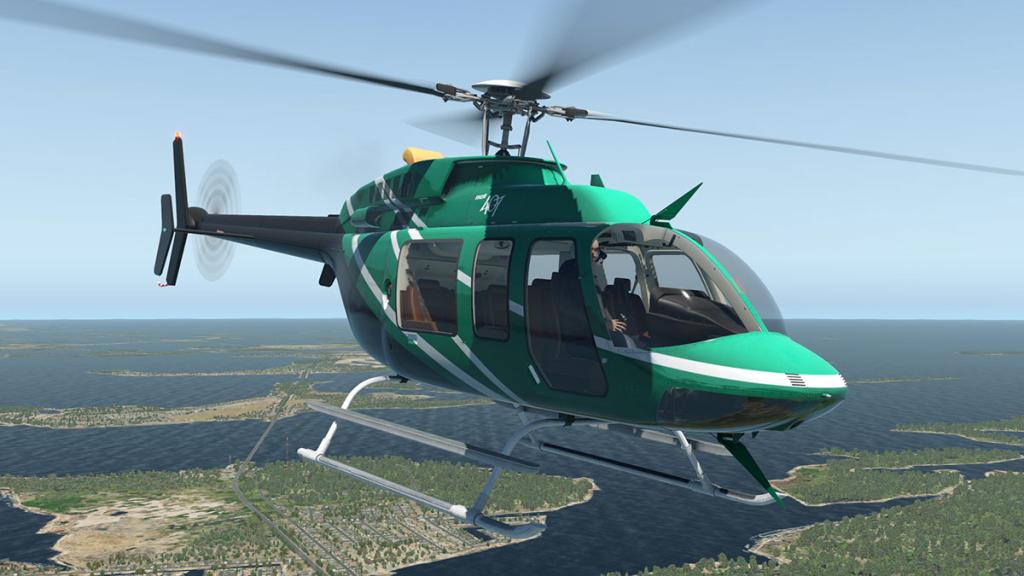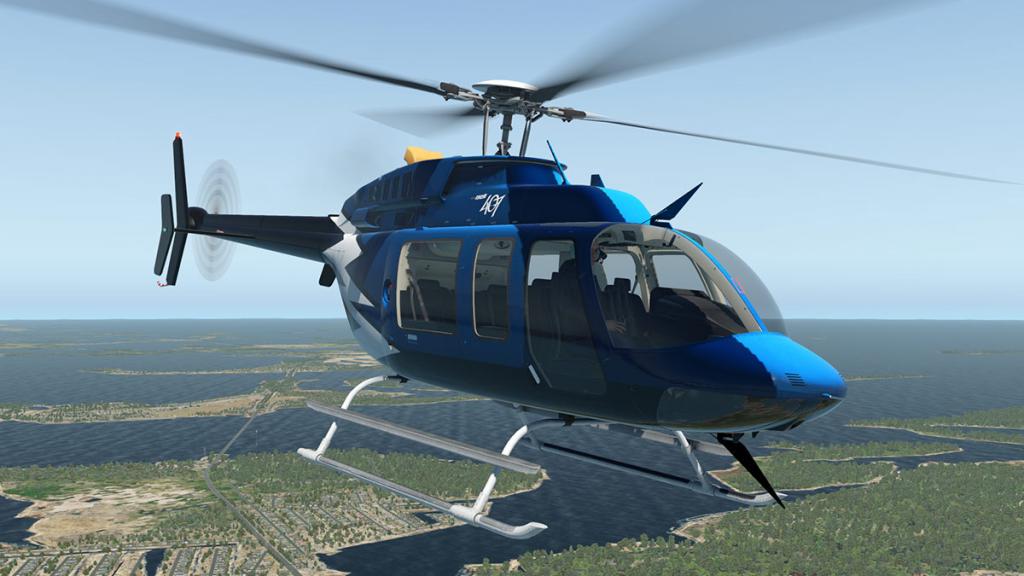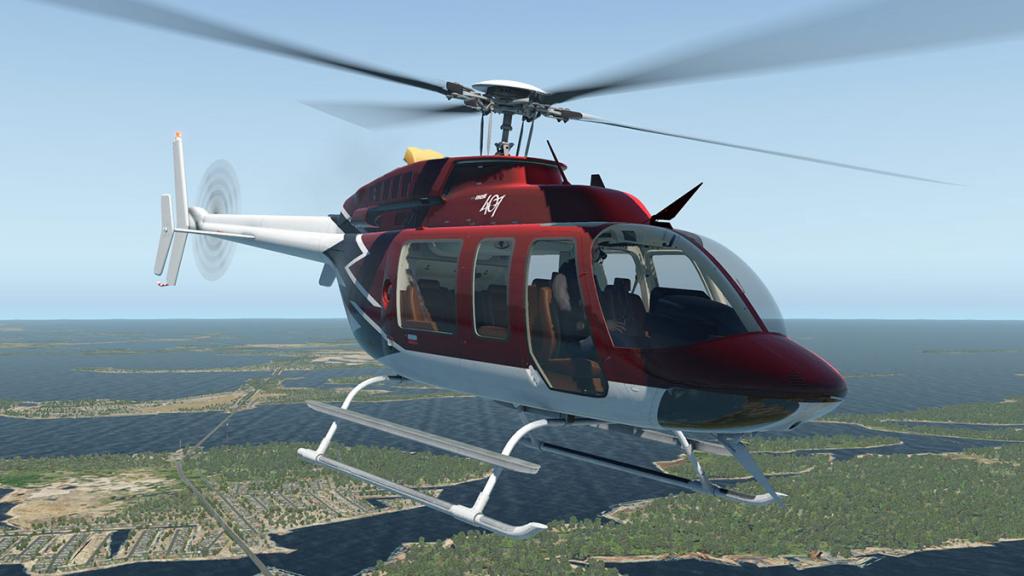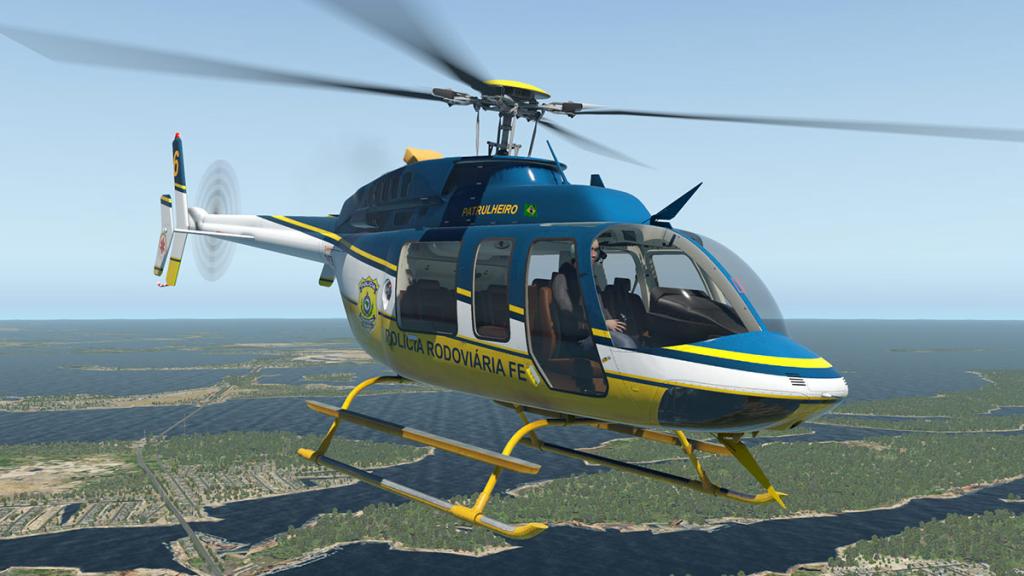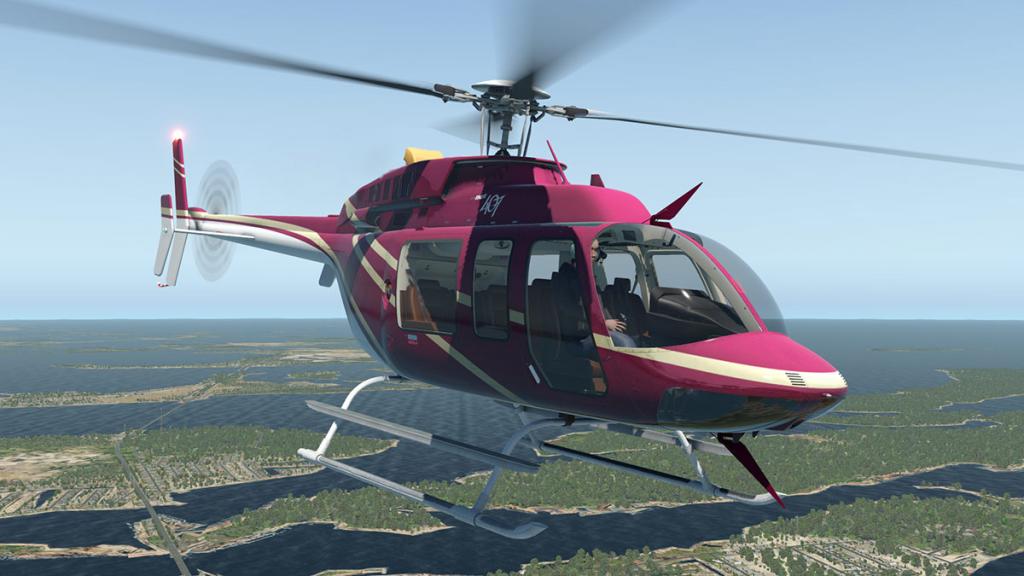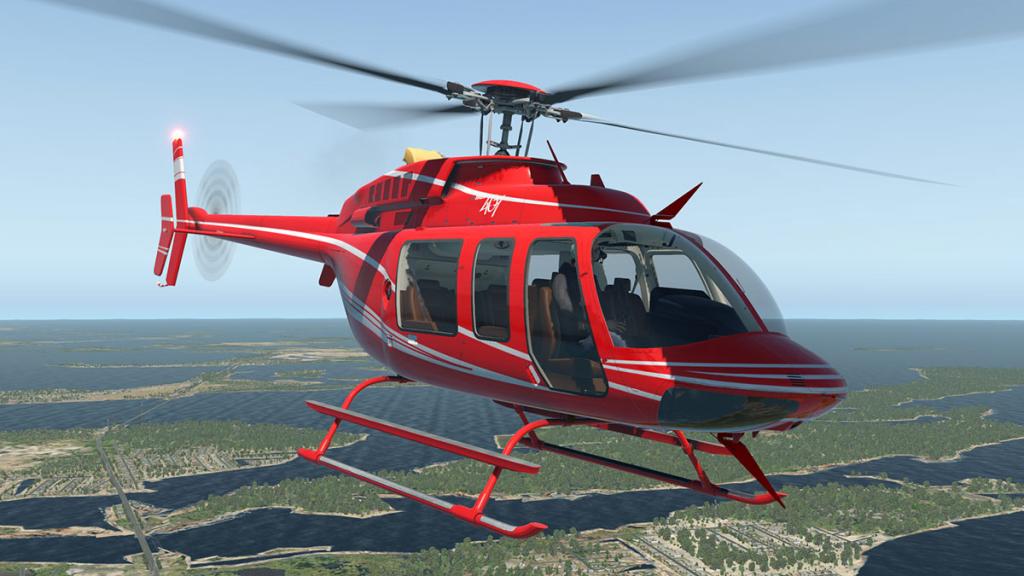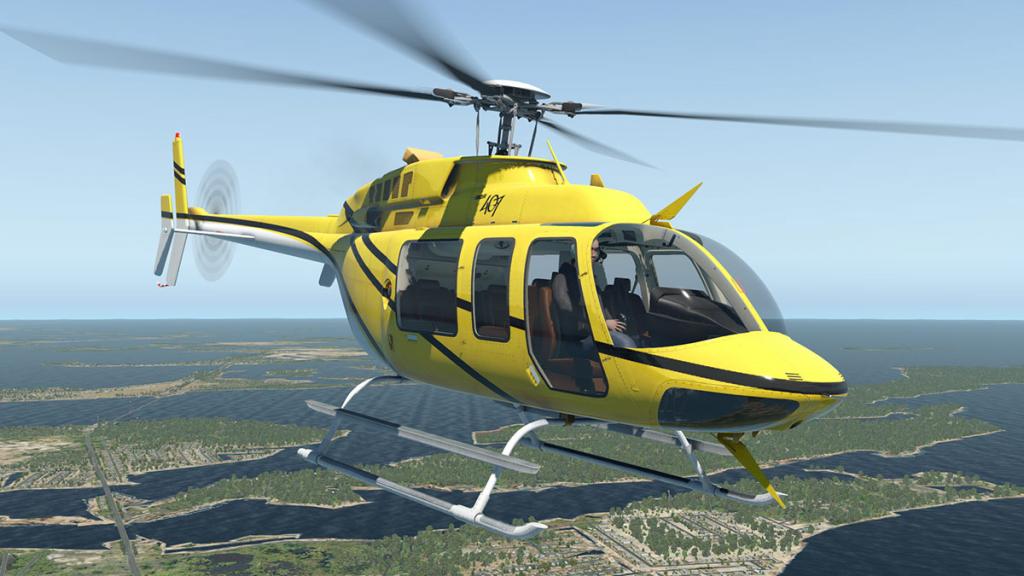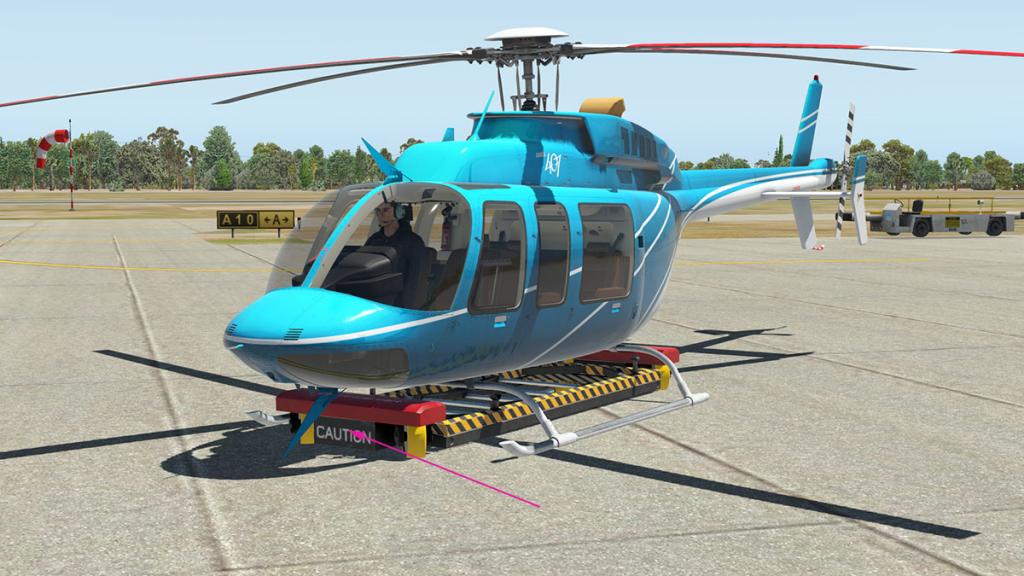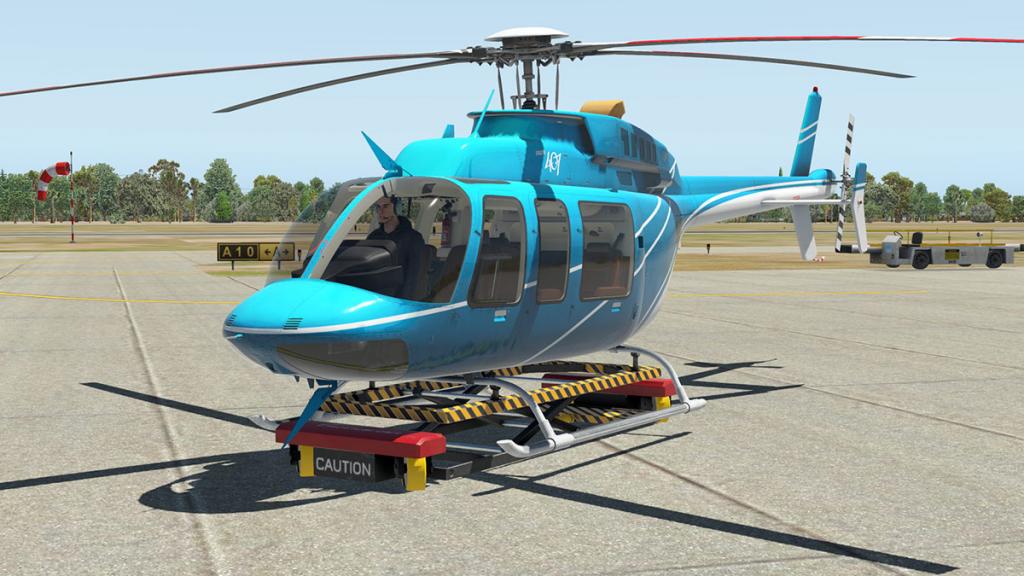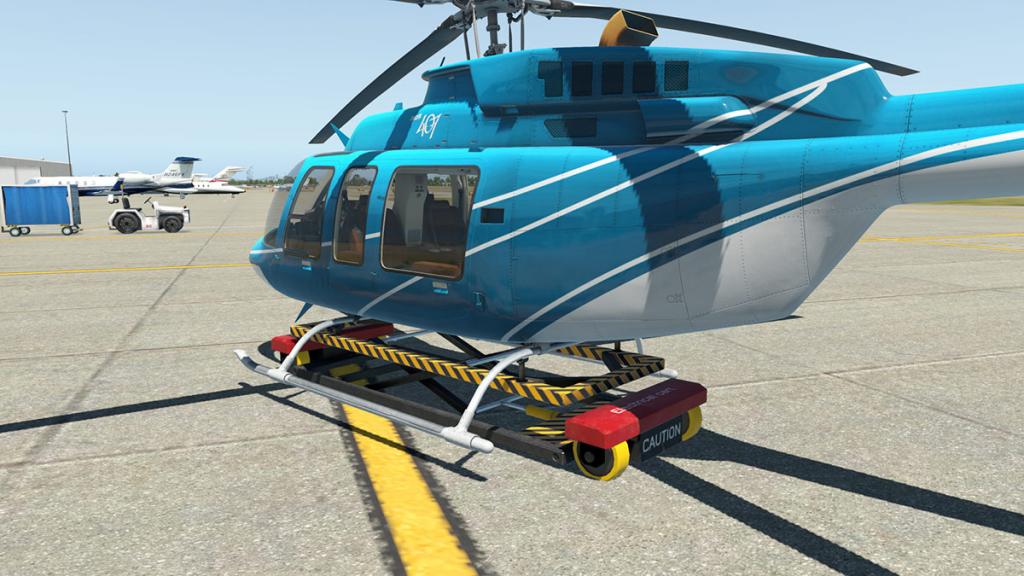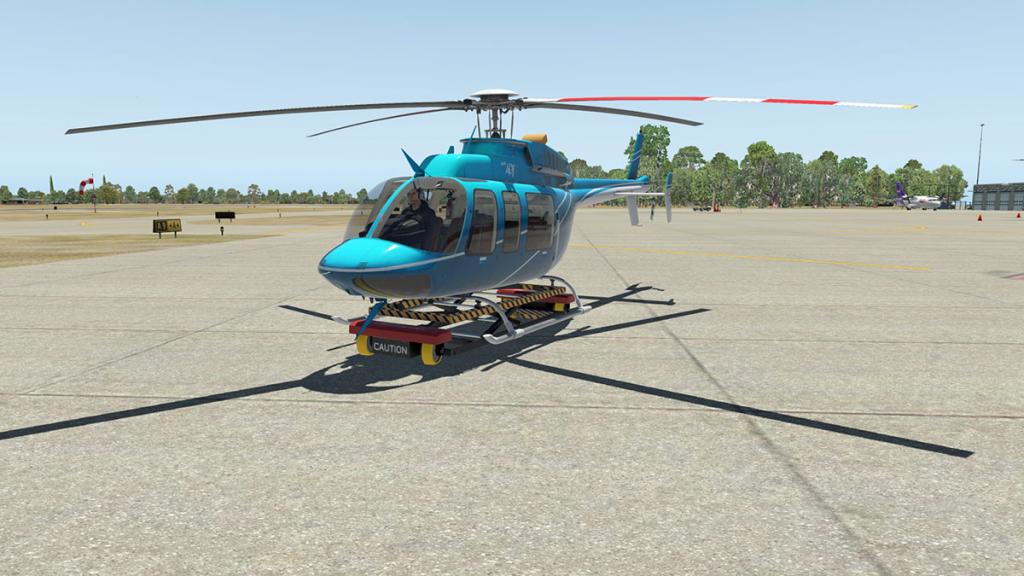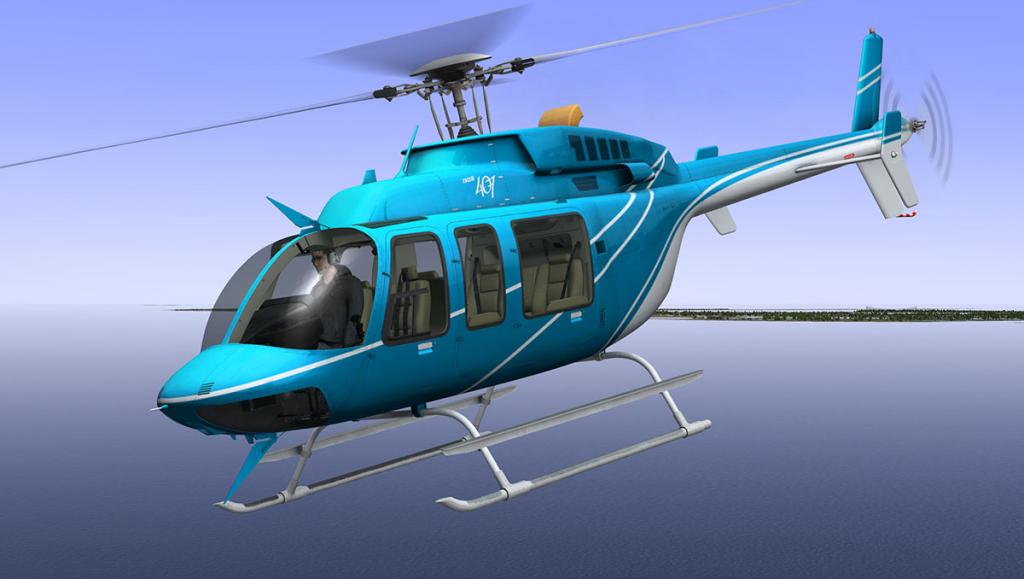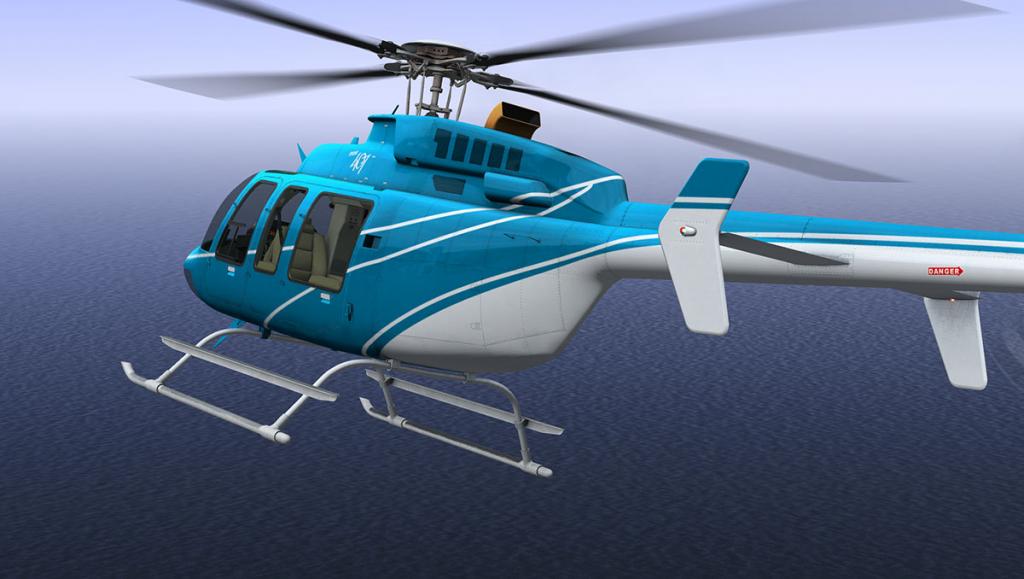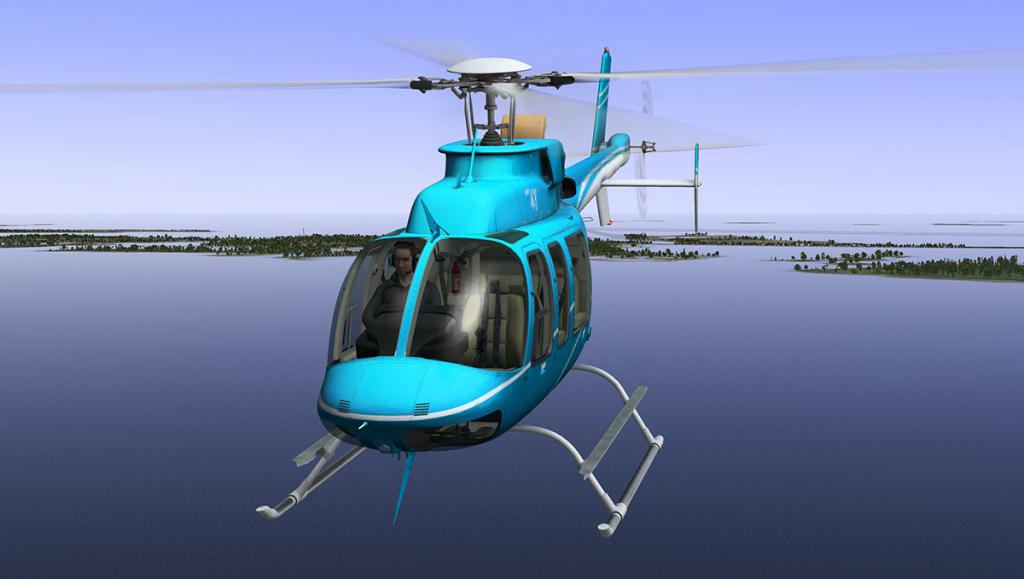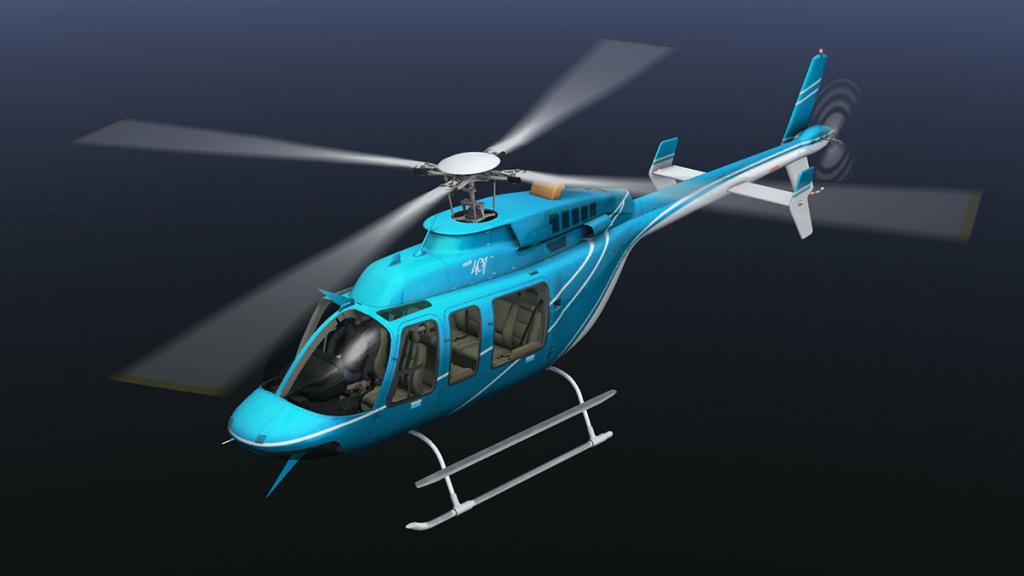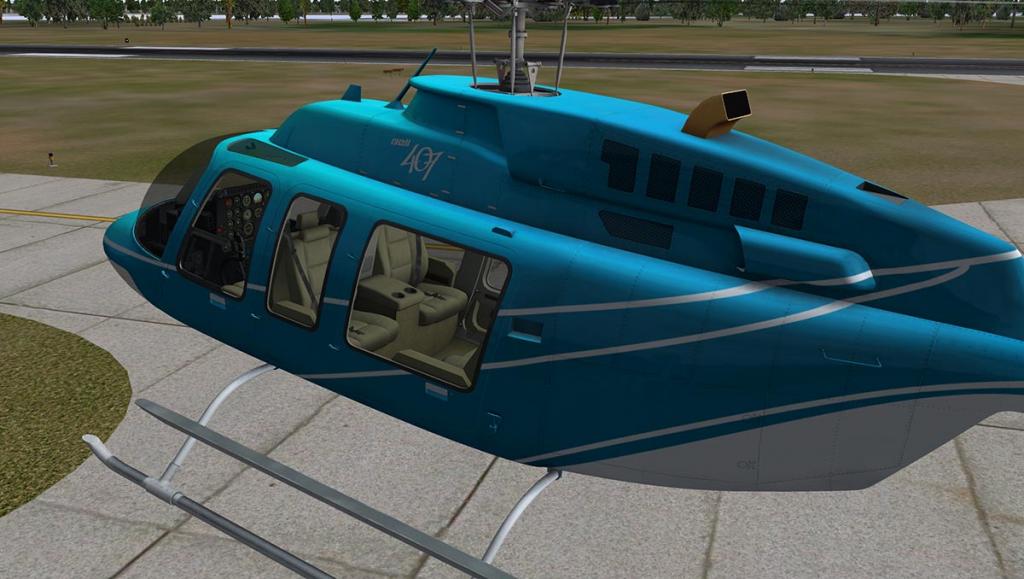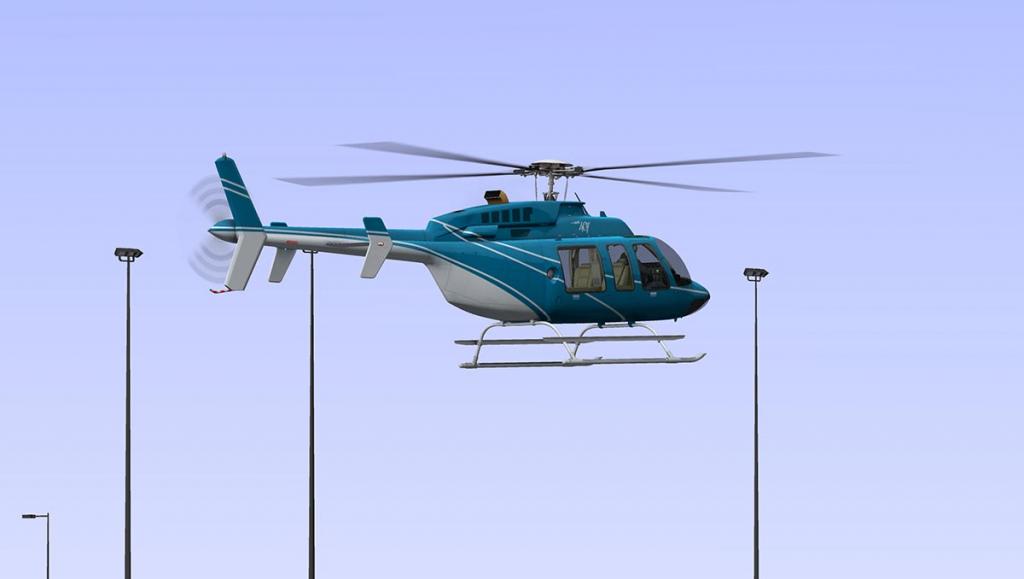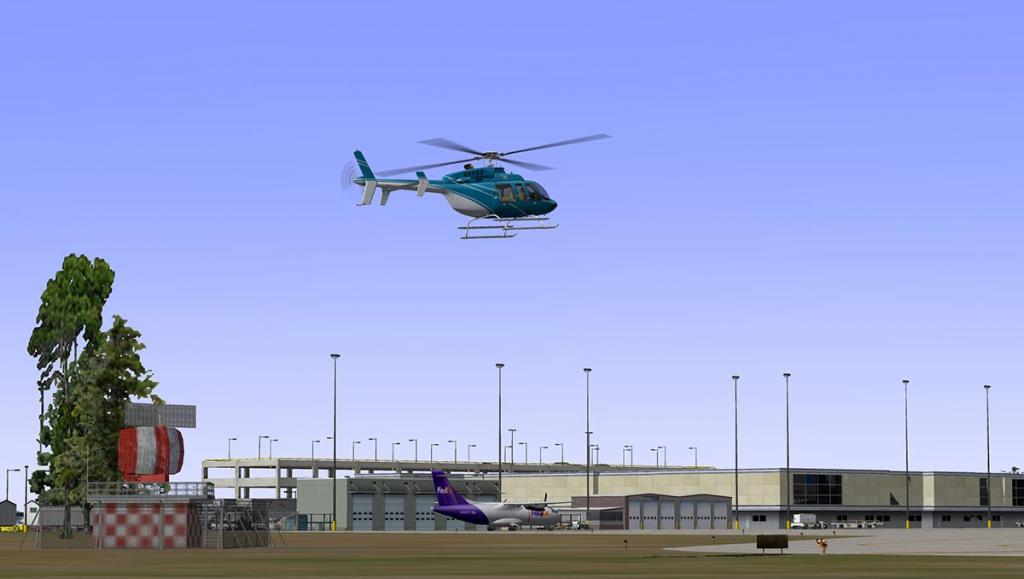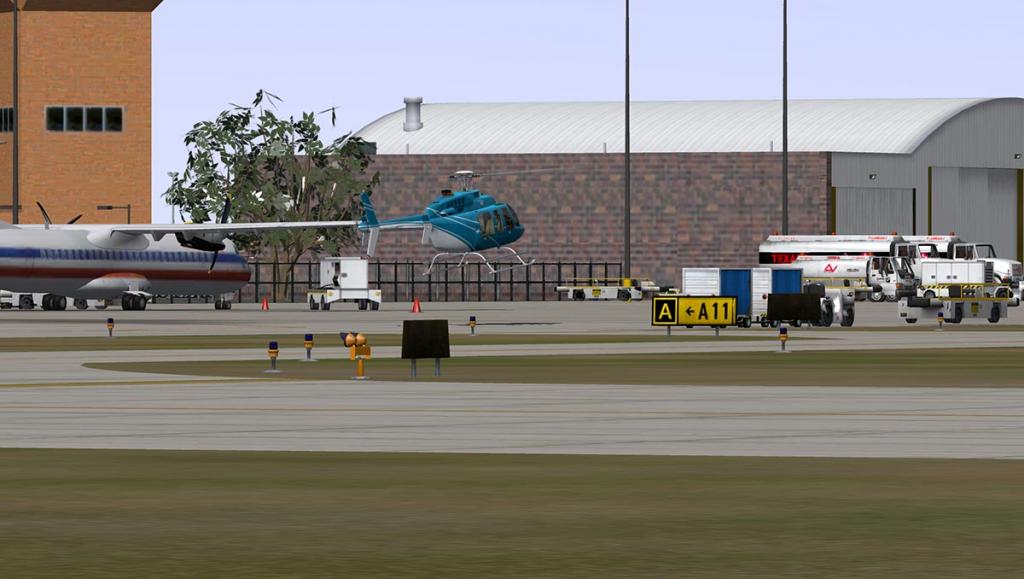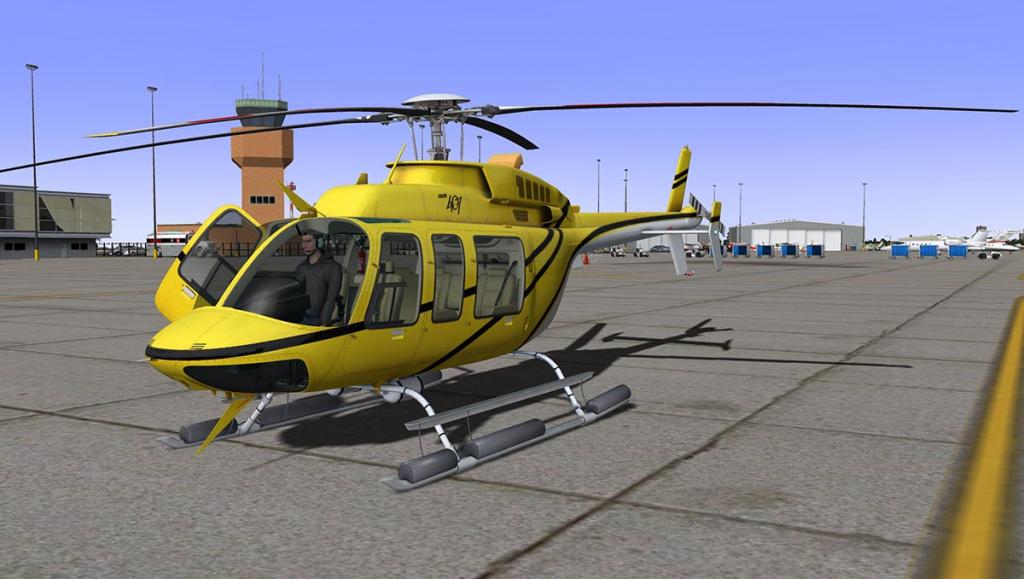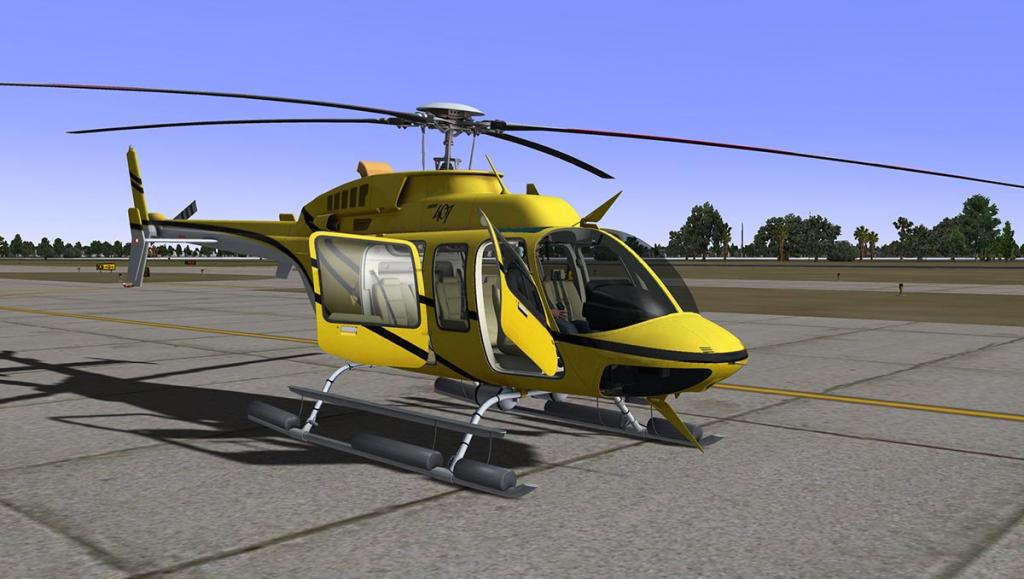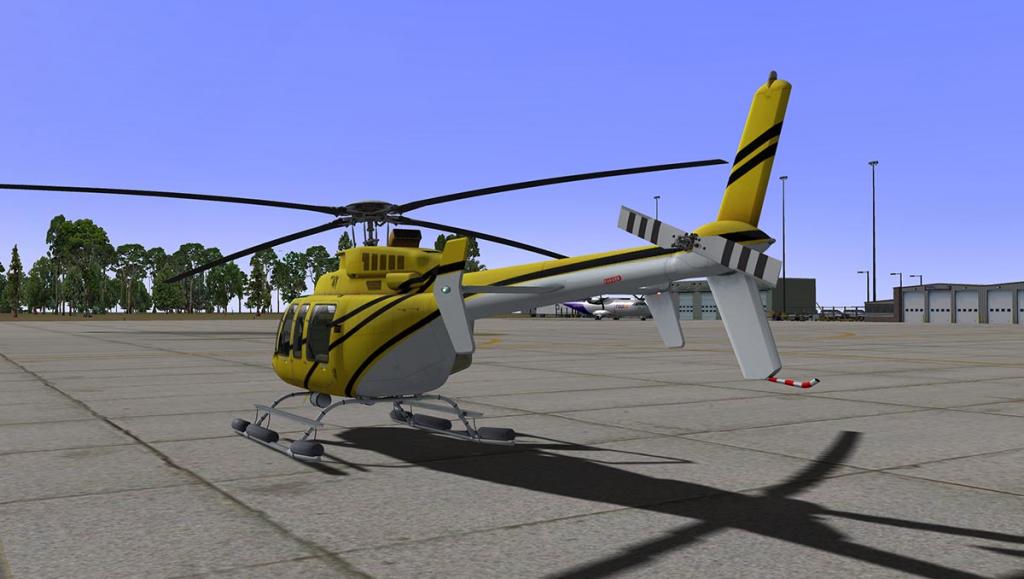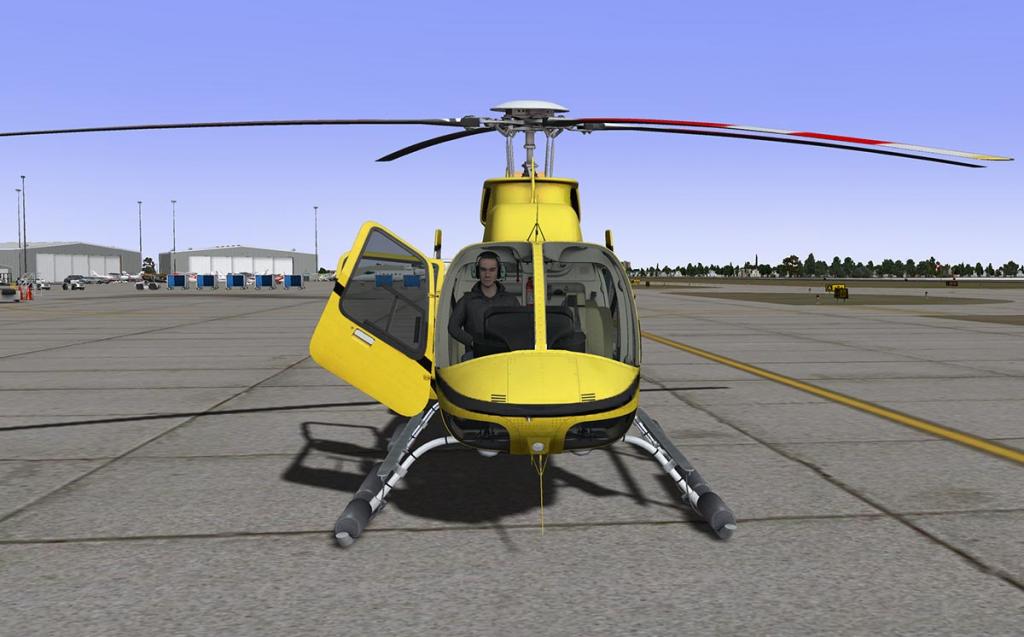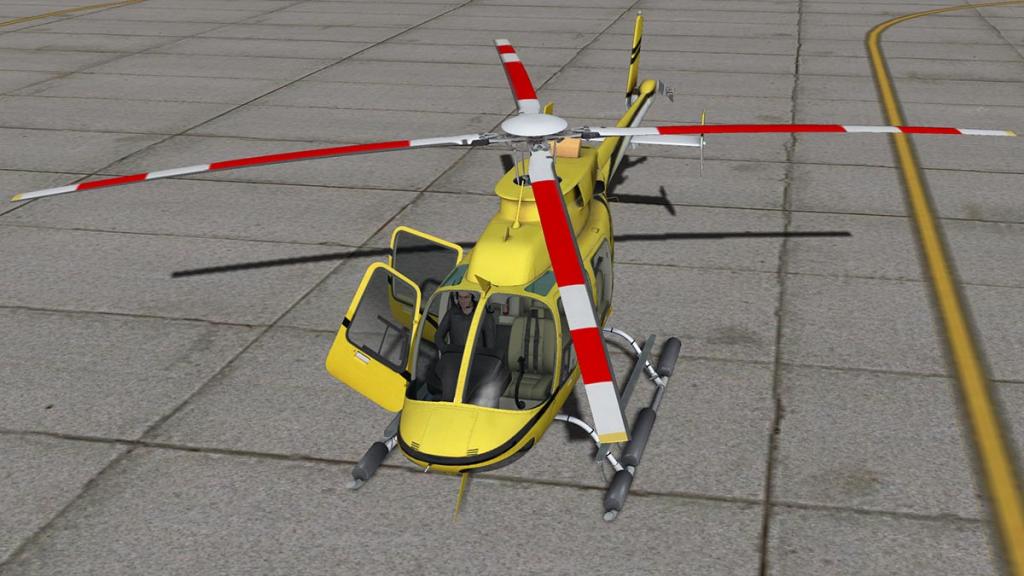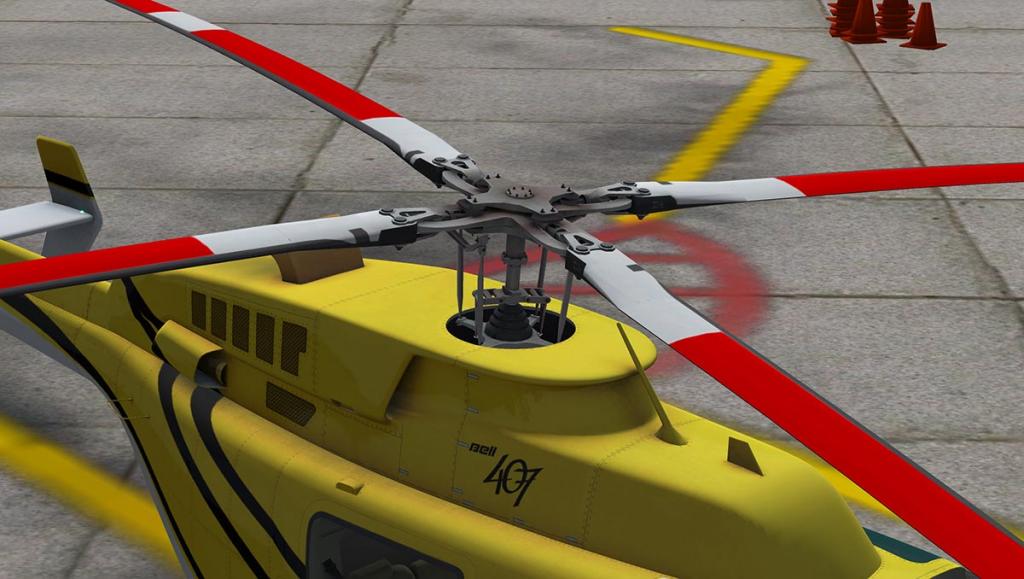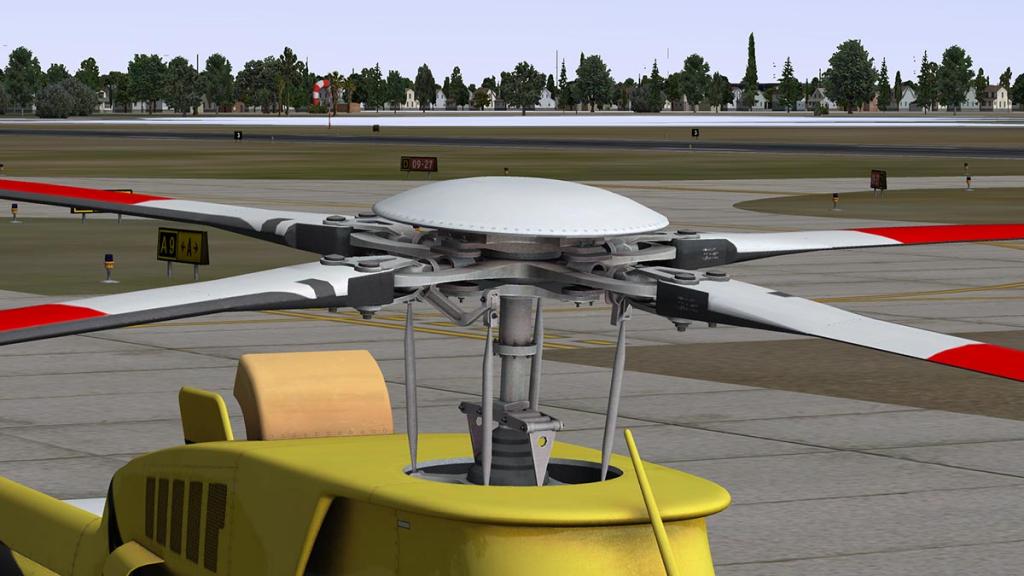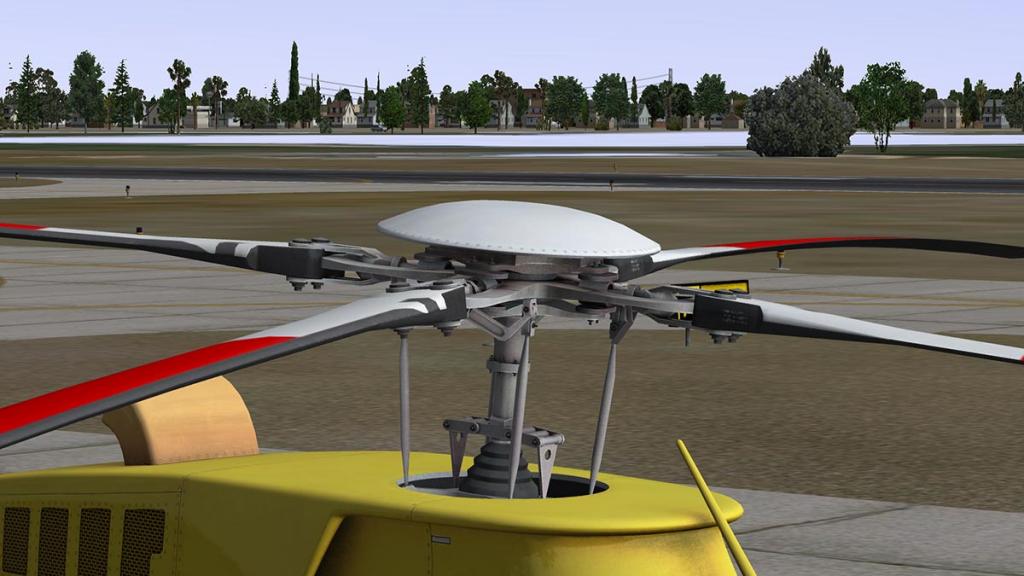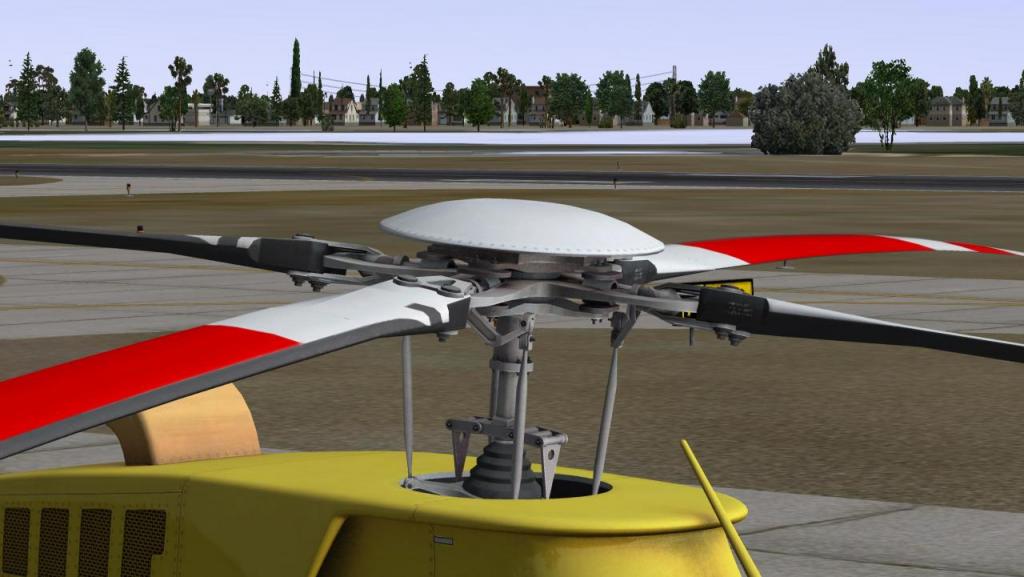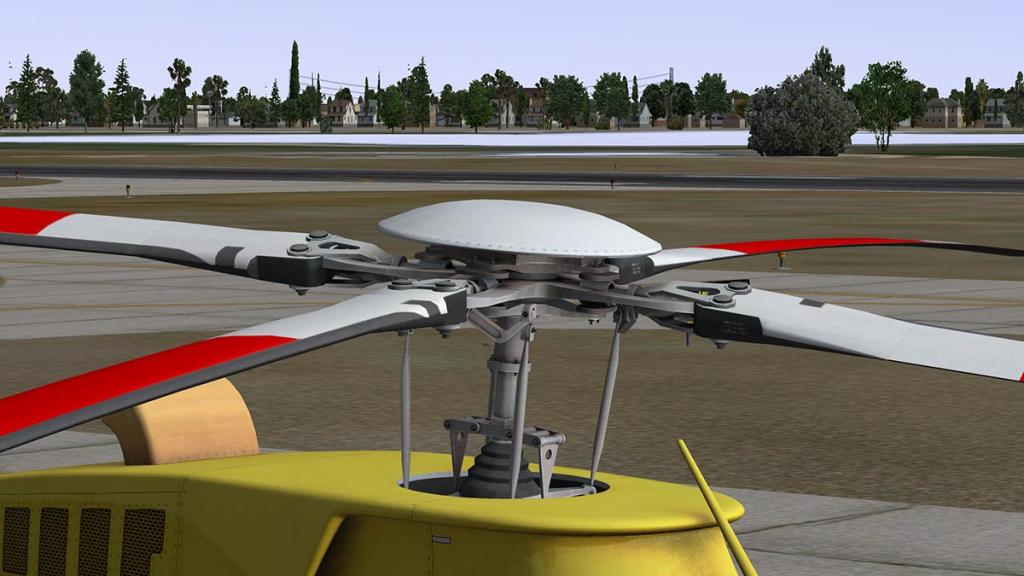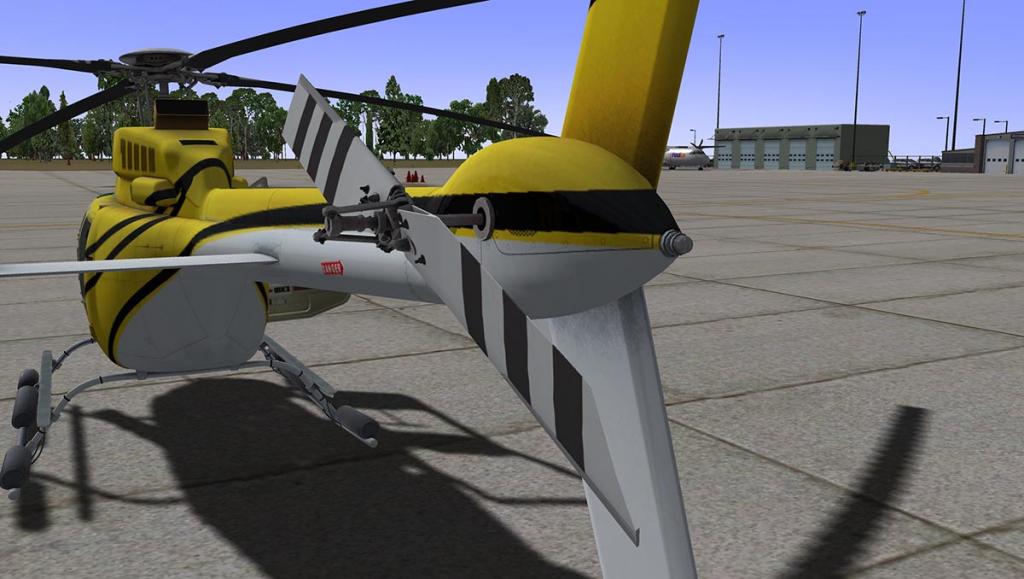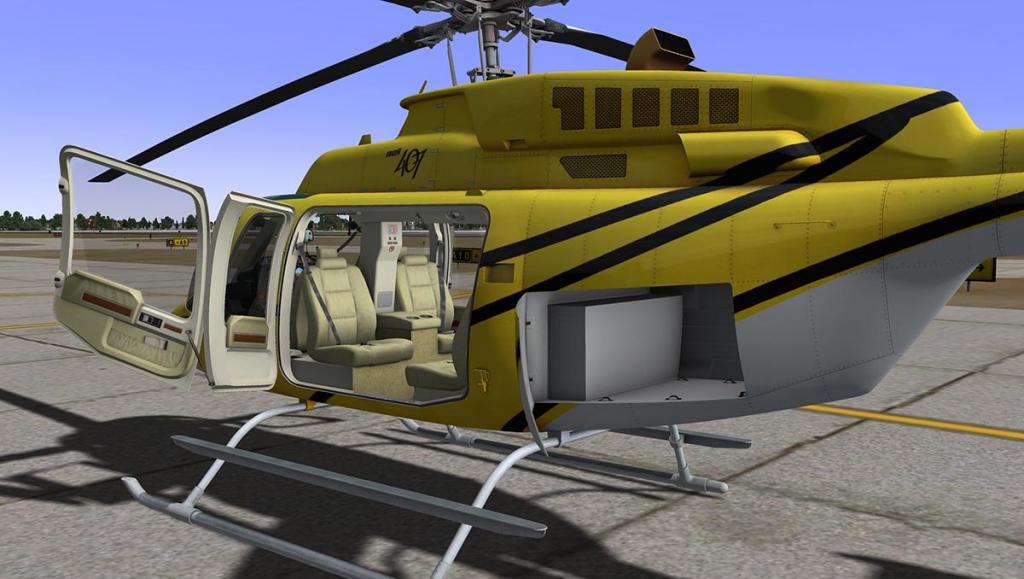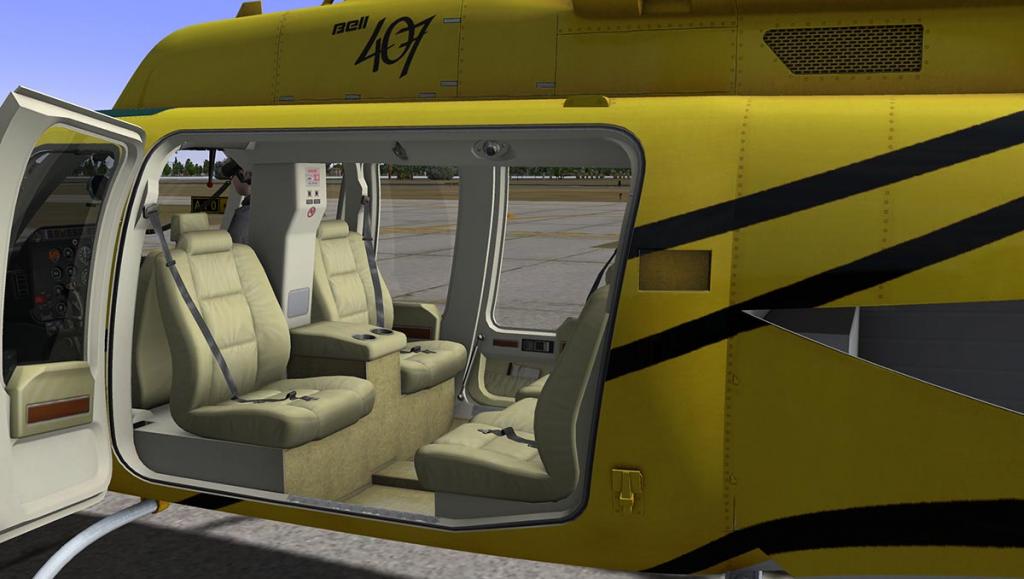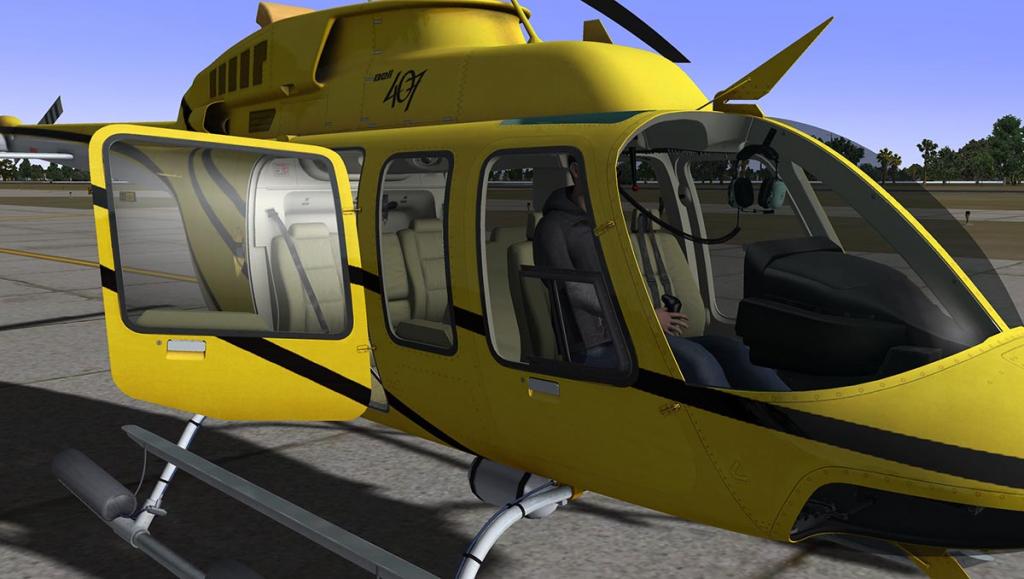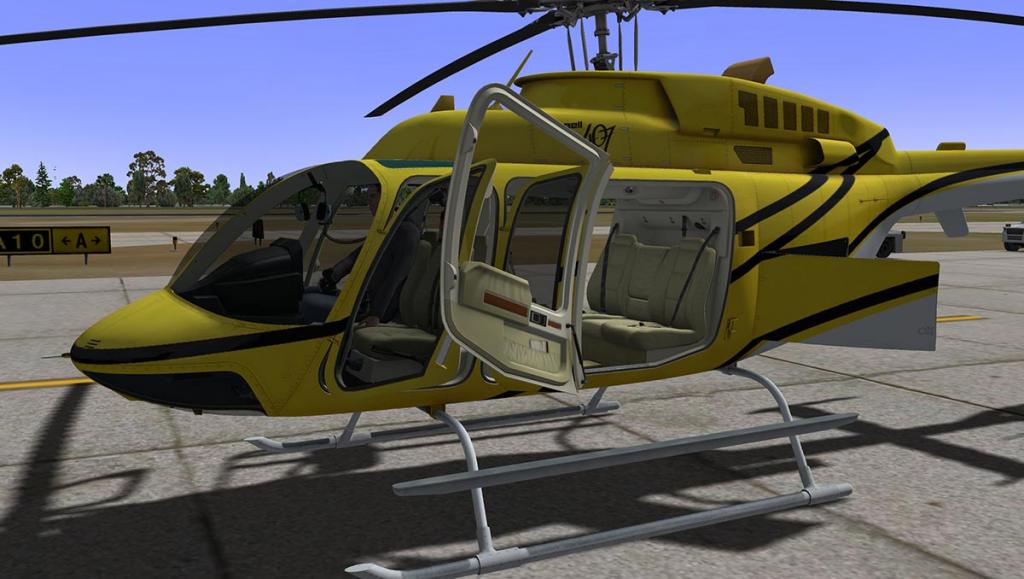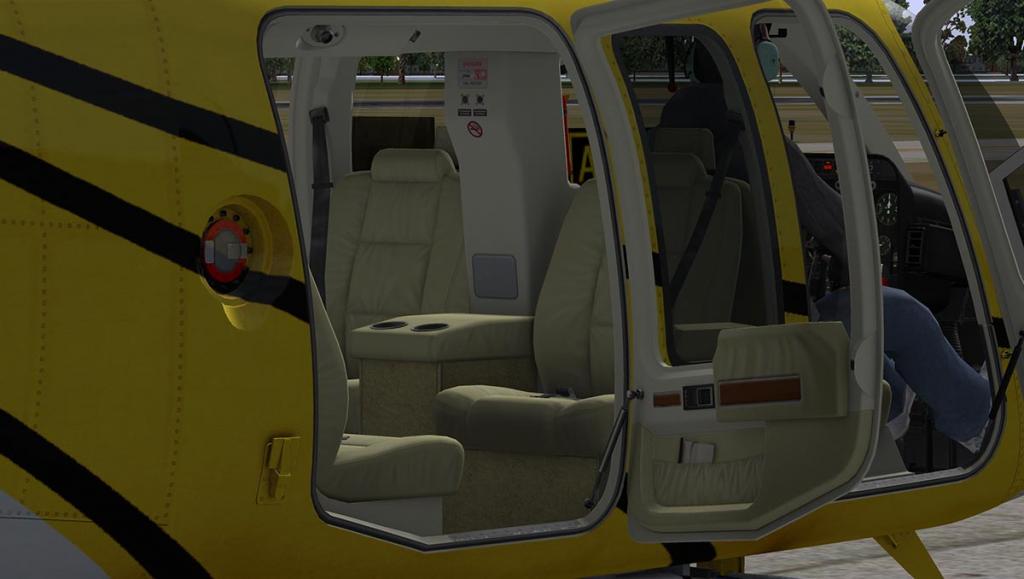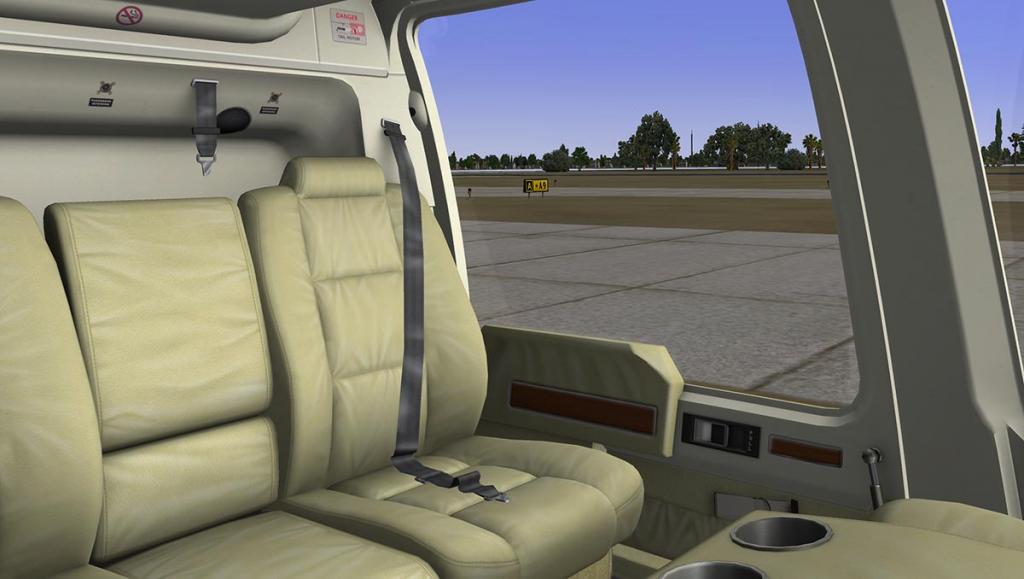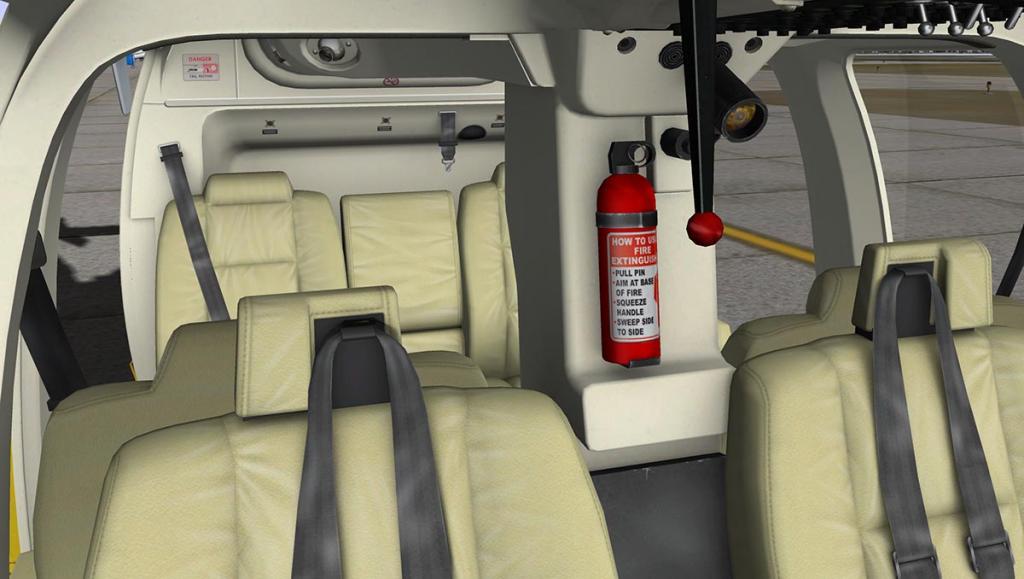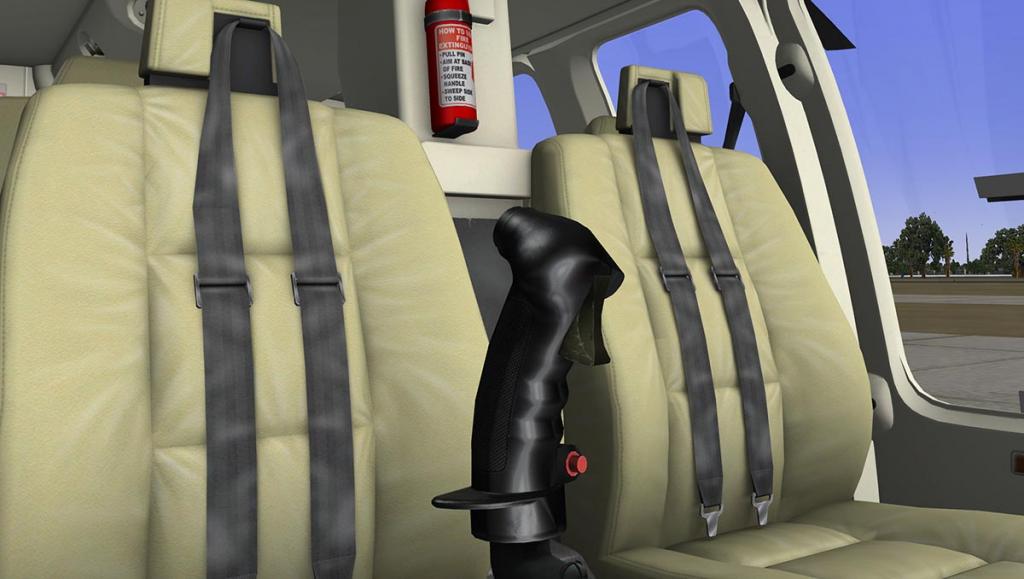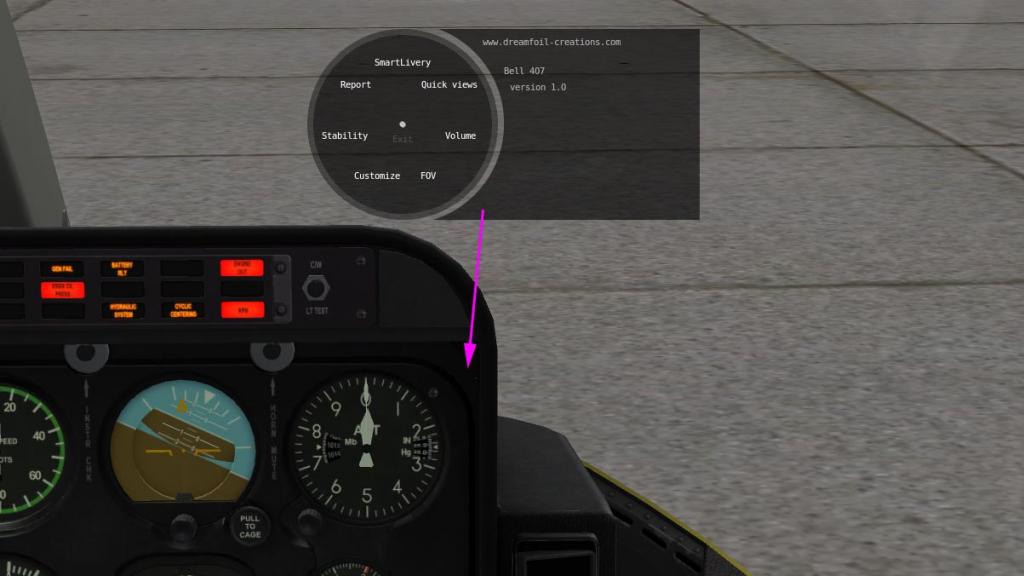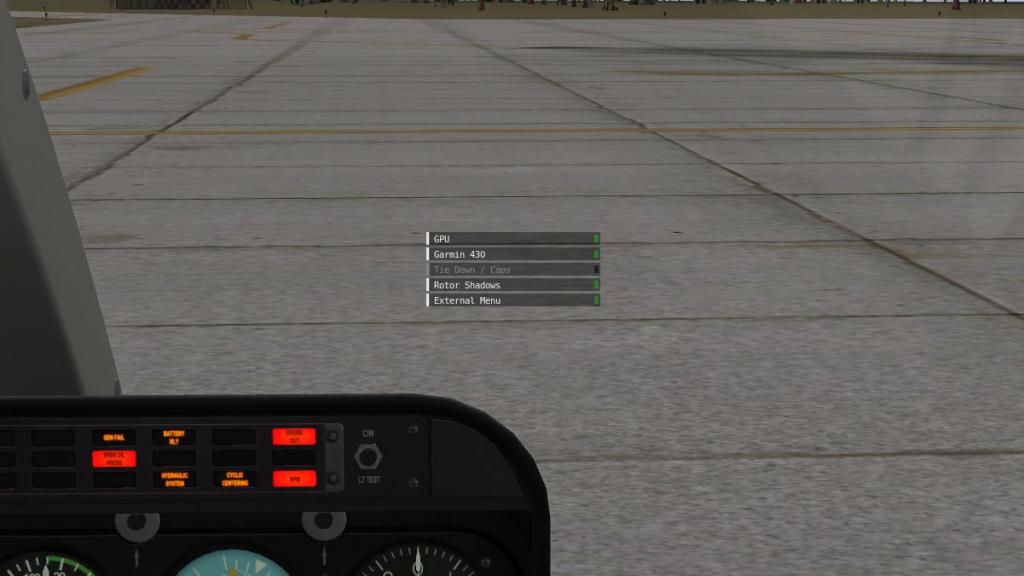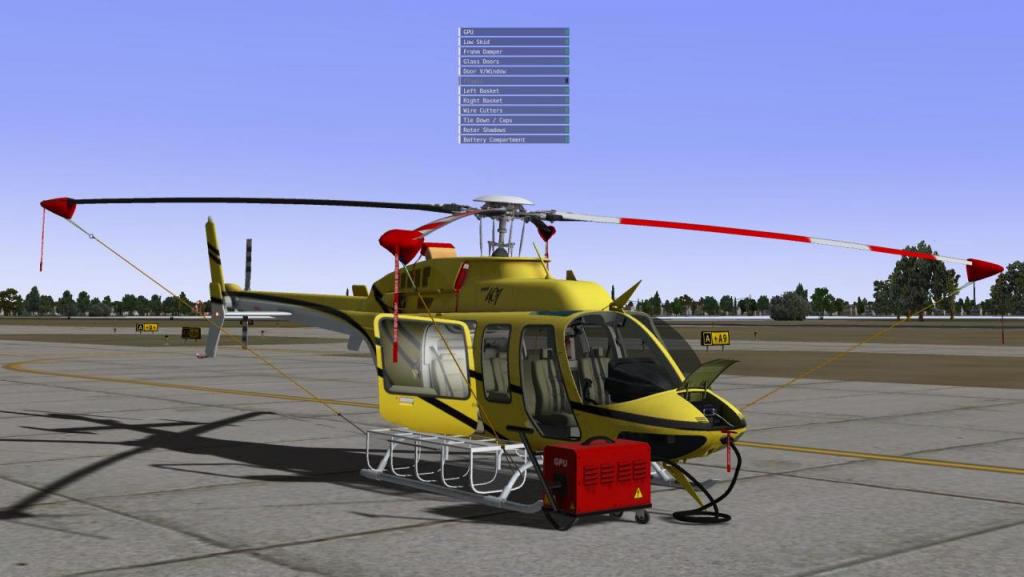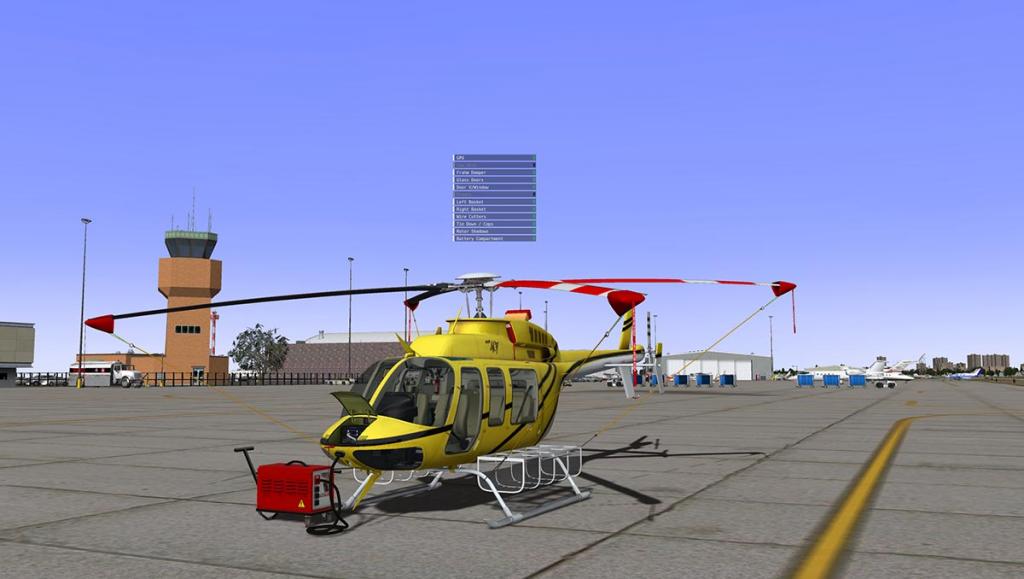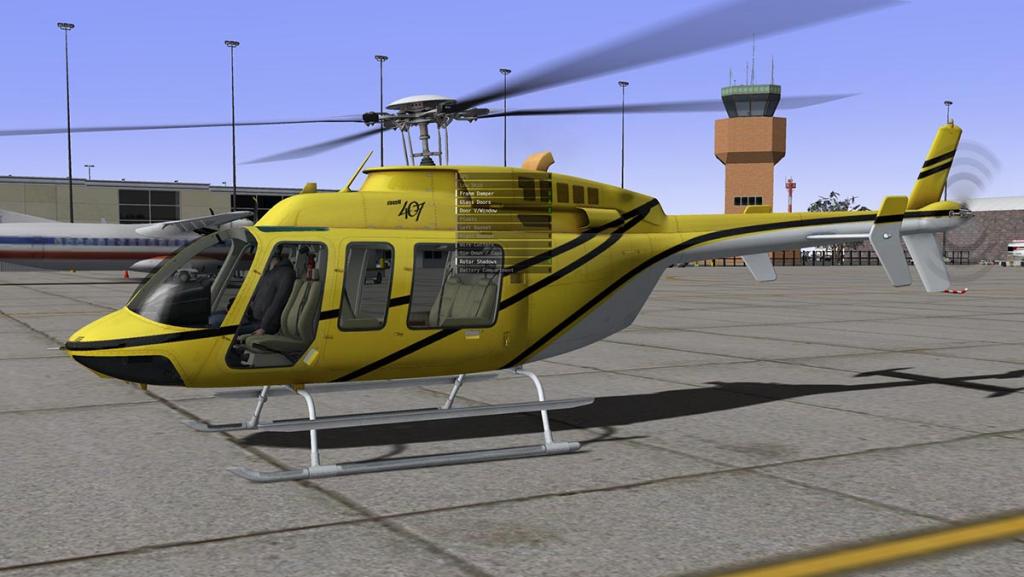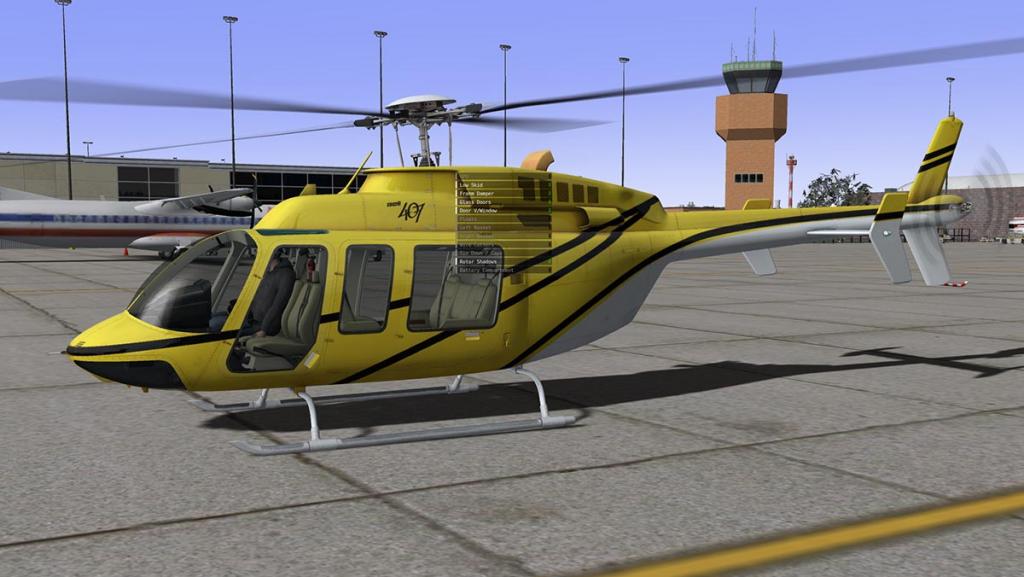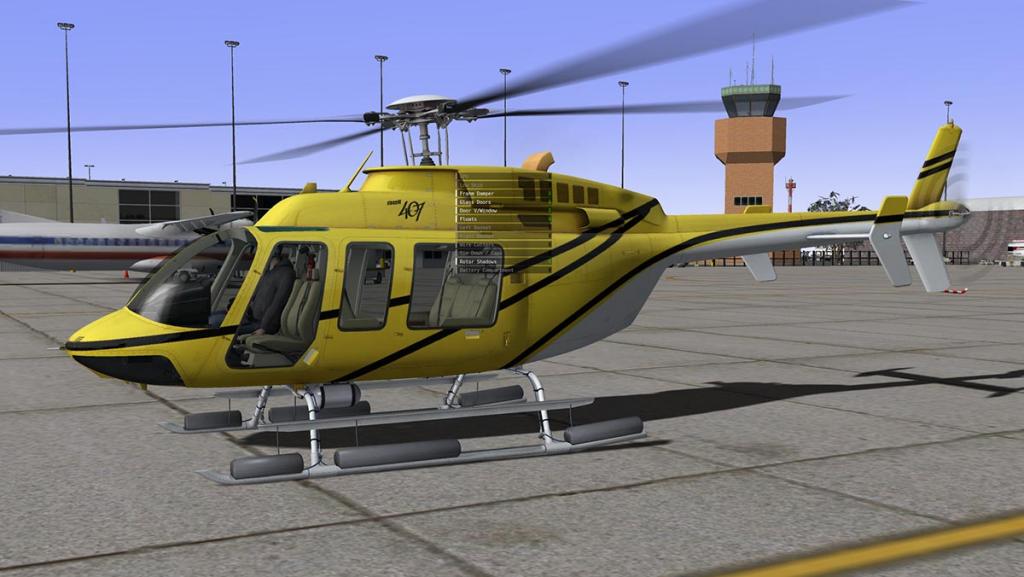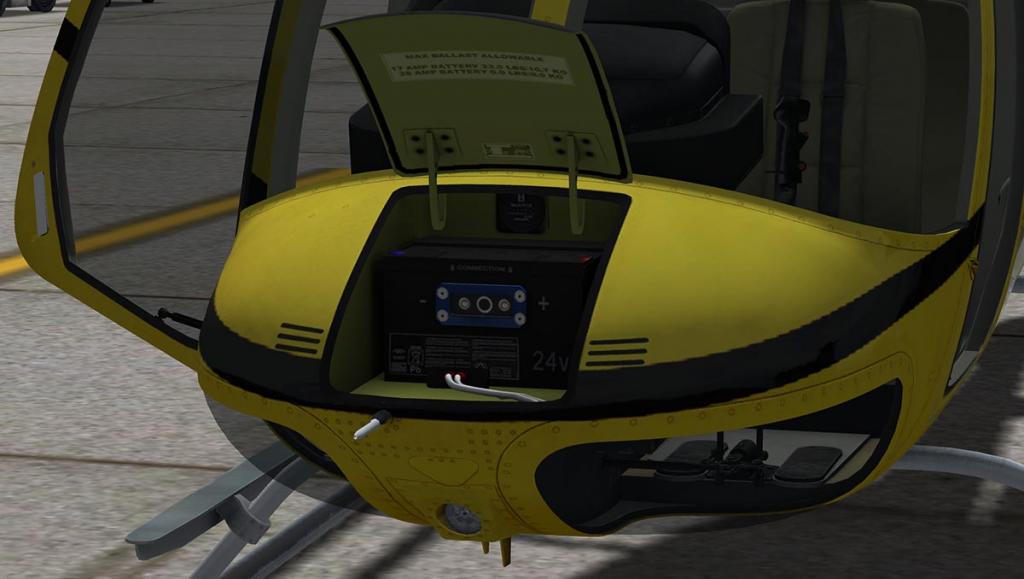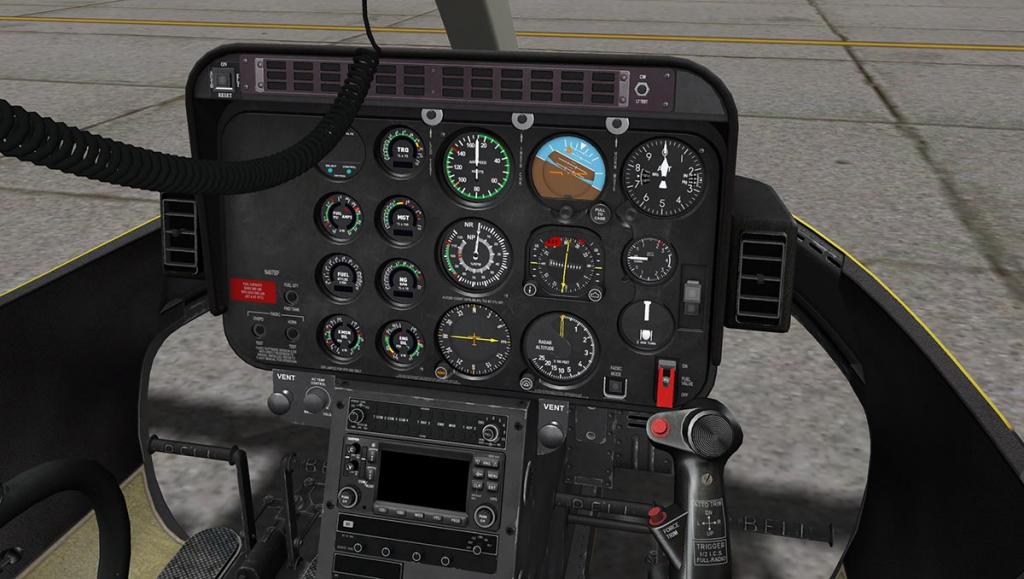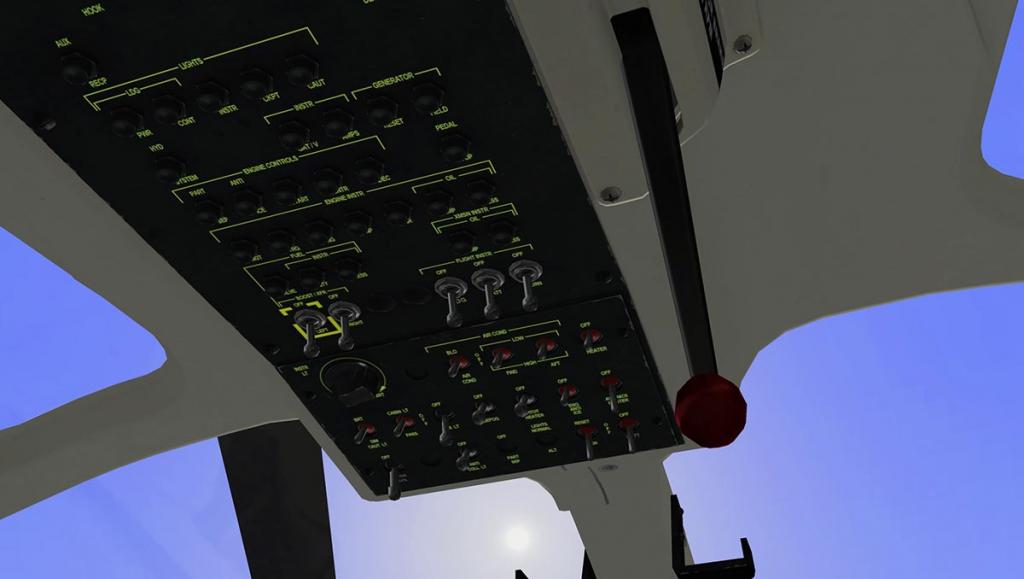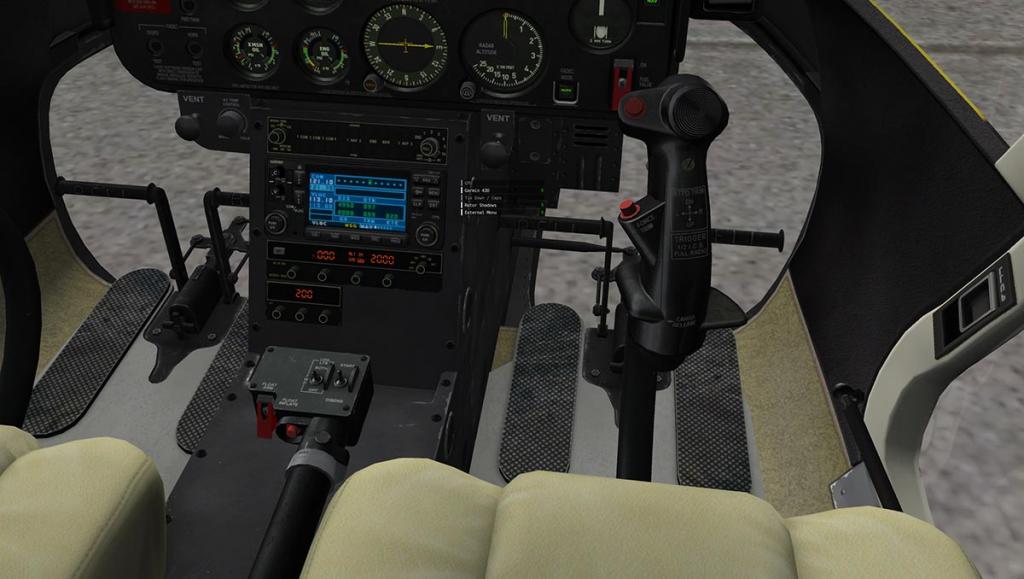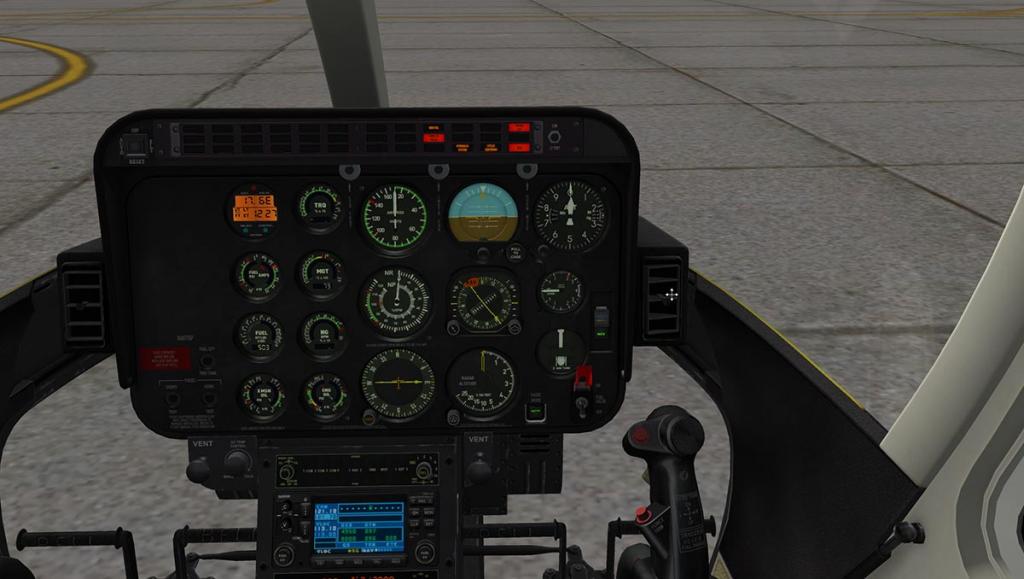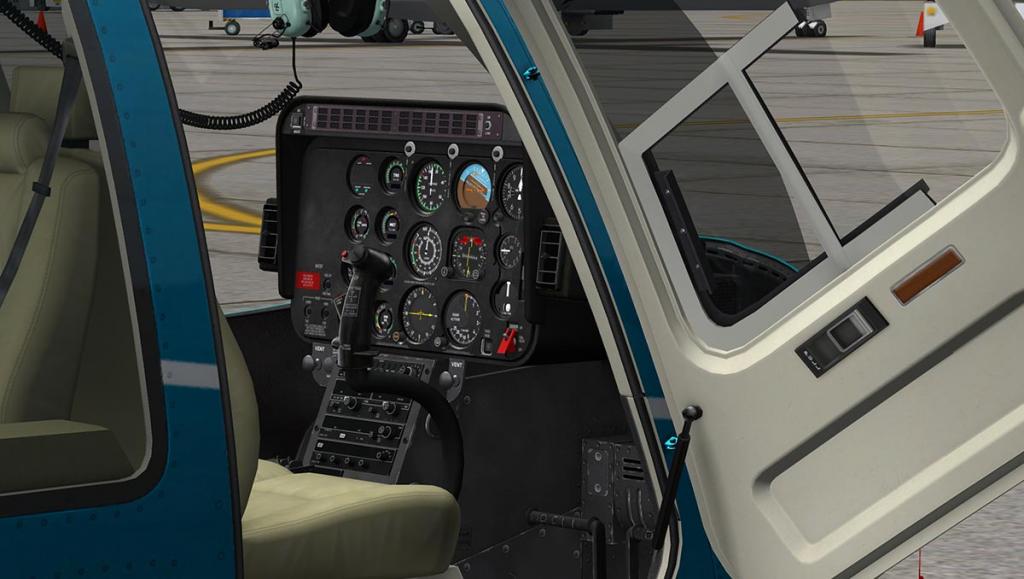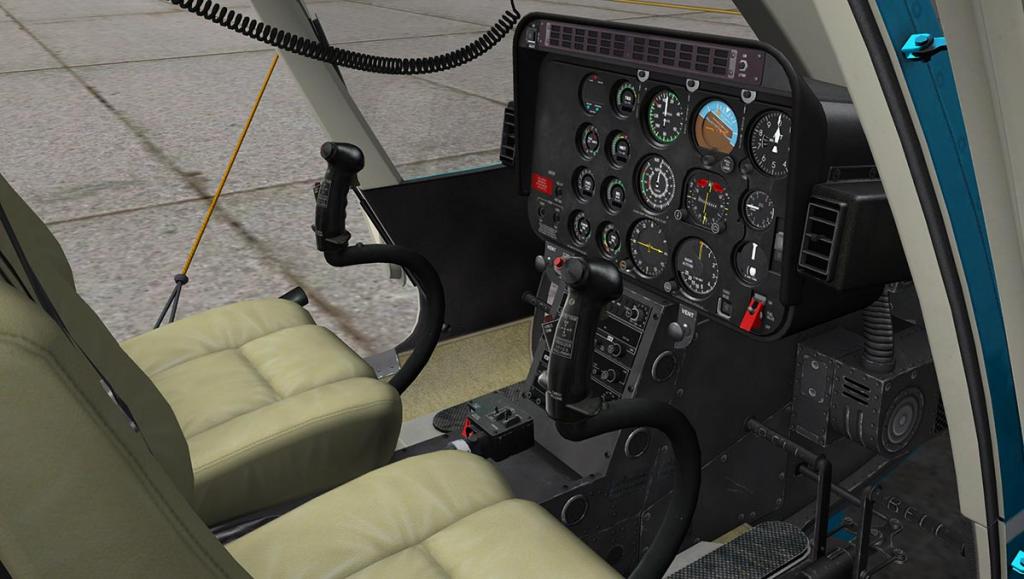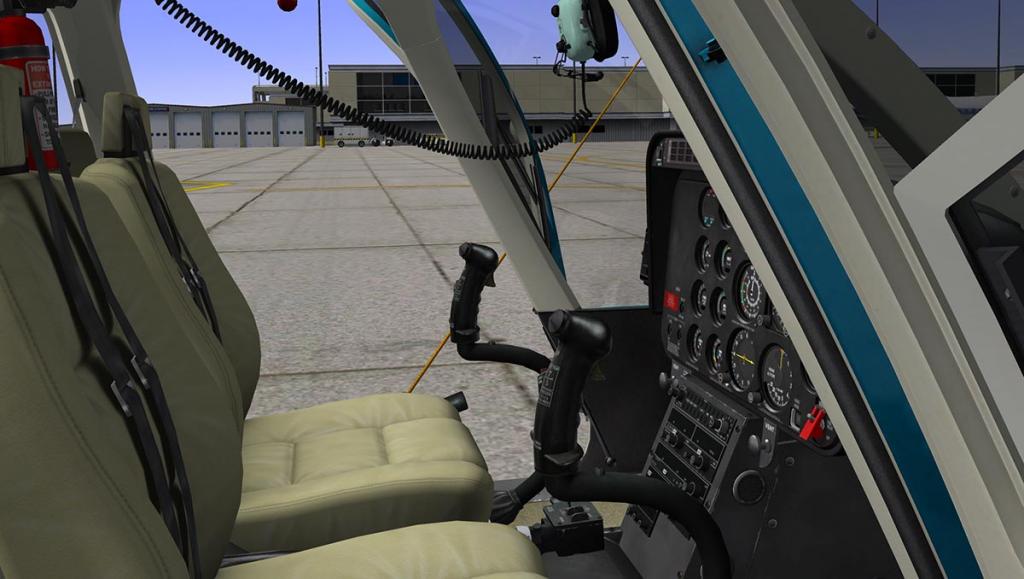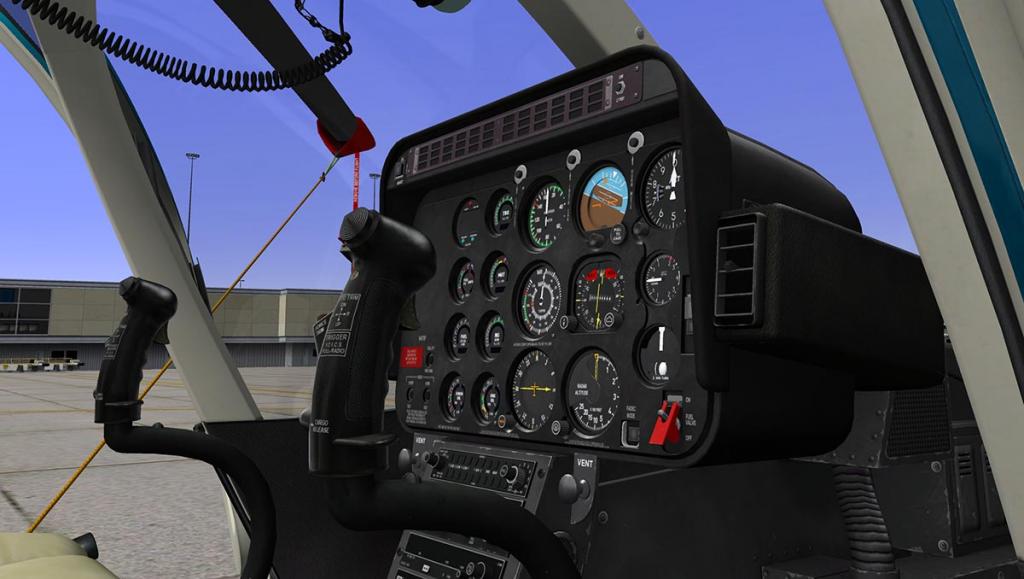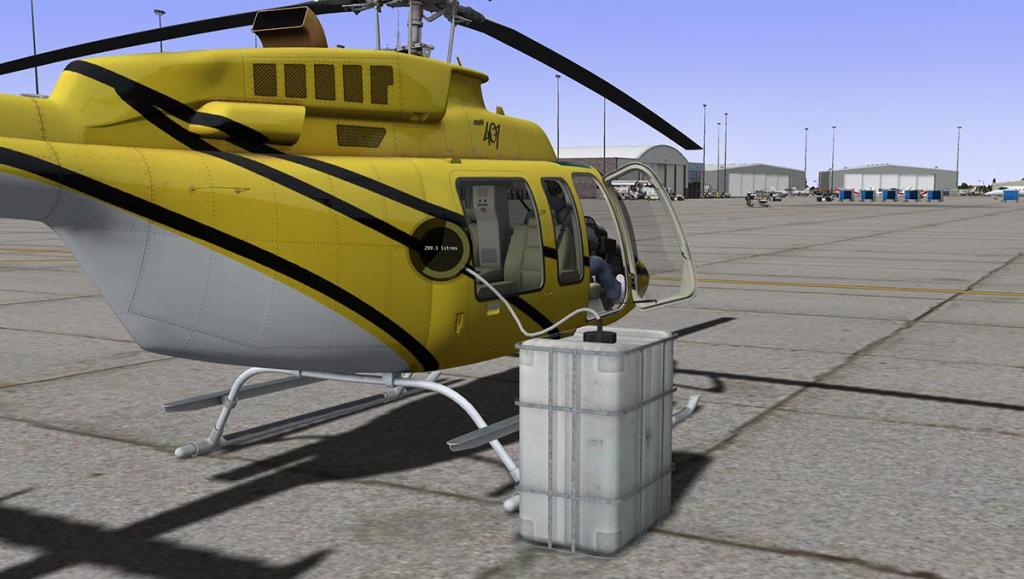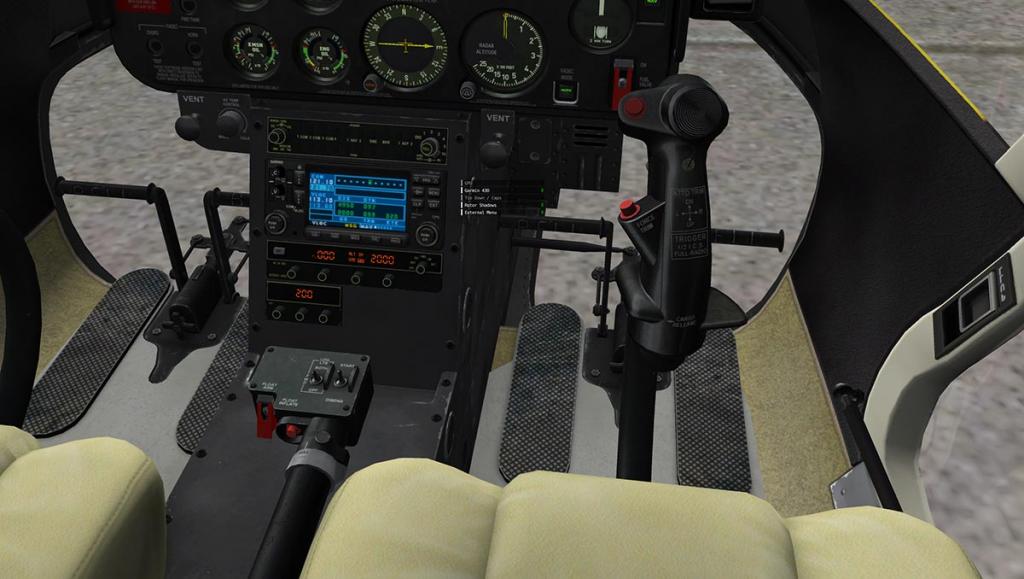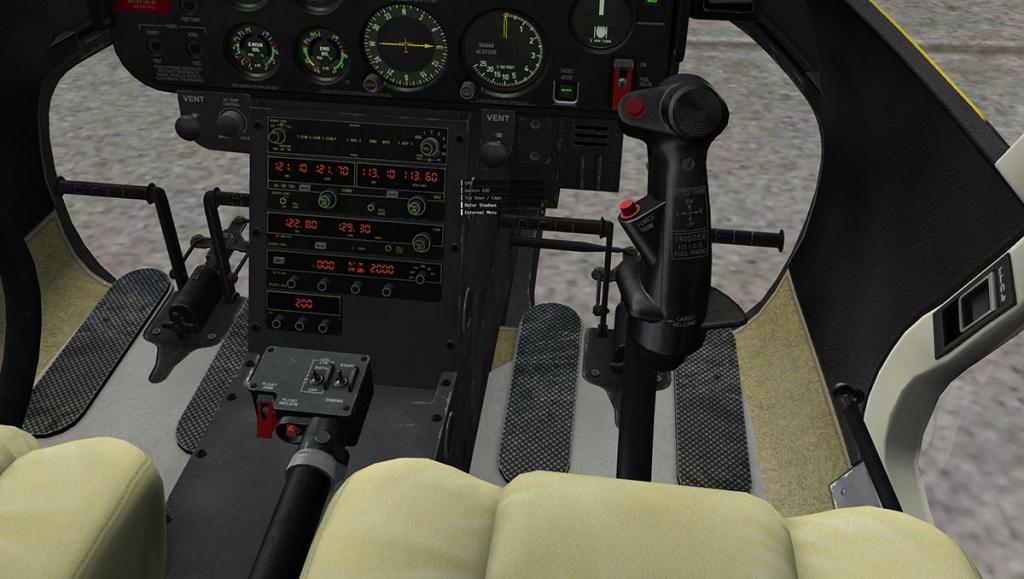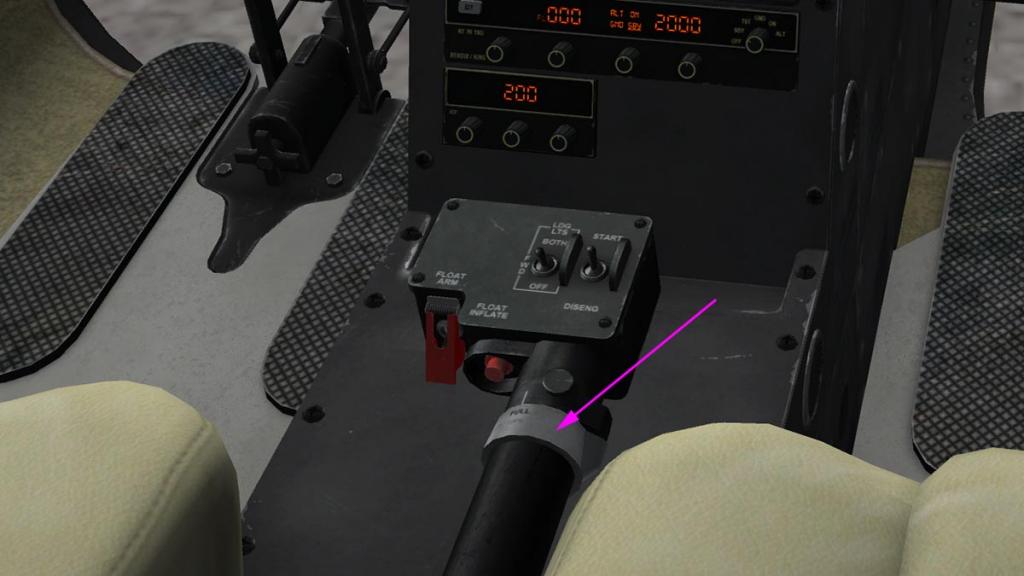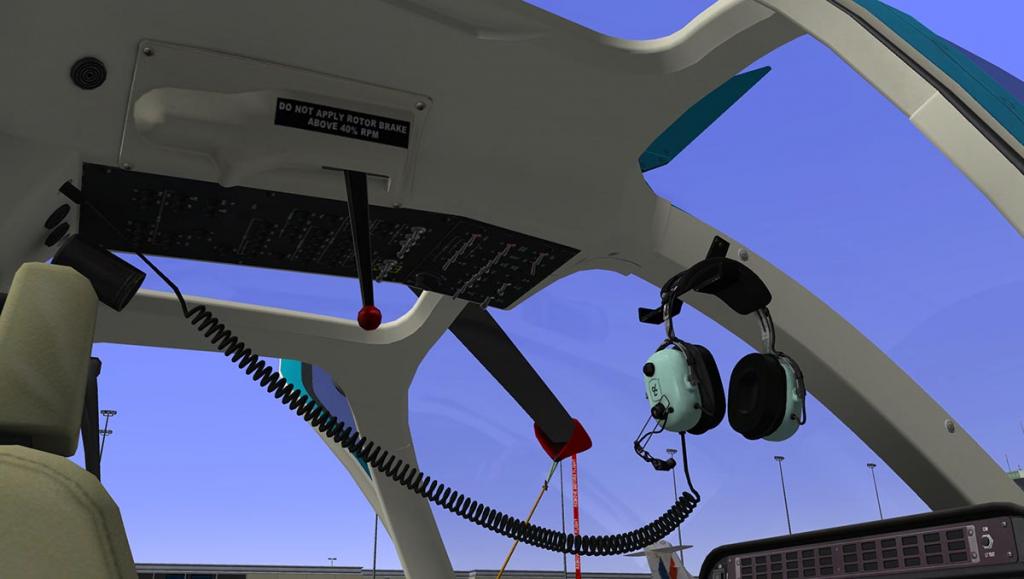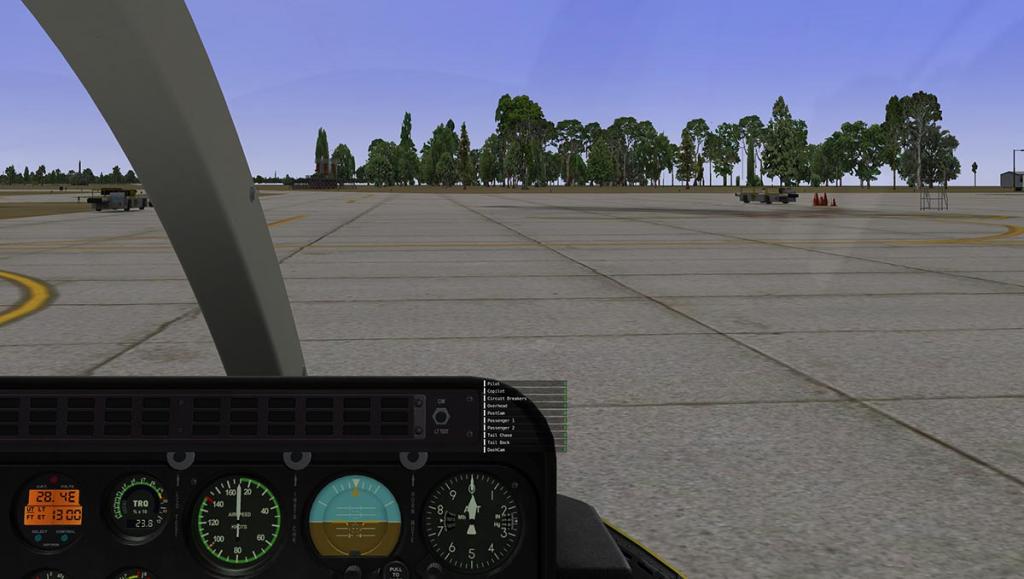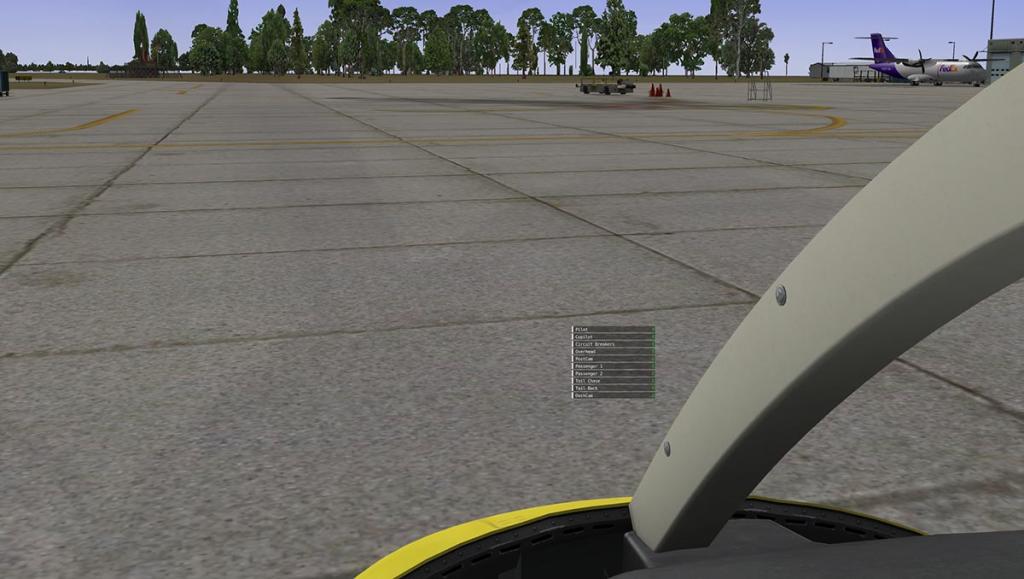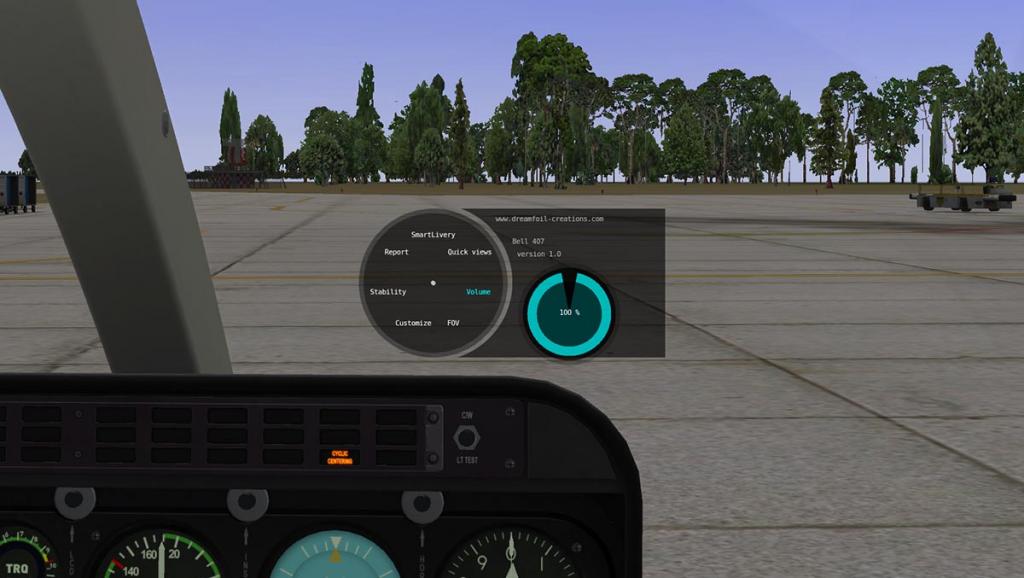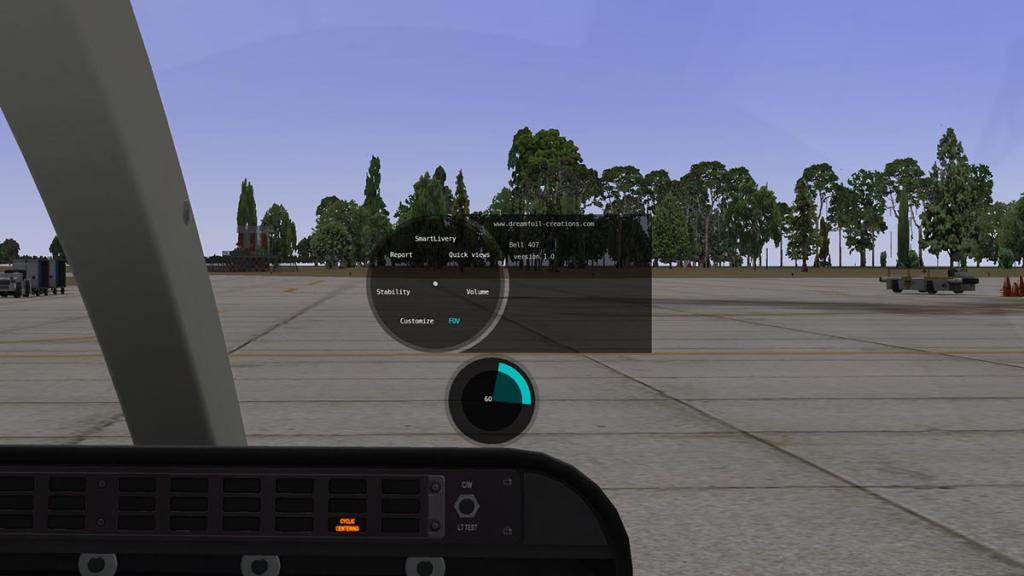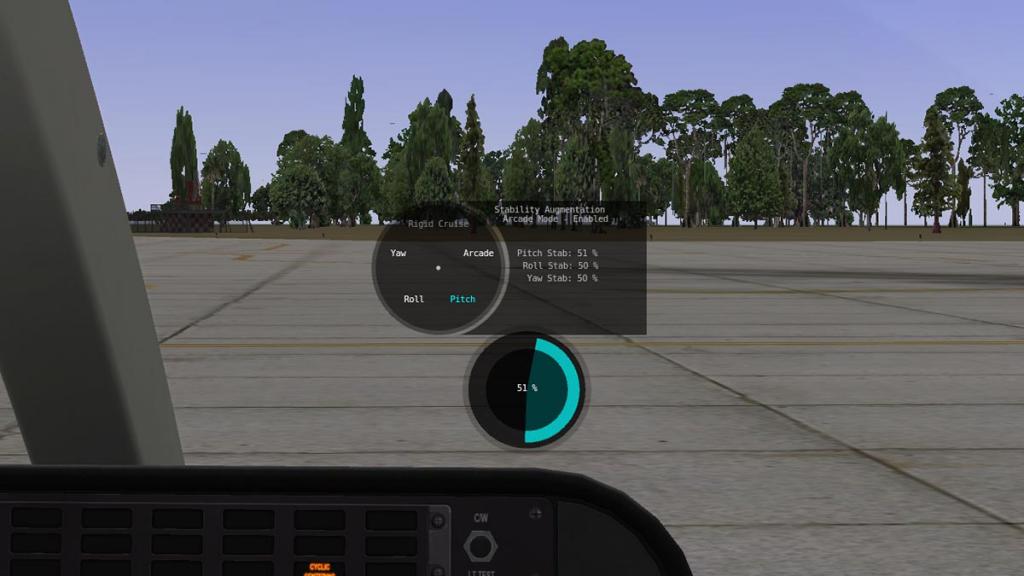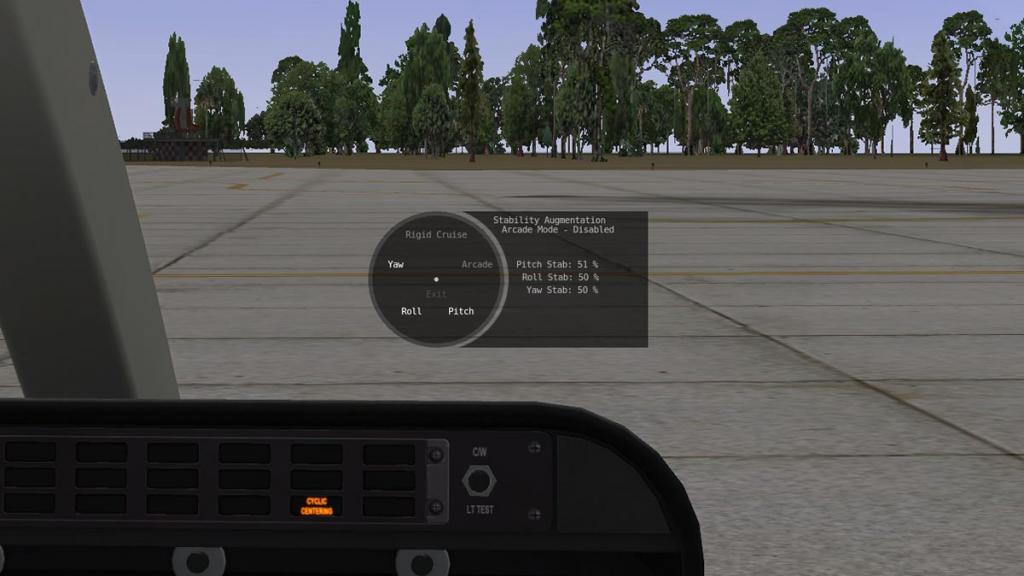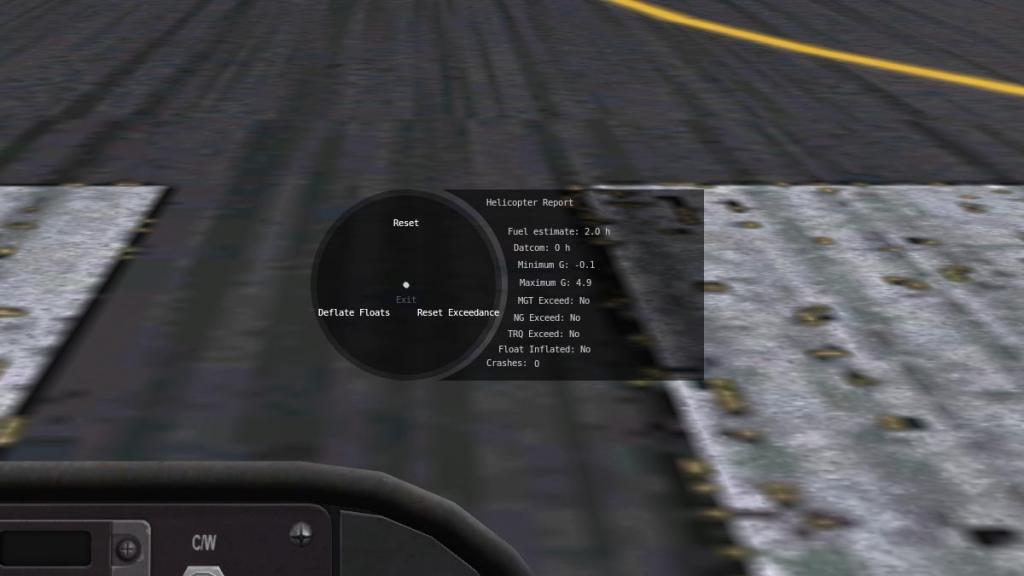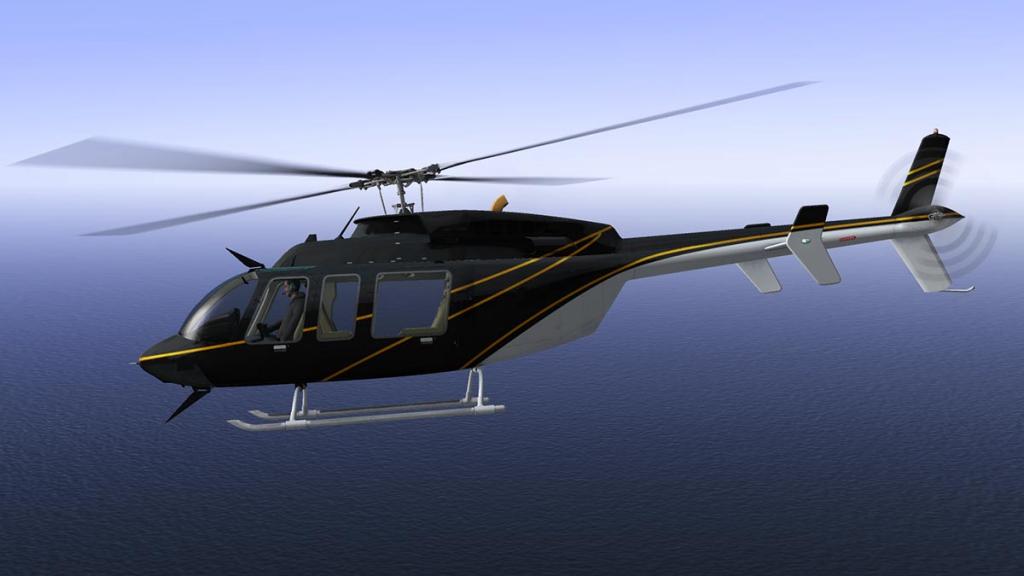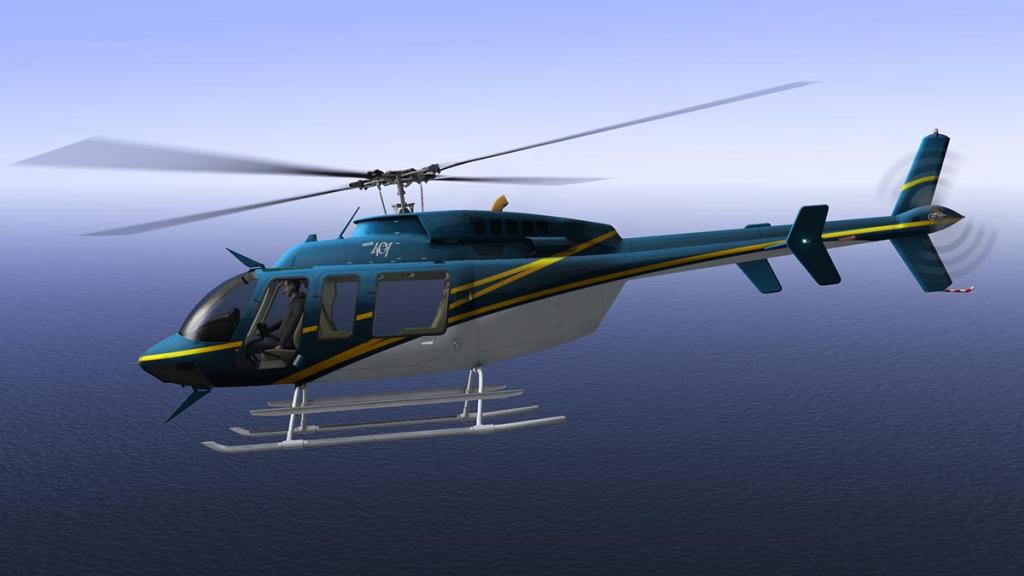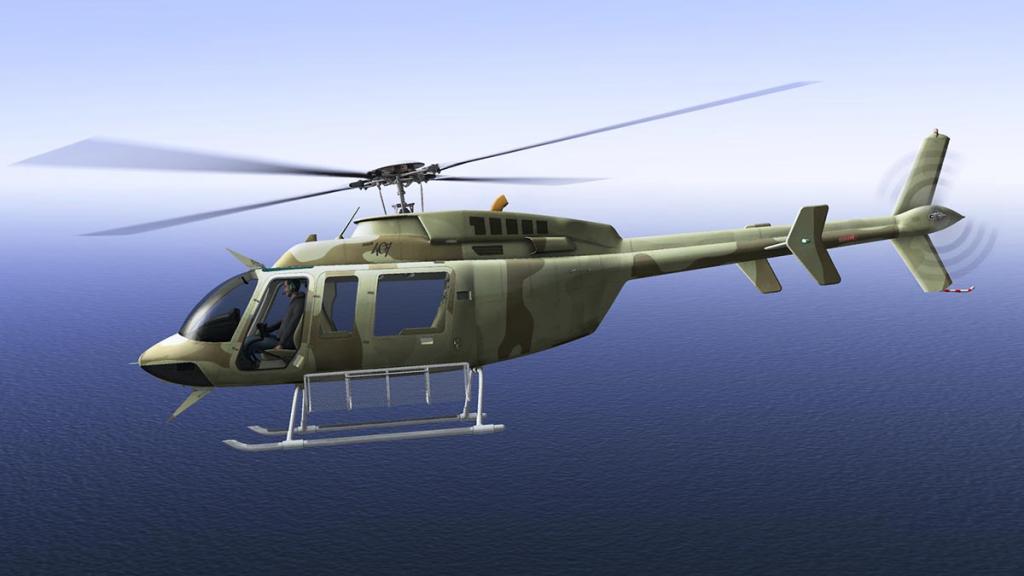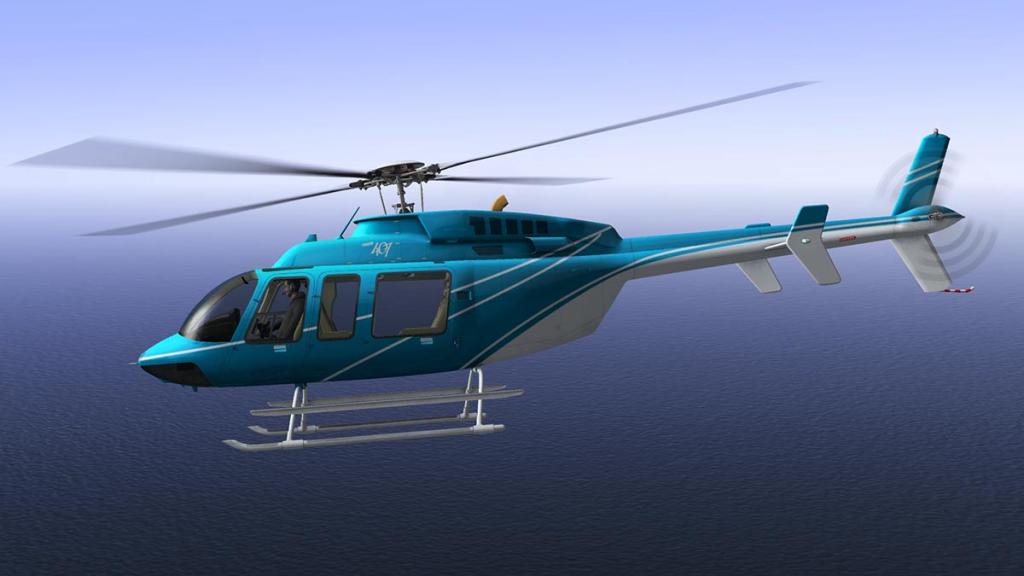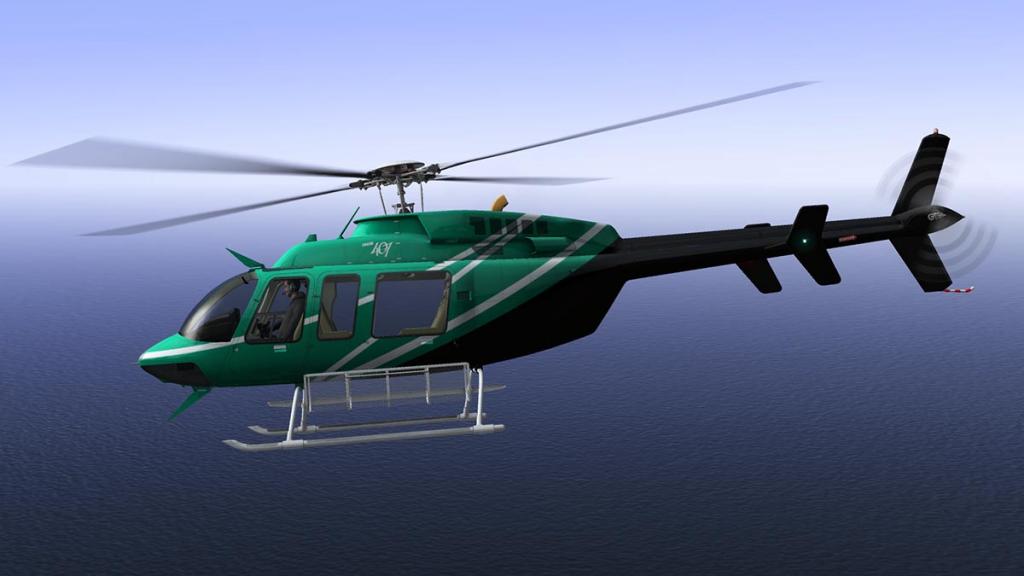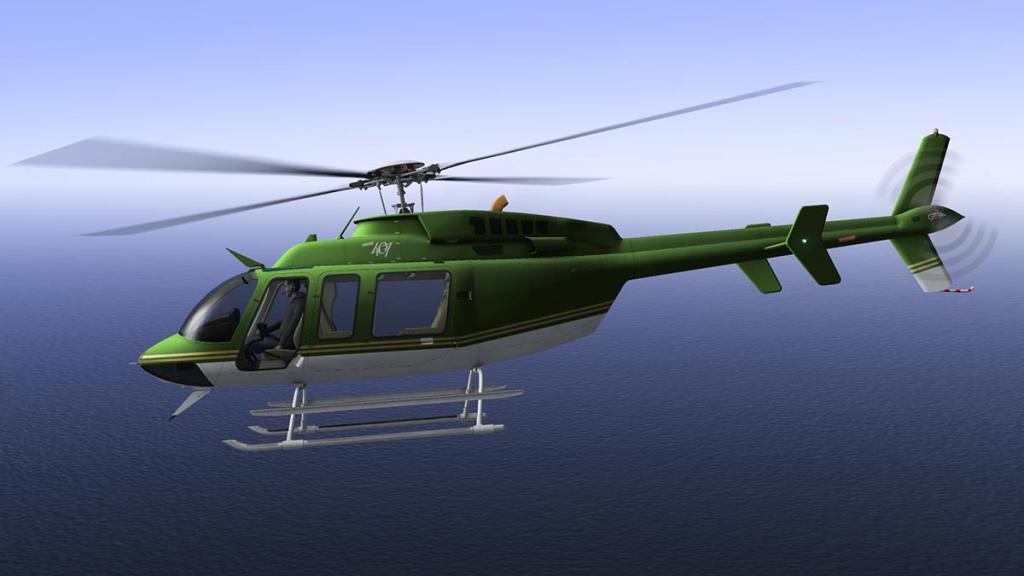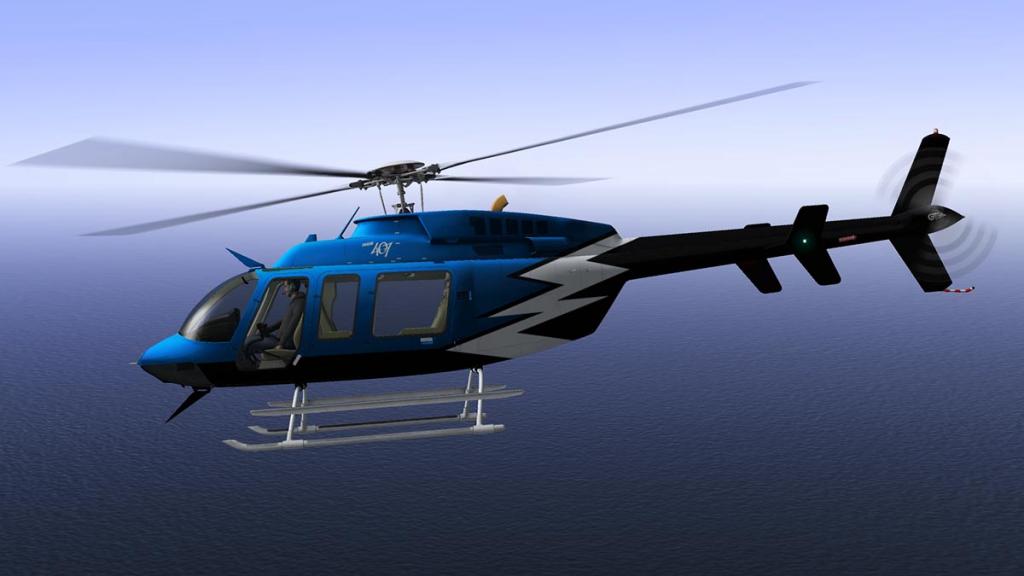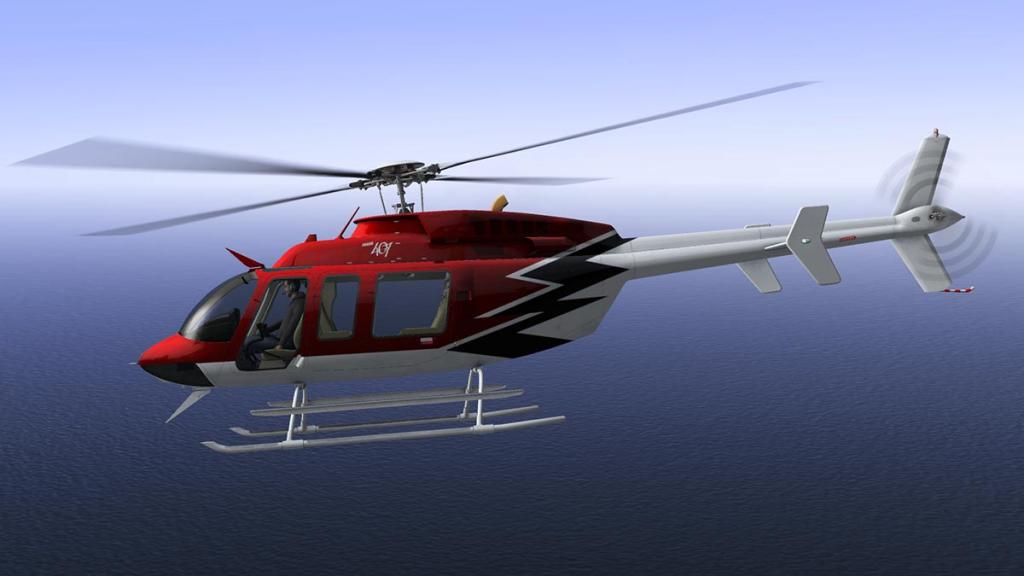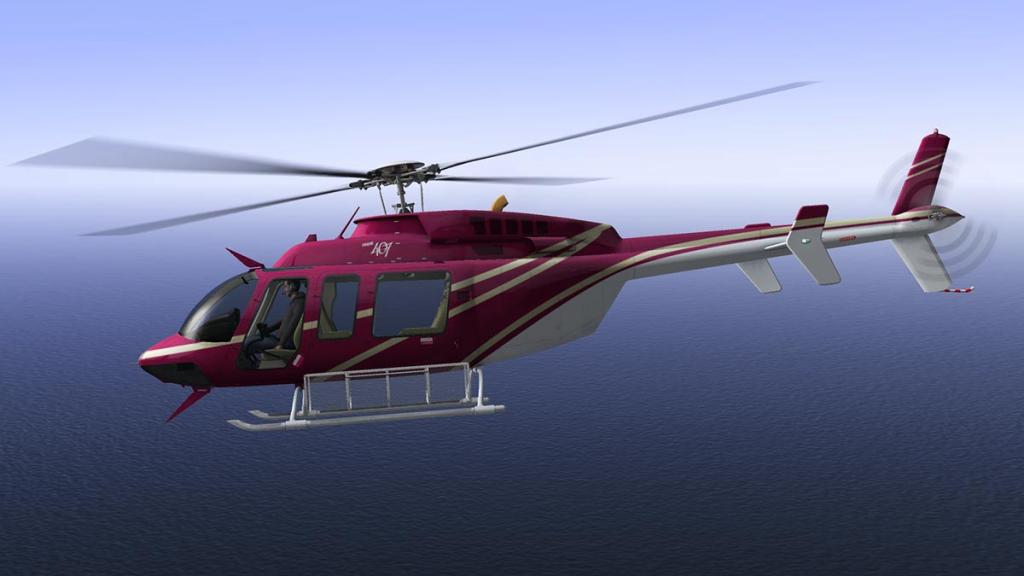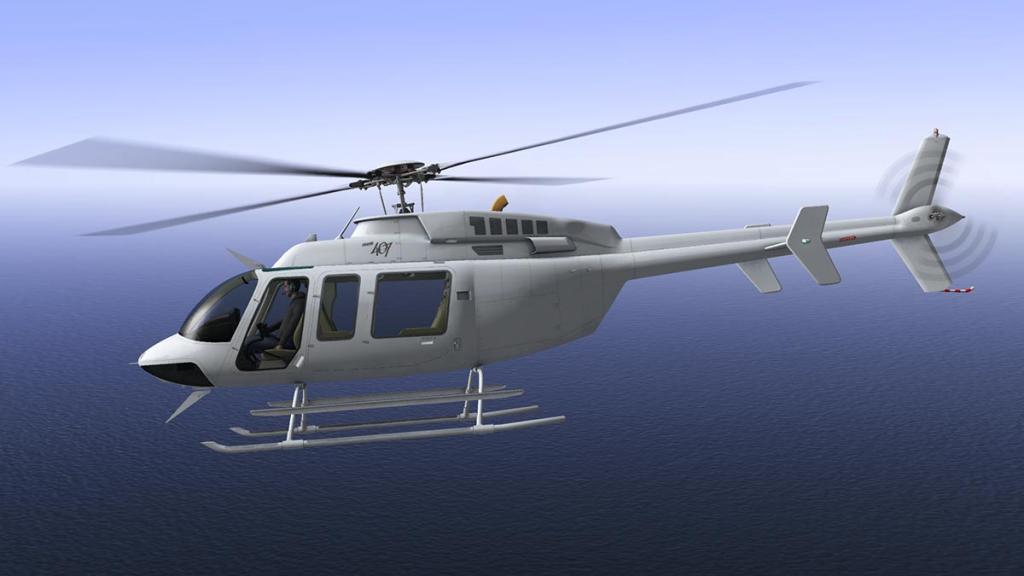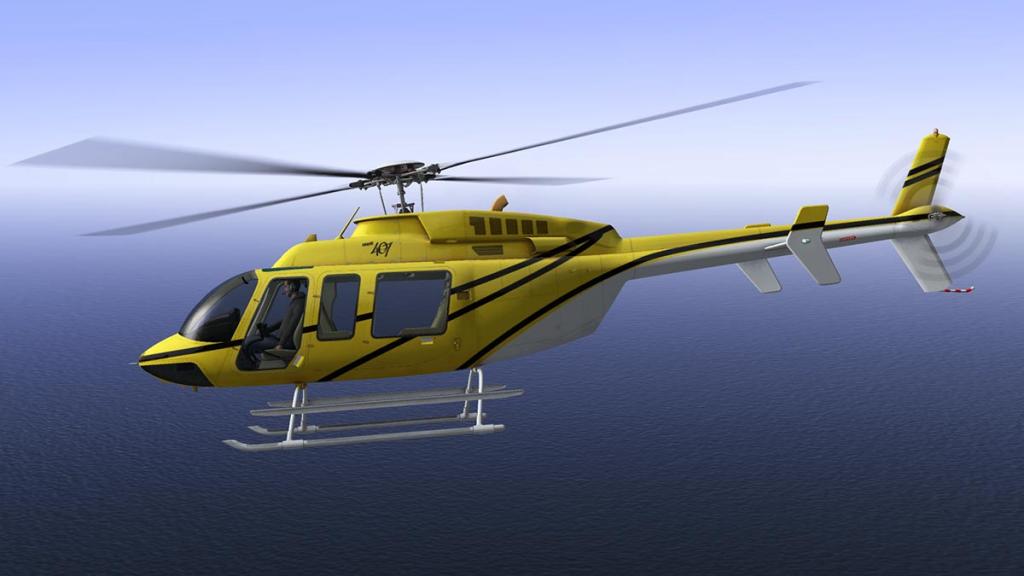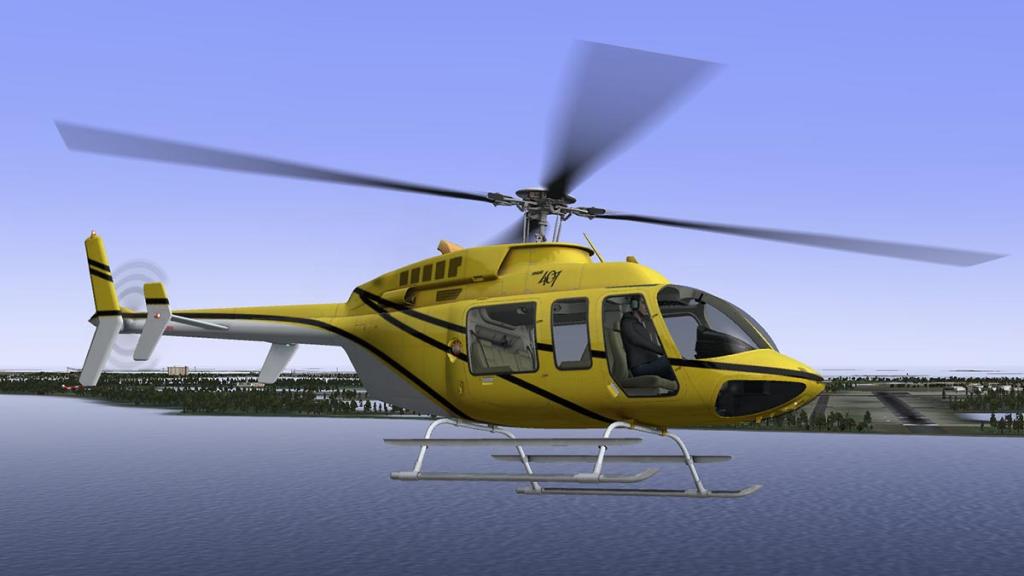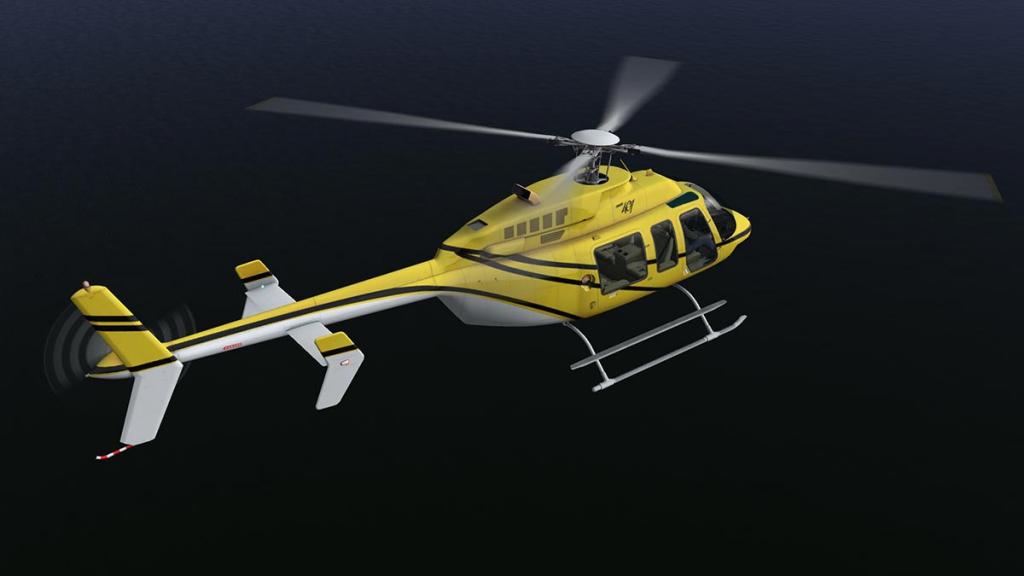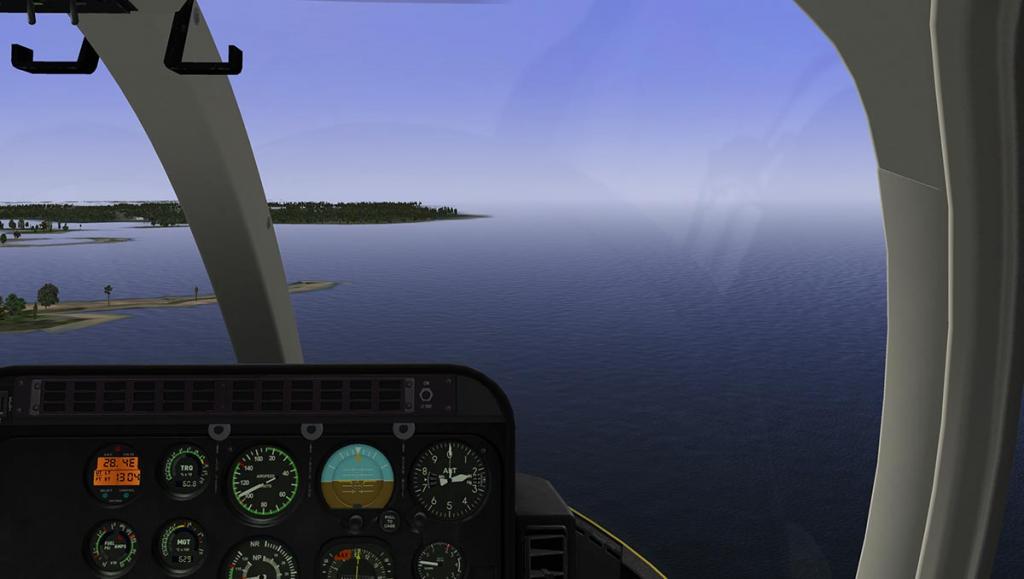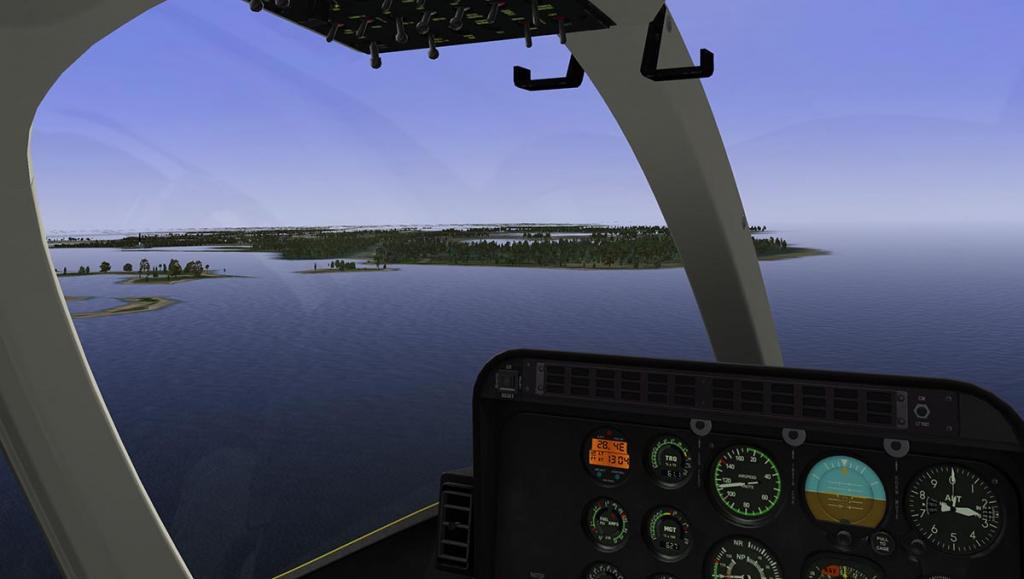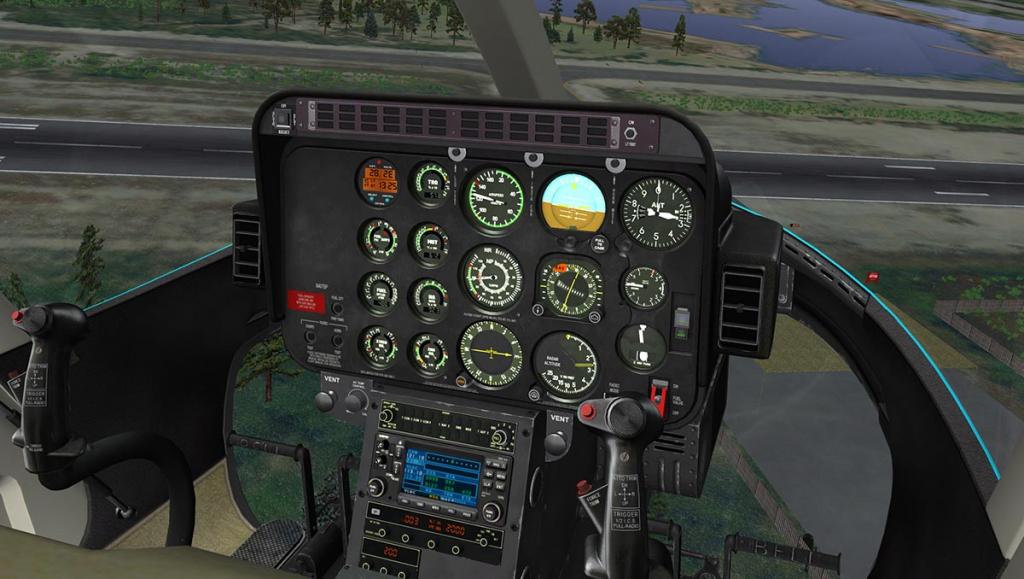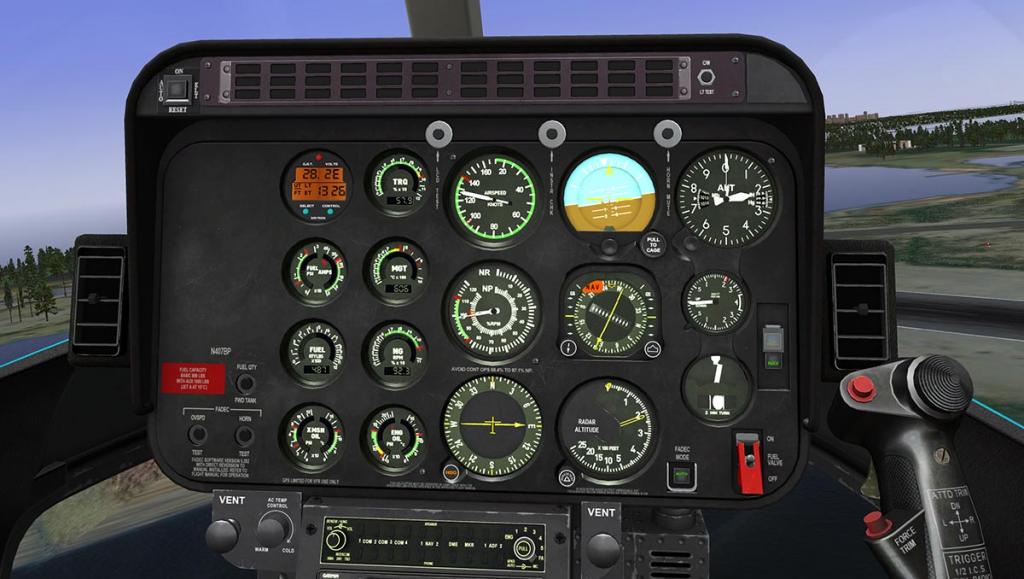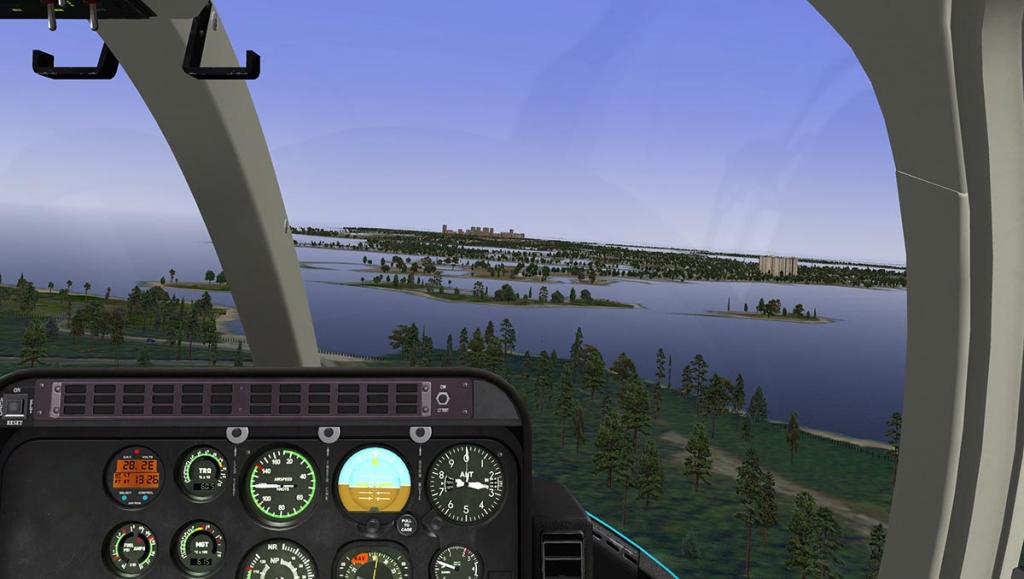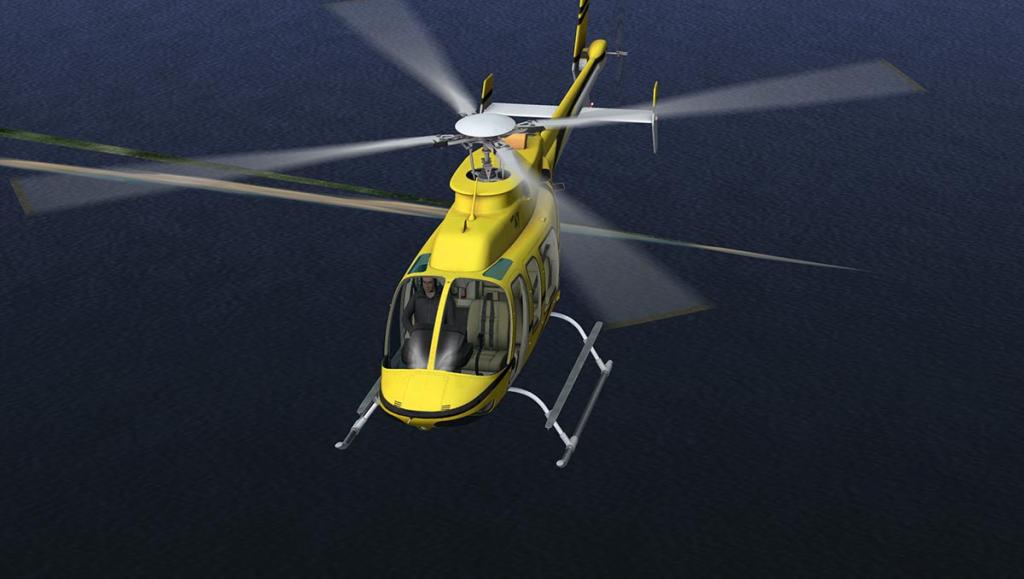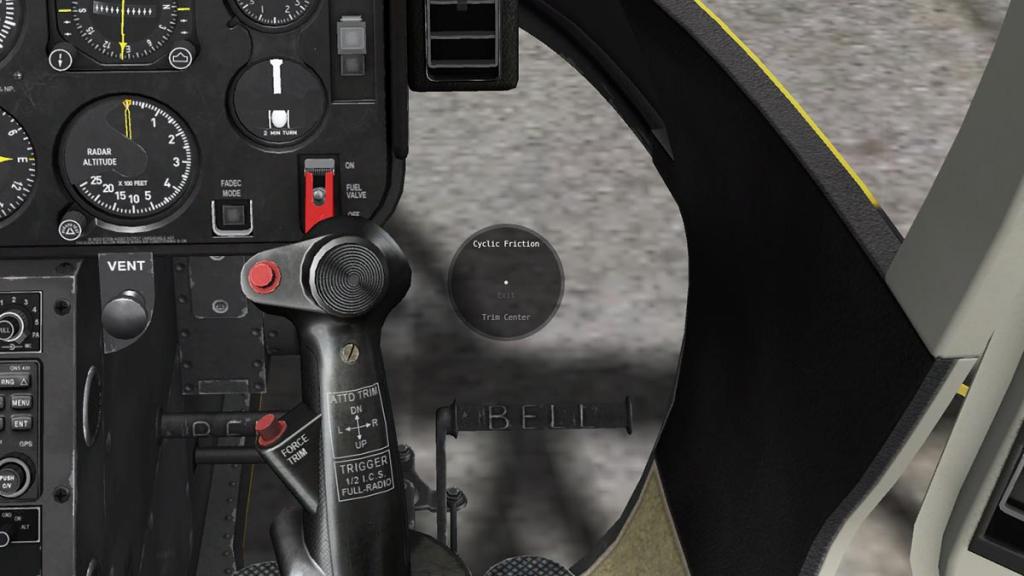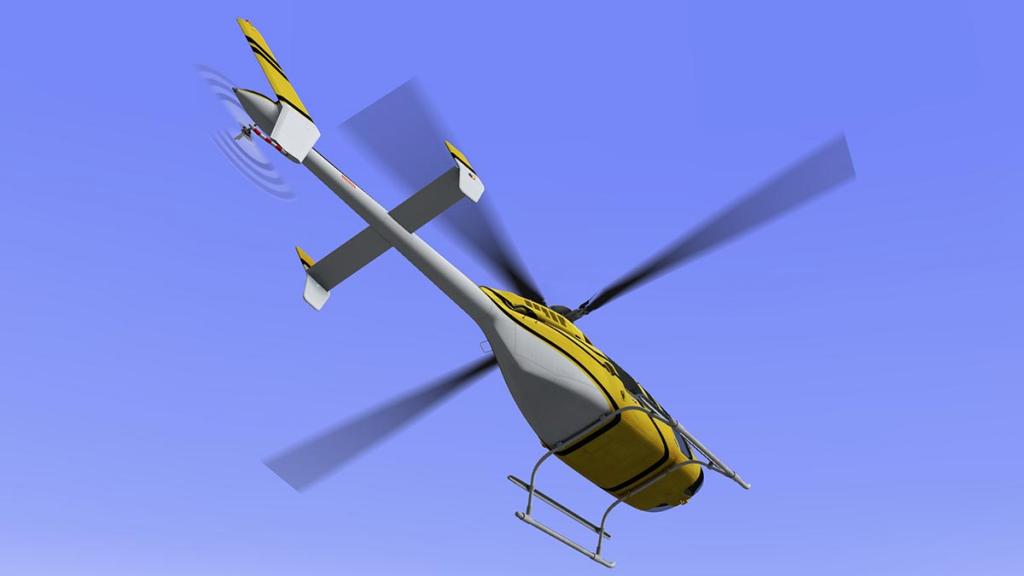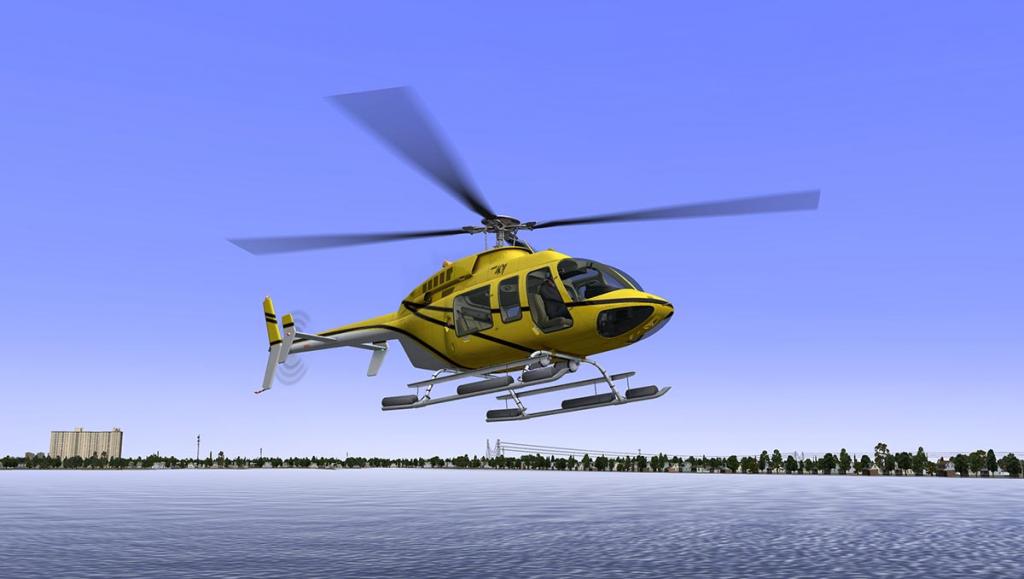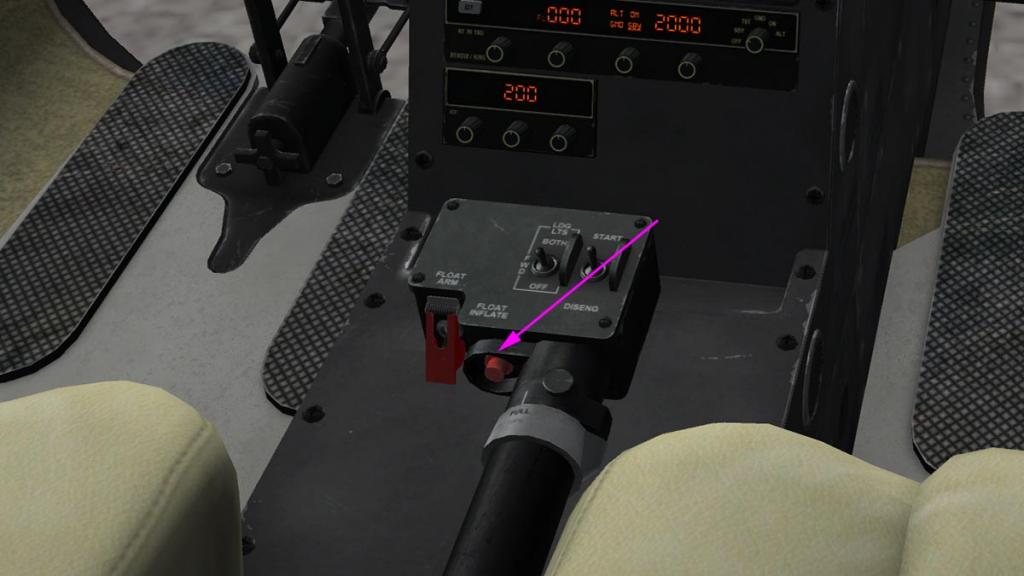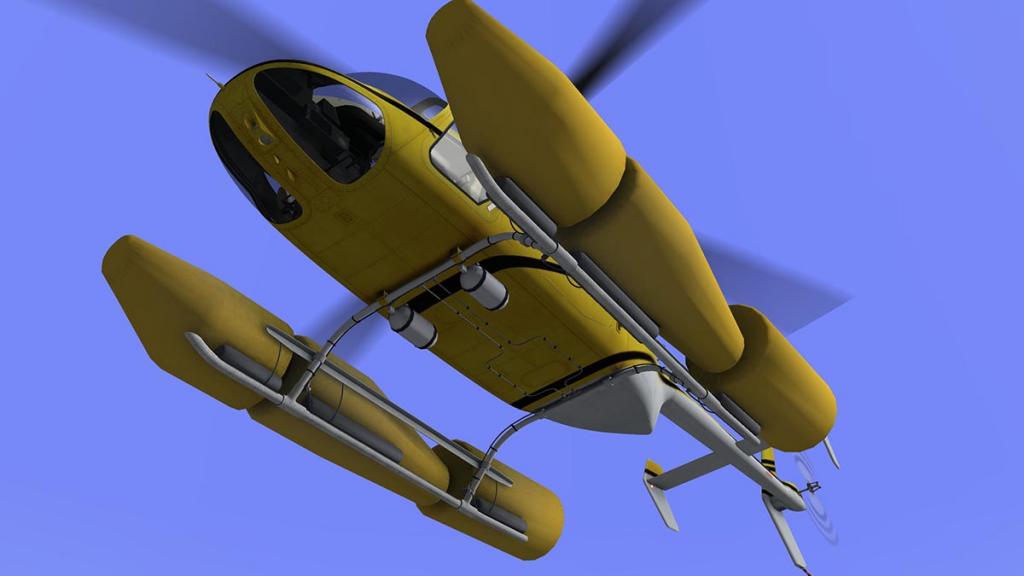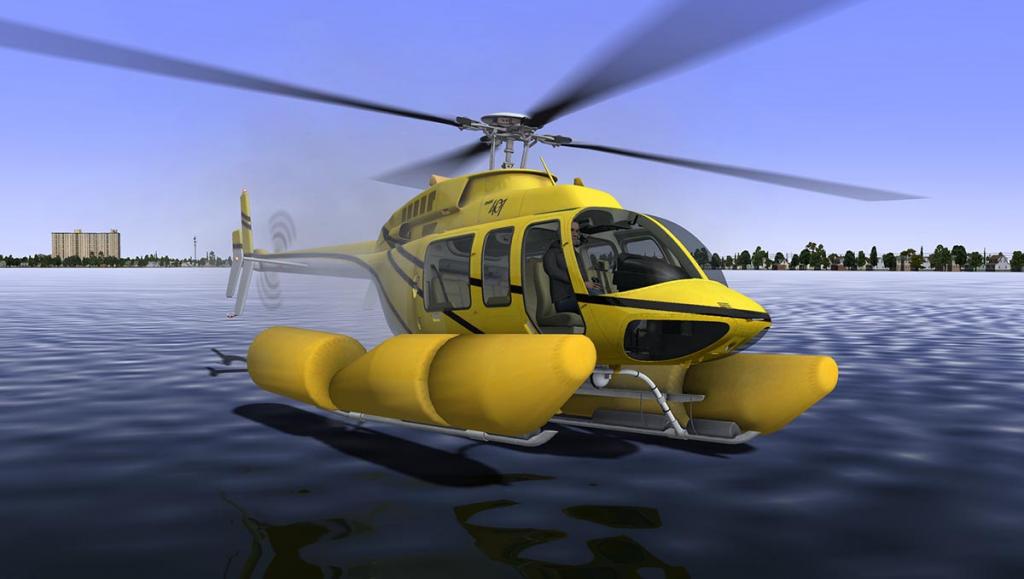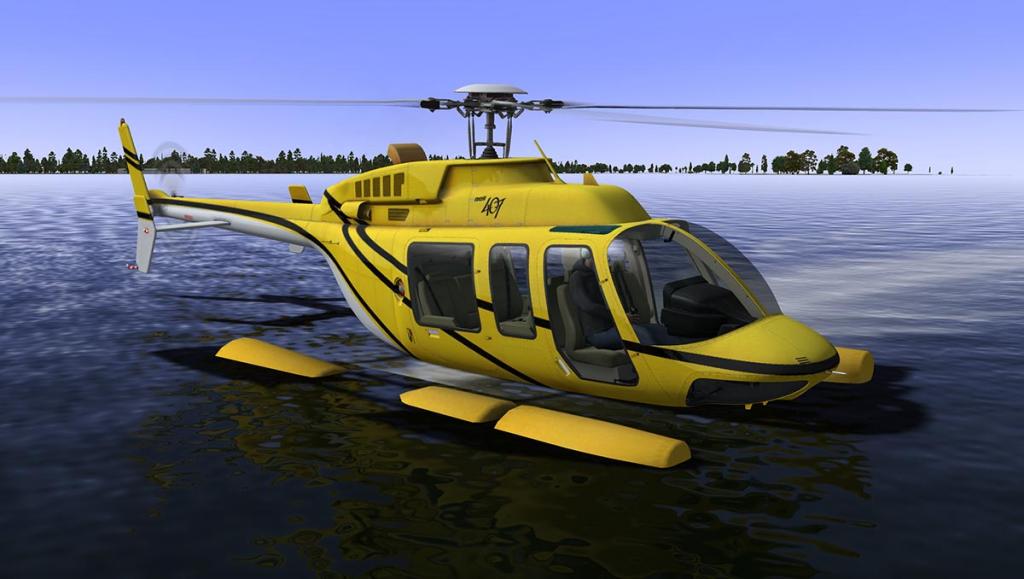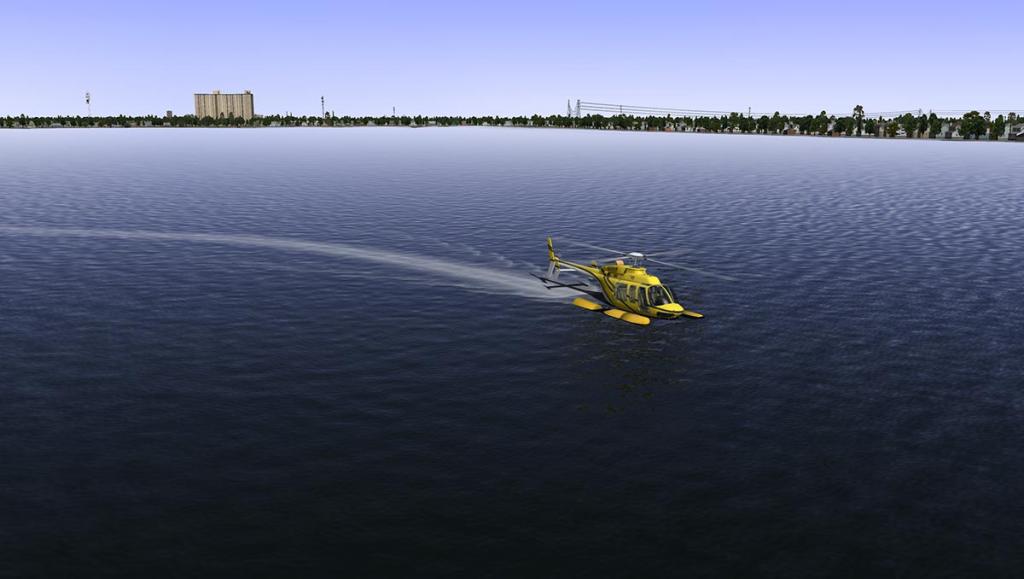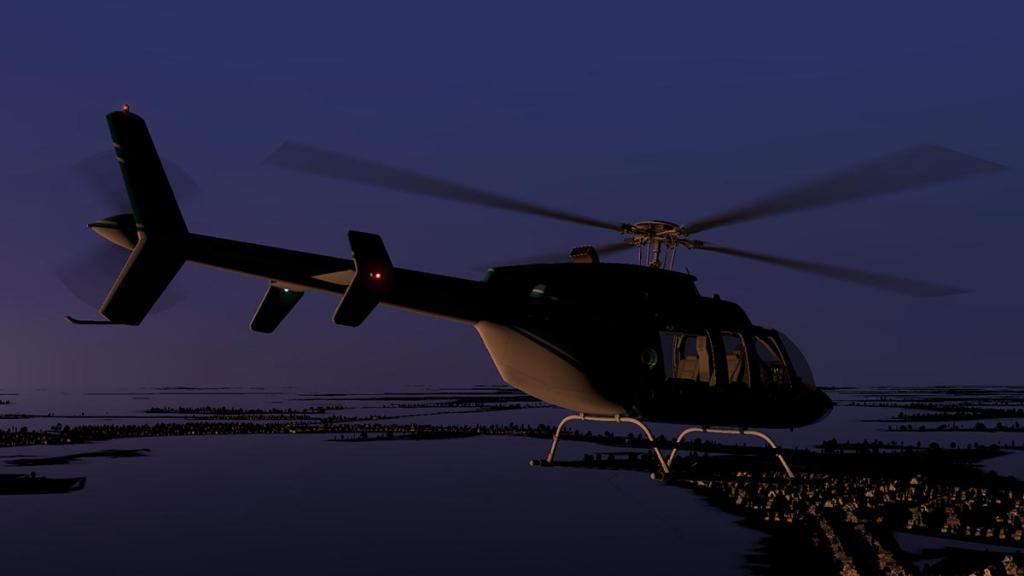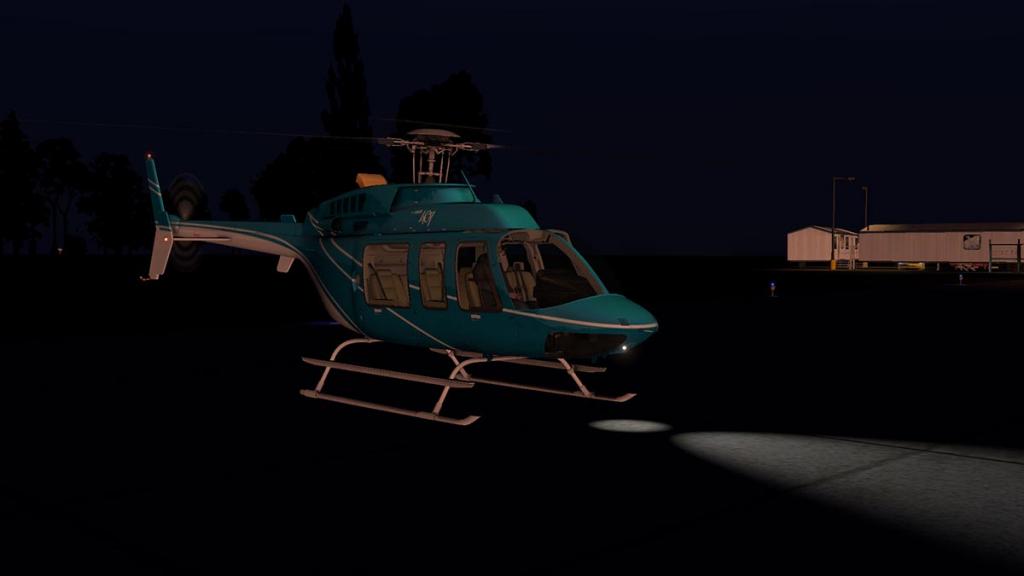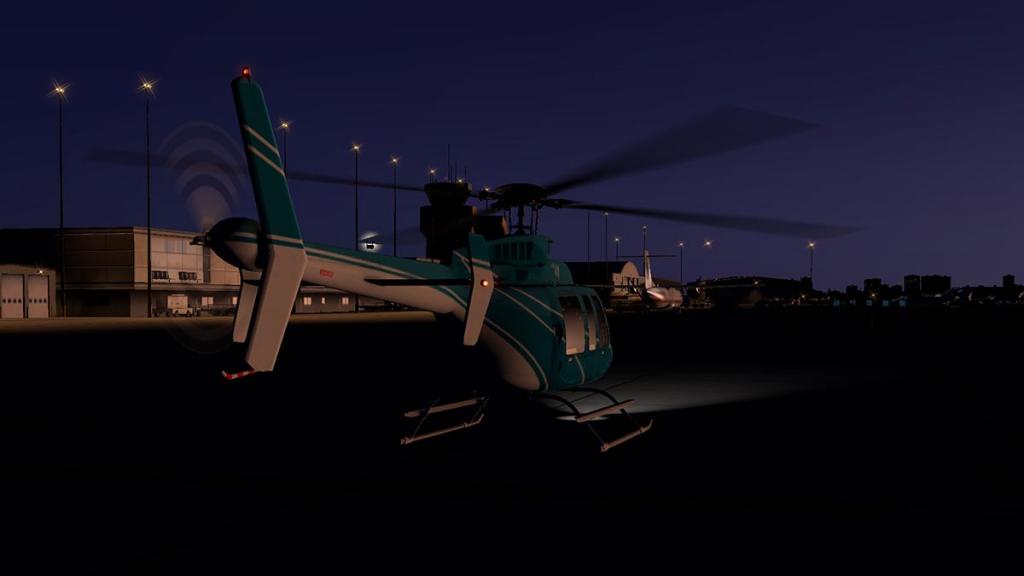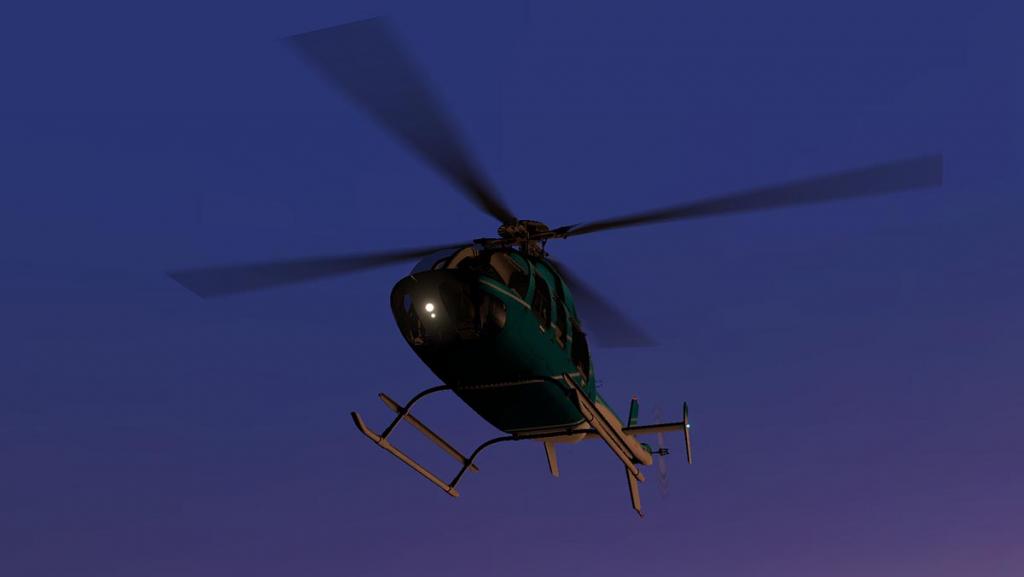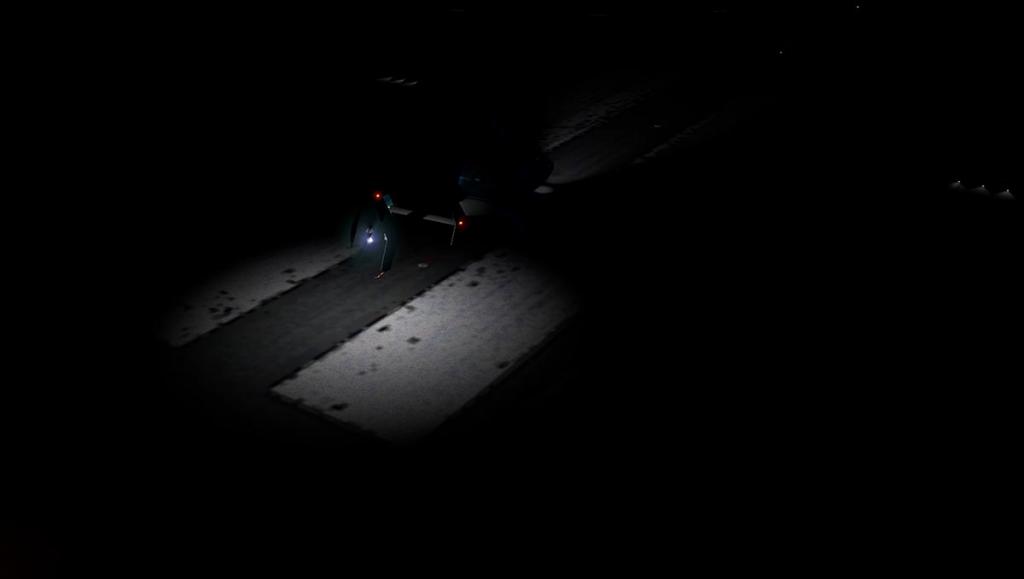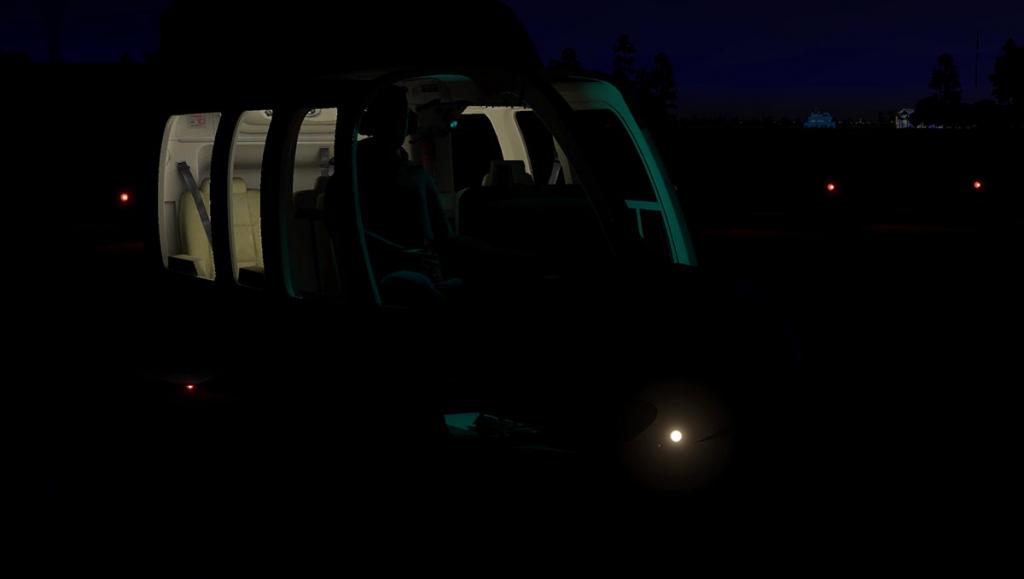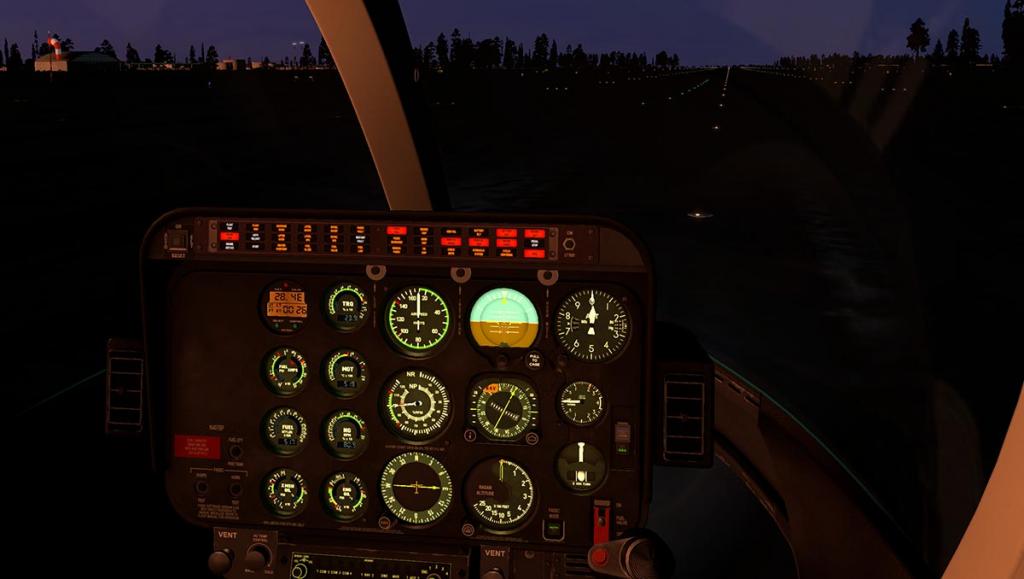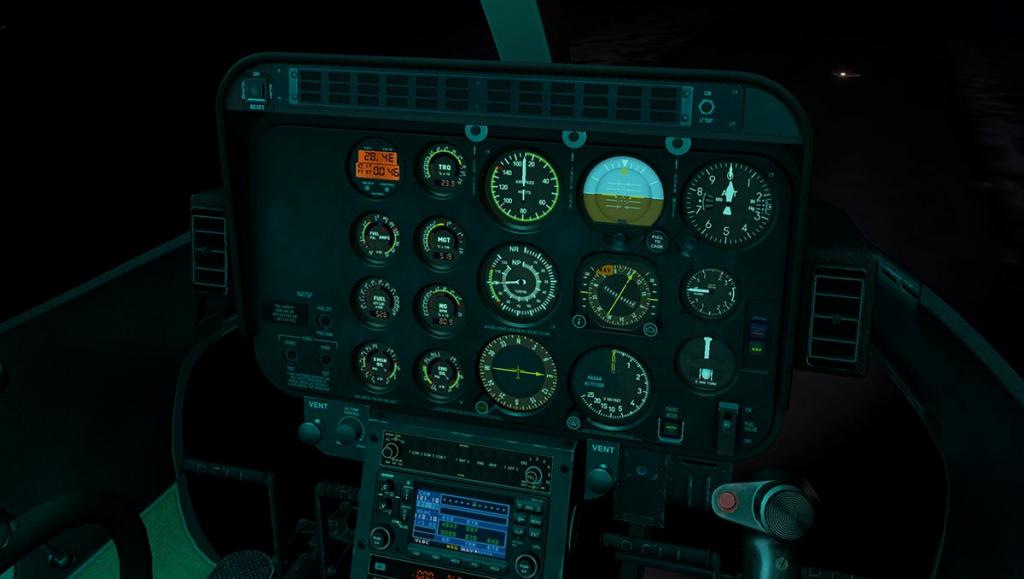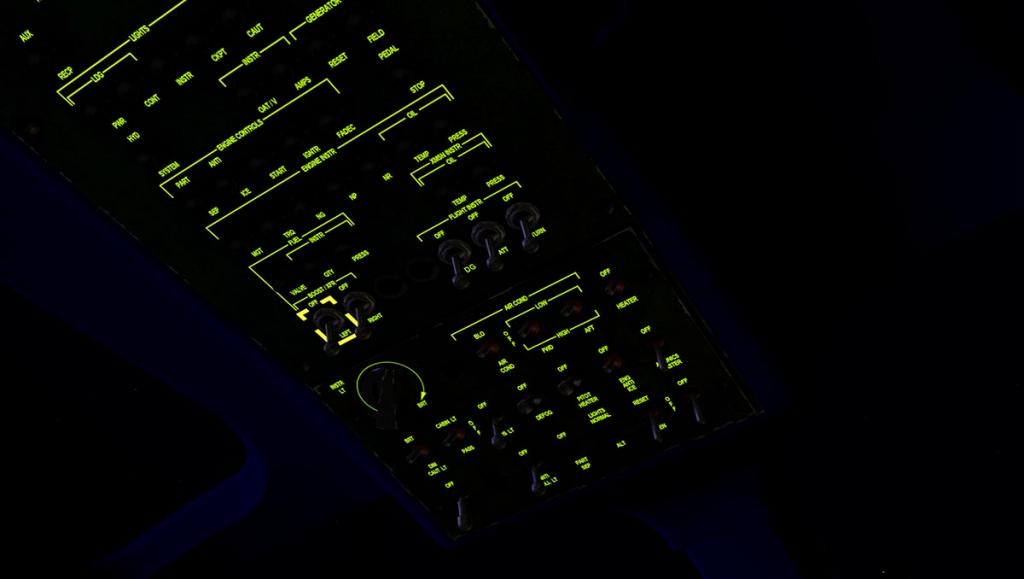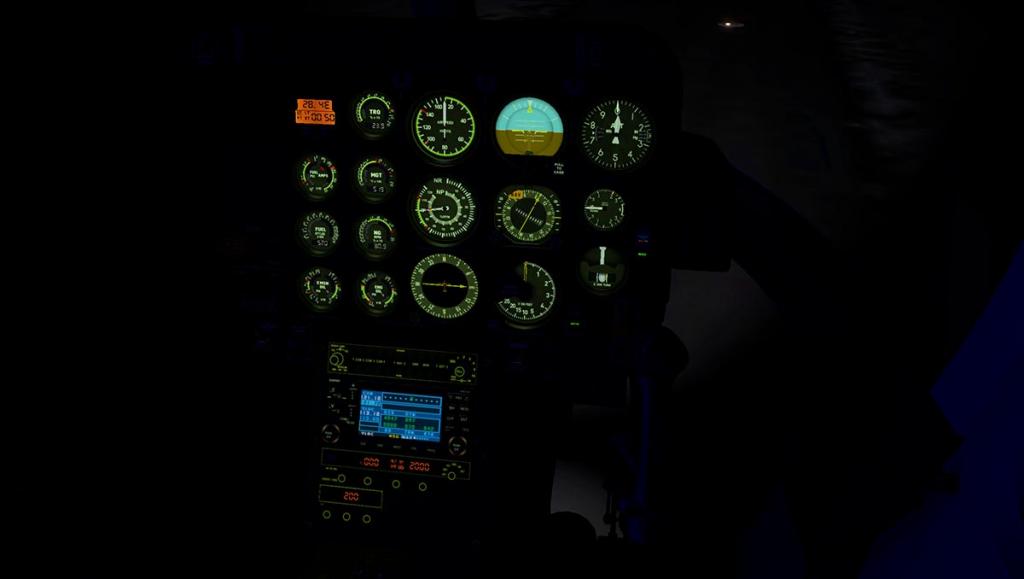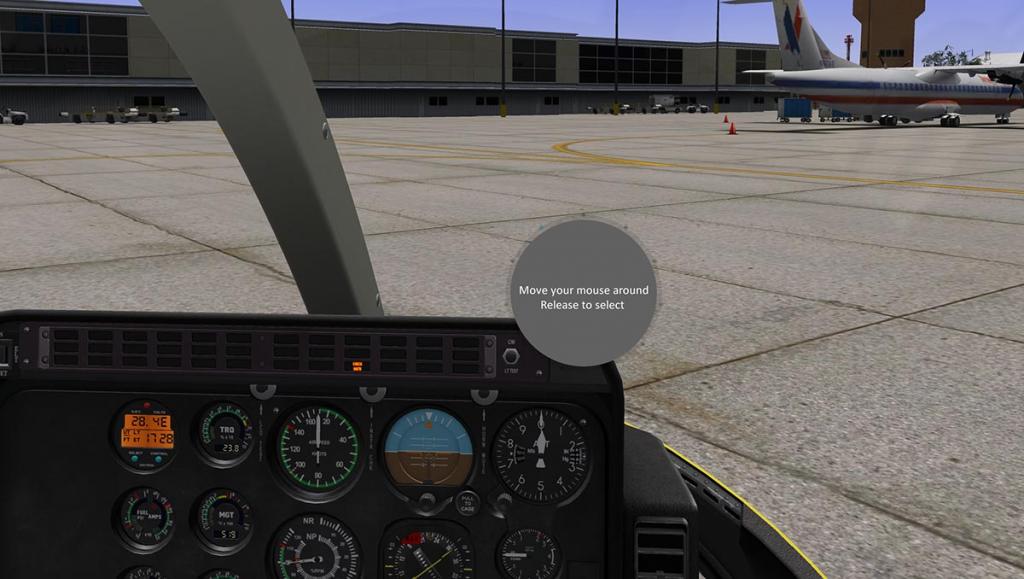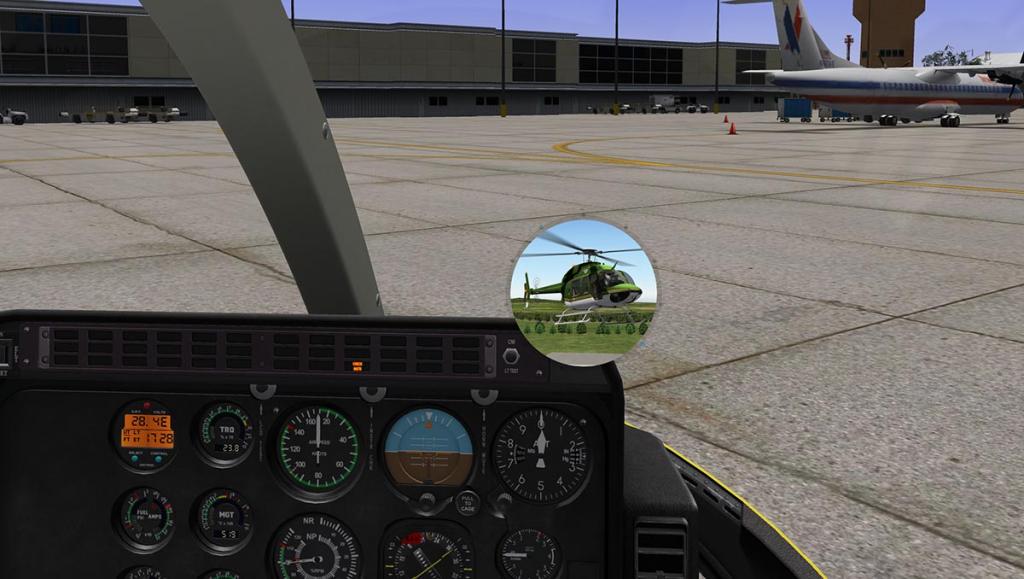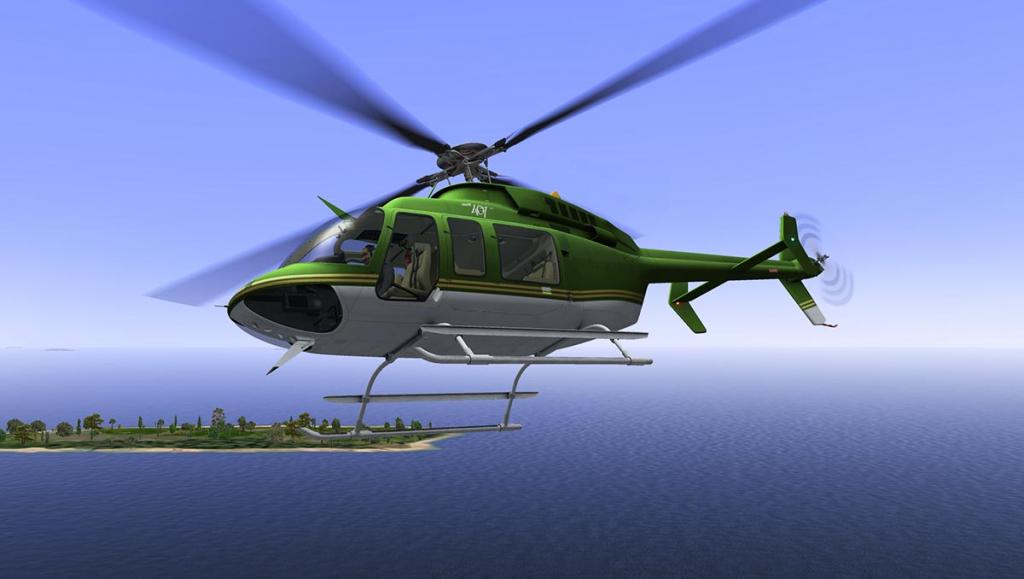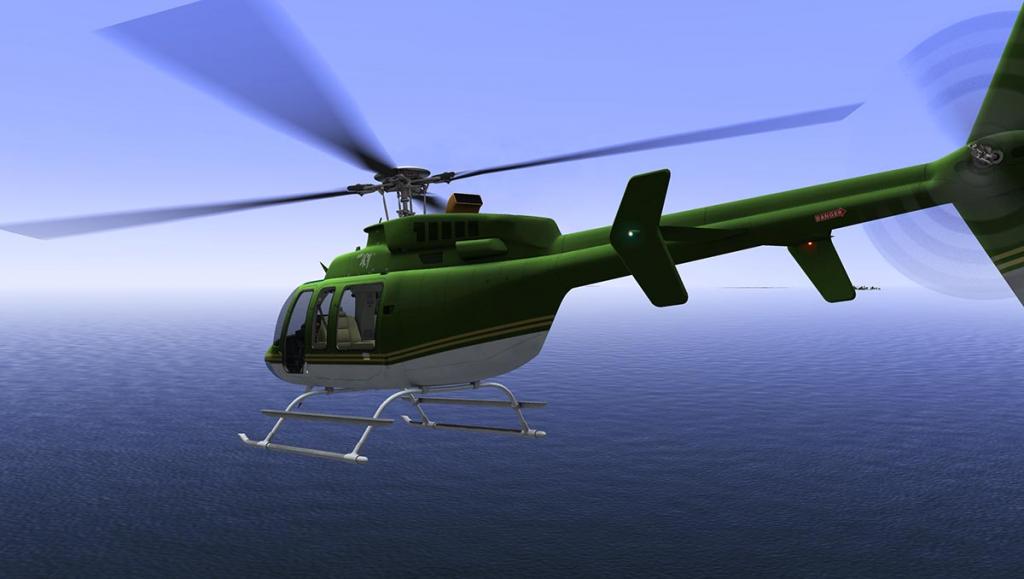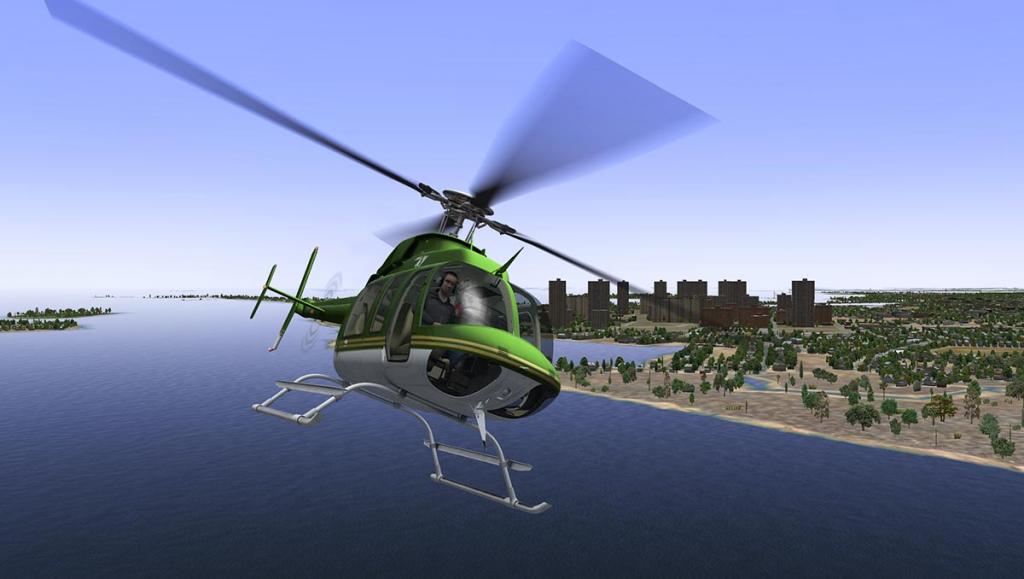Search the Community
Showing results for tags 'bell 407'.
-
Helicopter Review : Bell 407 XP11 (Pro) by Dreamfoil Creations It is always debatable on what is the best simulation in X-Plane in any category as there is never a clear absolute winner and so it is with helicopters as the field is by other standards small, is very and highly competitive. But without doubt and certainly with all the accolades it has received since it was released three years ago in 2014, then Dreamfoil Creation's amazing Bell 407 is certainly at the very top. With this release the aircraft has been updated to X-Plane11 and is known as the XP11 in the version name, so this is an update on the older version, but also a new release in the fact that is a lot of changes and new features. So that means a new version does require a repurchase for the X-Plane11 version at a 5c increase to US$35.00, but previous X-Plane10 owners can upgrade to this new XP11 version for only $15. The coupon code for the discount can be found in the original Bell 407 invoice at the X-Plane.Orgstore. First you will make the note that in the title above I noted (Pro). This is not an official title as I added it in myself. The reason behind that title is that Dreamfoil has taken away in this XP11 version the "rigid cruise" and "arcade mode" functions, or easy flight aids that helped entry and trainee or the just plain helpless helicopter wannabe pilots in the exchange of a new autopilot feature. This omission does now make the Bell 407 quite perfect in its flight dynamics, but the aircraft also does now require a lot more skill in doing so, the "Pro's" out there will revel in the aircraft, but unfortunately the lower classes will find it harder to fly without any crutches to help you fly around the delicate flight balance. The Dreamfoil Bell 407 was excellent before, but with its new X-Plane11 PBR shiny coat and lighting features, the 407 looks simply outstanding in any light. The PBR lighting highlights the bodywork more and the detailing, glass is also more highly reflective and looks superb on the 407. Internally the PBR really helps as well, making the interior even more plush and dynamic and now has interior normal maps for higher quality. Any developer that crafted high quality external and internal textures really benefit from X-Plane11 PBR features as Dreamfoil does here, the cabin environment was excellent before, but in XP11 the 407's cabin is now simply mindblowing. With this update you now have two versions as well, one with the original brown leather and now the new black leather on the "Black Goldy" and "Lighting Blue" liveries. Of course any smart user could adjust the other liveries to their interior choice in the object files. Realism in the cockpit in X-Plane11 is awe inspiring, even better in the air. All the great features on the original 407 are also all still here. GPU (Ground Power Unit), Fuel Tank and fuel loading, battery access, and four opening doors with baggage compartment, What is new is that the actions on opening up the doors, getting inside the aircraft and other external items have been refined so all the actions can be done externally and with not having to open the menu each time, the menu is available externally as well if you want it by pressing certain areas on the aircraft (a circle). The two door choices with the full (side) and standard glass has now a third option in a smaller frame window, the glass opens as well. Low skid, High skid, baskets, Cineflex camera, sling hook, floats, cable cutter, frahm damper are all still here. There is a great new feature in the aircraft ground moving electric cart. This movable cart is controlled via your joystick. Press the circle on the nose of the cart to raise the aircraft, then control the speed and direction via your joystick... ... and yes it is a huge amount of fun, better yet that it allows you to reposition the aircraft back to where you should have landed in the first place. The rotors have had attention as well. The original rotor design was excellent, but in operation the look of the moving blades has been refined for the main rotor and a complete overhaul of the rear rotor to make it look more authentic and make better the rotor blur/shadow effect. It is also to look better with weather addons, but I found that the xEnviro environmental engine looked the same blurry condition, however this is an xEnviro issue not a Dreamfoil issue as it is the same on all propeller aircraft. So the new moving blade animations do look really good in X-Plane11 when viewed in the default X-Plane simulator. They reflect far better on the aircraft in flight as well, and the shadow effects of the blades rotating from the cockpit perspective is simply excellent and real. Flying the XP11 Bell 407 As noted the flying characteristics have had a lot of refinement for XP11. You need far more skill now to fly the aircraft with finer movements for control manipulation, forces are now slightly different and more finer and even closer to reality (the 407 was good before). Takeoff is quite tricky to get right, and landings are a real test of skill unless you have a lot of experience on these machines, there is now Improved airfoil drag curve, and now helicopter will cruise at a more realistic speed. The NG has been recalibrated to match the correct rpm on various power settings and the MGT temperatures during start and flight should give you a more accurate reading. Fuel flow is more correct and the Frahm Damper now affects the flight model (you can have it on or off). Back on the ground the idle has been fixed and rotor shutdown won't keep on revolving for ever. A new feature is the HeliSAS/Autopilot system. Basically an autopilot for the helicopter to take away the pressure of holding the collective and stick for long periods. It is positioned below the main panel above the radio and is extremely easy to use, it is really just a set the aircraft and then set the HeliSAS to keep those settings. You can turn via changing the heading and the speed via the collective and there is also the VRT mode that works via using the knob to set your vertical speed on the V/S dial and ALT will hold your altitude. It takes a little getting used to, but it is very good. Dreamfoil created the DreamEngine so you expect the sound to be good, and it is and improved great volumetric cabin sound, more tail rotor loudness and the main rotor sound is audible on the tail cam. Speed slap now requires a bit of distance to be heard and is not as vocal as before and you can hear the air ventilation sound coming out of the back outlets. But the overall sound feels far better and very realistic (it needs to be with an autopilot) so the sound is impressive. The clever menu system is still there on the top-right of the instrument panel and the liveries are easy to select. There have been those two extra black interior liveries added to the collection, but otherwise it is same one blank and ten set as before. Summary The Bell 407 from Dreamfoil Creations was exceptional before, but the change to X-Plane11 has took the whole deal far higher again. In every area the aircraft is simply outstanding, flight, features, detailing, quality and I could bore you for hours with my feelings for this machine. Great new features including the HeliSAS/Autopilot, Electric Cart, new interior and so on are great attractions here, but mostly this is a qualified conversion to X-Plane11 than just the additions in the package. I do wonder though to drop the entry tools in the "rigid cruise" and "arcade mode" functions was a good idea. It does take the aircraft out of the bounds of trainees and helicopter learners, you have to be really quite proficient to fly this XP11 version, and even training and transitioning on the older XP10 version and then moving over to the XP11 version is still a large gap. I am not saying the time learning to fly this amazing machine is not worth it as because you are flying now the best of the best, but there is certainly a higher skill required to do so. X-Plane11 delivers and requires a whole new level of immersion in simulation. This is the first helicopter converted specifically for the new medium and it shows, and boy does it show. This is a great step forward from already a very high standard, all you can ask is how much higher can you go... this Bell 407 has to be as good as it gets. ______________________________________________________________________ Yes! the Bell 407 XP11 by Dreamfoil Creations is now available from the new X-Plane.Org Store here : Bell 407 XP11 Price is US$35.00 US$35.00, but previous X-Plane10 owners can upgrade to this new XP11 version for only $15. The coupon code for the discount can be found in the original Bell 407 invoice on your account at the X-Plane.Orgstore. More Bell 407 details can be found on the original 2014 X-PlaneReview Release Review here: Aircraft Review : Bell 407 by Dreamfoil Creations Requirements: X-Plane 11 (not compatible with X-Plane 10) Windows, MAC or Linux - 64 bit Operating System Joystick required for helicopter operations (No, you cannot fly it with a mouse!) 1GB VRAM Minimum - 2GB+ VRAM Recommended Current version: XP11 v1 - Last Updated April 27th 2017 Improvements over the X-Plane10 Version Features: - HeliSAS/Autopilot implemented - Deprecated "rigid cruise" and "arcade mode" functions - Added blade tie system so each blade can be tied to their positions by clicking and dragging their tips - New electrical cart for moving the helicopter on ground Graphics: - Added interior normal maps - Improved gauges bar display visibility - Removed _lit textures for 5 objects on interior - Two variants of seat and interior textures that take advantage of PBR - Cabin lights are now on their real place and using spill lights - Framerate improve with obj optimized by removing ghost animations - New 3D propeller for tail rotor - Fixed rotor blur/shadow issue with clouds - Improved pedal stop light logics - Fixed small fliped quad on left side of headphone - Fixed missing placards - Added instruments glass Sound: - New skin for DreamEngine config window to match XP11 ui - Added DreamEngine volumetric cabin - Improved tail rotor loudness - Main rotor sound might be audible on tail cam - Speed slap now requires a bit of distance to be heard - Added air ventilation sound to back outlets UI: - SmartLivery now uses X-Plane 11 thumb icons - Added mouse scroll to manipulators - Added ability to manually rotate the rotor from outside - Added GPU external manipulator - Added Garmin430 power button manipulator - Added engine inlet/outlet/pitot caps can be manipulated individualy from outside without need to go in menu for adding them - Moved external menu from nose tip to side of nose, this was necessary to add the pitot cap manipulator - Improved SmartMenu icons visibility and interaction radius - Improved battery compartment handling, it's not necessary to go on menu to open/close it anymore - Improved doors external interaction, now it's possible to choose between go inside or just open the door Flight Model: - Improved airfoil drag curve, now helicopter will cruise at a realistic speed - Fixed torque on ground with flight rpm, will display correct value now - Improved landing gear adaptation during plugin start to avoid helicopter "drop" at ground - Recalibrated NG to match the correct rpm on various power settings - Fixed MGT temperature during start and flight should give an more accurate reading - Improved fuel flow - Fixed wrong idle speed - Improved rotor slowdown during shutdown, will not keep spinning forever - Frahm Damper now affects the flight model - Enhanced lateral skid friction by plugin Others: - Clock now displays the Estimated Time from HSI - Added shutdown command for starter switch - SmartMenu commands can now be found on command list - Organized and renamed commands descriptions for better organization - Fixed the air conditioner switchs logics - Fixed starter not disengaging during shutdown Installation : Download file size is 347.90mb to your X-Plane - Helicopter Folder. Installed file size is 792.80mb. ______________________________________________________________________ Review by Stephen Dutton 29th April 2017 Copyright©2017: X-PlaneReviews (Disclaimer. All images and text in this review are the work and property of X-PlaneReviews, no sharing or copy of the content is allowed without consent from the author as per copyright conditions) Review System Specifications: Computer System: Windows - Intel Core i7 6700K CPU 4.00GHz / 64bit - 16 Gb single 1067 Mhz DDR4 2133 - GeForce GTX 980/SSE2 - Samsung Evo 512gb SSD Software: - Windows 10 - X-Plane 11r1 Addons: Saitek x56 Rhino Pro system Joystick and Throttle : Sound - Bose Soundlink Mini Plugins: None Scenery or Aircraft - KEYW Key West International by Fletcherj (KEYW Key West International Airport V1.0 ) - X-Plane.Org - free
-
Aircraft Review : Bell 407 by Dreamfoil Creations Routes : KEYW Key West, USA : Circuits The latest creation from Dreamfoil is their Bell 407. Dreamfoil Creations have got quite a track record in producing really brilliant helicopters and the Bell 407 is no exception. Their Jetranger Bell 206 B3 was excellent and the Eurocopter AS350 B3 was a level above in design and features, and here in the 407 you are flying with a master at work. It is not only the basic design and flying capabilities that are very good here by Dreamfoil Creations, but also the complete interaction with the simulator itself in the way the menu's and the sounds are a level above anything else... everything is so well put together to create a very good simulation experience. Bell 407 In 1993, Bell began the development of the "New Light Aircraft" project as a replacement for its very successful Model 206 series. The program resulted in the 407 a four-blade, single-engine, civil utility helicopter. It is a development of Bell's LongRanger. A 206L-3 which was modified to serve as the 407 demonstrator. The demonstrator used hardware for the 407 and added molded fairings to represent the 407's wider fuselage that was then under development. The demonstrator was first flown on April 21, 1994, and the 407 program was publicly announced at the Heli-Expo in Las Vegas, Nevada, in January 1995. The first 407 prototype (C-GFOS) accomplished its maiden flight on June 29, 1995, and the second prototype (C-FORS) followed on July 13, 1995. After a short development program, the first production 407 (C-FWQY/N407BT) flew on November 10, 1995. The Bell 407 features the four-blade main rotor developed for the United States Army's OH-58D Kiowa Warrior (Model 406). The blades and hub use composite construction without life limits, and provide better performance and a more comfortable ride. The 407's fuselage is 8 inches (18 cm) wider, increasing internal cabin space, and includes main cabin windows that are 35% larger. The more powerful Rolls-Royce/Allison 250-C47 turboshaft allows an increase in Maximum Takeoff Weight and improves performance at hotter temperatures and/or higher altitudes. The 407's airframe is generally similar to the LongRanger, but includes a carbon fiber composite tailboom. The helicopter has standard seating for two crew and five cabin seats. The 407 was certificated by Transport Canada on February 9, 1996, with the FAA following shortly after on February 23. Full production began in 1996 at Bell's Mirabel, Quebec, Canada plant and they produced 140 airframes in 1997, to fill the initial orders. In 1995, Bell tested a shrouded tail rotor on the 407, but did not proceed with that concept. And for a time Bell studied in developing the Model 407T as a twin-engine variant, but instead chose to develop the essentially all new twin PW206D powered Bell 427. Bell began deliveries of the 407 in 1996. The 1,000th 407 helicopter was delivered on June 15, 2010. Performance : Maximum speed: 140 knots (260 km/h) - Cruise speed: 133 knots (152 mp/h, 246 km/h) - Range: 324 nmi (372 mi, 598 km) - Service ceiling: 18,690 ft (5,698 m) The 407 does feel a full size larger than the JetRanger 206, It is larger of course but it is in the sense of the 206 felt quite venerable and small. The 407 is wider and that makes it more of a complete machine. Design work by Dreamfoil Creations is simply excellent. The aircraft is so well crafted you can't really call this a model, but a replica of the real aircraft. This shows the quality of design we now have today in simulation. As you have to get really close now to see the edge of the 3d modelling, and the glass with reflections is perfect. Dreamfoil noted that the textures were very big sizes and you would need to be careful with your texture resolution? But I didn't find that an issue at all... I could easily have the texture res set at "Too Much" and still have 35fr-60fr running and that gave me tons of headspace. In fact I could even run with the HDR on, and that is an unusual rarity for me. So the frame-rate is very good, but only on "extreme" do the liveries come really sharp, in any other setting they are very slightly stepped. But that is fine in most cases, as the good frame-rate is so good not to waste. Rotor Detail The main rotor linkages and plates are simply superb, full movement and complete axis movement throughout the changing of the position of the cyclic. You can specify if you want the Framn Damper on or off (Above) As noted the head design is similar to the one on the OH-58D. I will note that when I first flew the 407, my Saitek X52 did not connect with the main pitch and roll axis of the main rotor (yaw with the tailrotor was fine?), but a reset of the joystick fixed the issue (but not before cartwheeling me into the scenery!) The four Blades are Textron composite structures. On the real 407 you can now have an aftermarket blade-folding kit that pulls two blades forward and two blades to the rear. The tailrotor design is very simple at first glance, but look again again as the detailing is first rate. Exterior The fuselage is very complete, with perfect sunken riveting and you can ideally see the separate panels that go into making up the aircraft. Engine inlets and grills are well executed and dirtied down, but there is not much soot on the high positioned exhaust. The boom tail and rear tailplanes are well completed. All four doors open from the inside latches, Two standard on the right and a huge double connected full rear cabin swing door on the left. When open it makes it hard for the Co-Pliot to use his door. You can choose if you want a full plate glass (long) version or the standard windows. I really like the full glass version, it makes working the hover far easier. You can open a rear storage compartment and a strange animation simulation of opening that large left-rear door and slipping into the rear left seat of the 407. These can both be accessed from the outside, but the minute triangles can be hard to use or even find. Internally you have 4 + 1 plush seats leather club seating arrangement in the rear and two leather seats up front for the pilot and Co-Pilot or front seat passenger. the interior is kitted out with full luxury detailing and wood grain door jams. But you only have one version, there is no medical or five seater arrangements. Menus The menus (SmartMenus) are quite comprehensive and a really great and quick system to accessing the details of the aircraft. The menus are accessed by pressing on the right-top of the main instrument panel. This brings up a circular dial of choices. Noted is the version of the aircraft and Dreamfoil's website. The menus consist of - SmartLivery - Quick Views - Volume - FOV - Customize - Stability and report. We will jump straight to "Customize" here to finish off the exterior items. In reality this is a two-step menu. The first click gives you - And external GPU (Ground Power Unit) - Garmin 430 - Tie-Down/Caps - Rotor Shadows and the External Menu (we will come back to the Garmin 430 setting in a minute) The"External Menu" opens out to a smorgasbord of choices. Here you can add or take away items to your hearts delight, top of the list is... A very nice bright red - GPU (Ground Power Unit). Which must be connected to start the Bell 407. Then you have the choice of "high" or "low" skid? The optional Float version has to be the "High" version, when the "float" option is selected from the EXT Menu. The "High" version is also required to use the "Left" or "Right" optional baskets. Other options include - the earlier noted items of - Framn Damper - Glass Doors. with - Door V/Windows -Wire cutters - and very nice set of rotor Tie Downs, Caps and Tags - Rotor Shadows - And Battery Compartment. Here you can open the front battery compartment and disconnect the power supply, to stop any battery drain. The Battery compartment can be accessed from the outside like the luggage door (still hard to find) and the whole EXT Menu can be used outside the aircraft. Also notable is how you refuel the aircraft... Touch the Fuel Inlet Cap and a fuel inlet will display the refueling pie menu and a fuel tank. Adjust the pie to gauge how much fuel you want to install the helicopter, click to finish. Cockpit Cockpit design is simply first-rate, overwhelmingly well done. The main bulky towering instrument panel is very well completed and everything is switchable and usable. On top are the banks of warning lights and test switches. A set of CAUTION/WARNING LT- LCD test and Horn Mute buttons (Thank God) Then you can pretty well divide the instruments and gauges to aircraft systems to the left and flying istruments to the right. Left includes - CLOCK/VOLTIMETER - TORQUE INDICATOR - FUEL PSI / AMPS - MGT (MEASURED GAS TEMPERATURE) - FUEL QTY - (Engine) NG - XMSN OIL PSI / TEMP - ENG OIL PSI / TEMP Right includes AIRSPEED INDICATOR - ATTITUDE INDICATOR - NP/NR RPM INDICATOR - HSI (HORIZONTAL SITUATION INDICATOR) - CLIMB (VERTICAL SPEED INDICATOR) - ADF/VOR - RADAR ALTIMETER - TURN/BANK - FADEC MODE (AUTO/MANUAL) - FUEL VALVE and PEDAL STOP and HSI MODE (GPS OR NAV). On the overhead panel are the standard power and lighting switches, a great turn-dial for all the instrument and overhead panel lighting. The Rotor Brake is recommended for use under 40% of NR, but I usually go down to 25% of NR to be safe. For once the "Circuit Breakers" are not there for show... They actually work! They cover - NAV/COMM LIGHTS - INSTR - GENERATOR - ENGINE CONTROLS - ENGINE INSTR - FUEL - XMSN INSTR. You have a choice on the lower panel in the selection radios via the menu panel. Either the Garmin GNS430 or the standard default radios. All radio COMM/NDB/TRANSPONDER sets are pretty basic. It will be very useful if Dreamfoil Creations installed the new GNS340 coming in X-Plane v10.40 This version would give you at least some navigation tools with VOR2 that is not available here. The collective has working switches that arm and activate the floats, start switch and a rolling power ring that can change your engine settings from FULL to IDLE and OFF. To get OFF you have to press the button above the ring to click it off. You can start the 407 by either MAN (Manual) or full AUTO (FADEC) engine start. Starting can be slightly annoying in that if you miss the 60sec timer you have to wait and start again, then there is no Checklist and so you don't know if you have got every switch or procedure correctly. Those lovely hanging headphones are a treat as well. When hung you get the full sound of the start, running and shutdown of the aircraft, click them and they mute the cockpit sounds... brilliant. All round the cockpit is a pretty amazing place to be, very functional as even the vents (move) and side windows can be opened and closed. All the beautiful rudder and cyclic controls are also well created and are perfectly realised. Other Menu Items Quickviews... 9 preset views inside and out of the machine... my favorite is the dash cam! VOL (Volume) and POV (Point of View) Set the aircraft's volume % and find the best POV % in the pilots seat. Stablility You can adjust your - ROLL - YAW - PITCH to your liking in %. ARCADE mode centre's the cyclic to the dead centre and makes the aircraft easier to fly for novices, personally I found I didn't need this function, the aircraft is quite stable to fly even with it switched off... but if you need the extra guiding hand. RIGID CRUISE is a new feature to help you hold the aircraft in position over a long flight, but be careful because if you switch it on and the aircraft is slightly going down or up it will keep going in the same direction, but a great saving grace over a distance. Report The "Report" menu item is an engineering logbook of your flying. You can reset all the parameters except your crashes!... Yes you have to face those. All reports are kept with a selected livery. You can also reset the "Floats" here as well, if not they keep inflating every time you select floats or start up. Smartlivery I have left the "SmartLivery" menu to last. In selecting it will give you a choice of each one of your liveries. You can spin around the dial and select which one you want to use. There are eleven liveries including the default Blue and a paint White. There are no branded livieries or noted registrations on the tail-boom. The Bell 407 is a very comprehensive aircraft. The menus are very versatile but also very easy to use and that gives you easy access to the aircraft. Flying the Bell 407 A quick first flight is to show how the floats operate. It becomes very quickly apparent on how easy the aircraft is to fly. No fighting the controls or any severe thrust from the tail yaw. You can control the 407 very easily in all directions. The transition to forward flight is seemless and you don't have to overwork the controls, I did find you could roll in sharp kinks left or right if you didn't get your side movements very smooth, settle down and get the right smooth slight turns and the aircraft comes alive. Under your thumb on the cyclic you have a small menu that allows you to adjust the Cyclic Friction and the Trim (centre). I however recommend to set up a keyboard setup for the trim, Dreamfoil Creations notes on how to do this in the manual. The instruments are very good just slightly below your eye line to the left, although the single altitude pointer on the ATTITUDE INDICATOR needs to be carefully monitored. There is also an "Airspeed Actuated Pedal Stop" (AAPS) which acts to automatically restrict pedal input during cruise flight, while allowing maximum pedal authority for low airspeed and hovering flight. The Airspeed Actuated Pedal Stop will restrict left pedal range of travel by -25% when airspeed is greater than 55 KIAS and will restore full pedal authority when airspeed falls below 50 KIAS and prevents the tail rotor to achieve maximum flapping condition where it would enter in contact with vertical stabilizer causing a catastrophic failure of tail rotor and the vertical stabilizer. A few passes gave me the best point to test out the flotation device on the aircraft, and now or when required and make sure the floats are armed then press the "red" button on the collective. Instantly the floats will inflate. Holding the hover was a very easy and a very light touch saw the aircraft floating quite happily, You can easily navigate by using the yaw of the tail trust to turn the aircraft in the direction you want to go. But flying there is far easier. Returning to KEYW, the aircraft was quick and covered the ground very fast at a top speed of 140knts, coming back into auto-rotation it was very easy to transition from a little side-slip into the hover and then easily maneuver the aircraft to the right parking position and land with no great dramatic shifts that can catch you unaware with the extra power going to the yaw on the tail-rotor. the aircraft is very easily controlled in the yaw and is steady in the hover... The 407 makes it all quite too easy. Night-Lighting The 407 doesn't have any extensive lighting on the aircraft. Two lights in the nose (switch is on the collective) and the standard Navigation lights and one Anti-Collision light high up on the tail. There is a very effective strobe right on the tail boom that works extremely well in the HDR mode. There are two lighting items inside the aircraft. One for the real cabin (One switch - all lights and no spot) and a blue spot light set up behind the pilots that casts a blue gaze over the instrument panel. It is awkward to turn on or off as well. All the panel lighting is very good (with the large selection of warning lights) and so is the overhead panel in an adjustable green tinge. So the 407 a soothing place to fly at night. As noted I found I could easily run the HDR with full lighting on with this aircraft. That is very rare with my system so I am very impressed. There are however no optional lights or searchlights attached to the aircraft. Summary X-Plane as a simulator does not have a big collection of helicopters in the payware sphere. However the ones the simulator does have are extremely good and very detailed. Almost any choice from the BKK-117, Virtavia/Dawson Design Sea King, Jetranger Bell 206 B3, Eurocopter AS350 B3 and the excellent S-92 by DMO Flight Design are all worthy of your investment. And the Bell 407 by Dreamfoil Creations is certainly a worthy investment to join them up there at the top of the best of the best. The initial feeling is that the aircraft is so completely and masterly complete. nothing has been left to chance and everything is perfect in the design and has a large feature list (note: a checklist is now included in the release version). Every area is covered, sounds are first rate as Dreamfoil created the famous sound DreamEngine (note: to Window users as the DreamEngine requires Open-AL drivers to be installed on your computer for use) for 3d surround sound. and visually it is excellent. Excellent frame-rate even with HDR on or off is also easily achievable (very rare for me). And if you want to be picky then there is only really one variant, with no medical or different role playing versions. And the liveries have no branded versions. But you do have very good feature sets and the aircraft is very good to fly, if a little too easy for the absolute purists. And you don't really need any Arcade-mode hand holding here to fly it either, if you are new to vertical flight. Yes the basic's of vertical flight would still need to be learnt and you will need plenty practise, but you should master the 407 after only a short point of time. It is that well conceived... For the rest of us we can just get on and enjoy this fantastic aircraft and revel in the masters hands... It is that good. ______________________________________________________________________ Yes! the Bell 407 is now available from the X-Plane.Org Store here : Bell 407 Price is US$34.95 Technical Requirements: Windows, MAC or Linux - X-Plane 10.20 or higher - 32 and 64 bit compatible. Joystick required 512Mb VRAM - 1GB VRAM Recommended Current version: 1.0 Last updated: April 25th 2014 Support Thread : Bell 407 Installation: Download is a hefty 584.10meg to an expanded 642.80meg that is positioned in your X-Plane "helicopter" aircraft folder. Windows users require sound engine Open-AL drivers. Documentation: Manual is 24 pages and the FAQ is 2 Pages ______________________________________________________________________ Review by Stephen Dutton 25th April 2014 Copyright © 2014 : X-Plane Reviews Review System Specifications: Computer System: - 2.66 Ghz Intel Core i5 iMac 27” - 6 Gb 1067 Mhz DDR3 - ATI Radeon HD 4850 512mb Software: - Mac OS Mavericks 10.9.2 - X-Plane 10 Global ver 10.22 (final) Addons - Saitek x52 Pro system Joystick and Throttle Scenery - KEYW Key West International by Fletcherj - free (KEYW Key West International Airport V1.0 )


